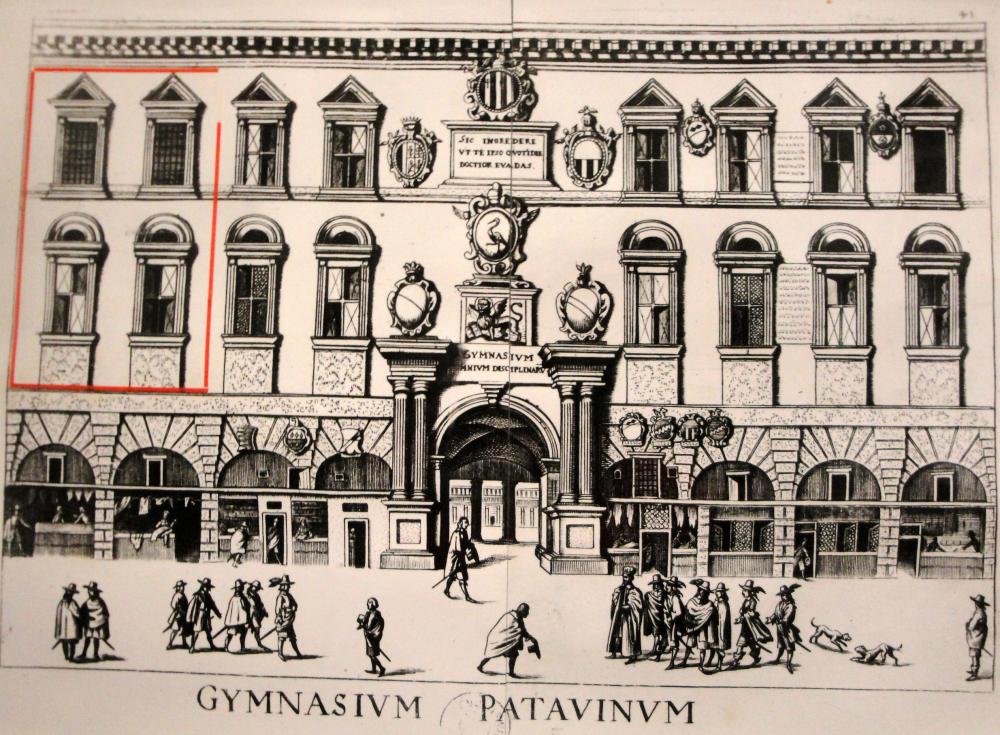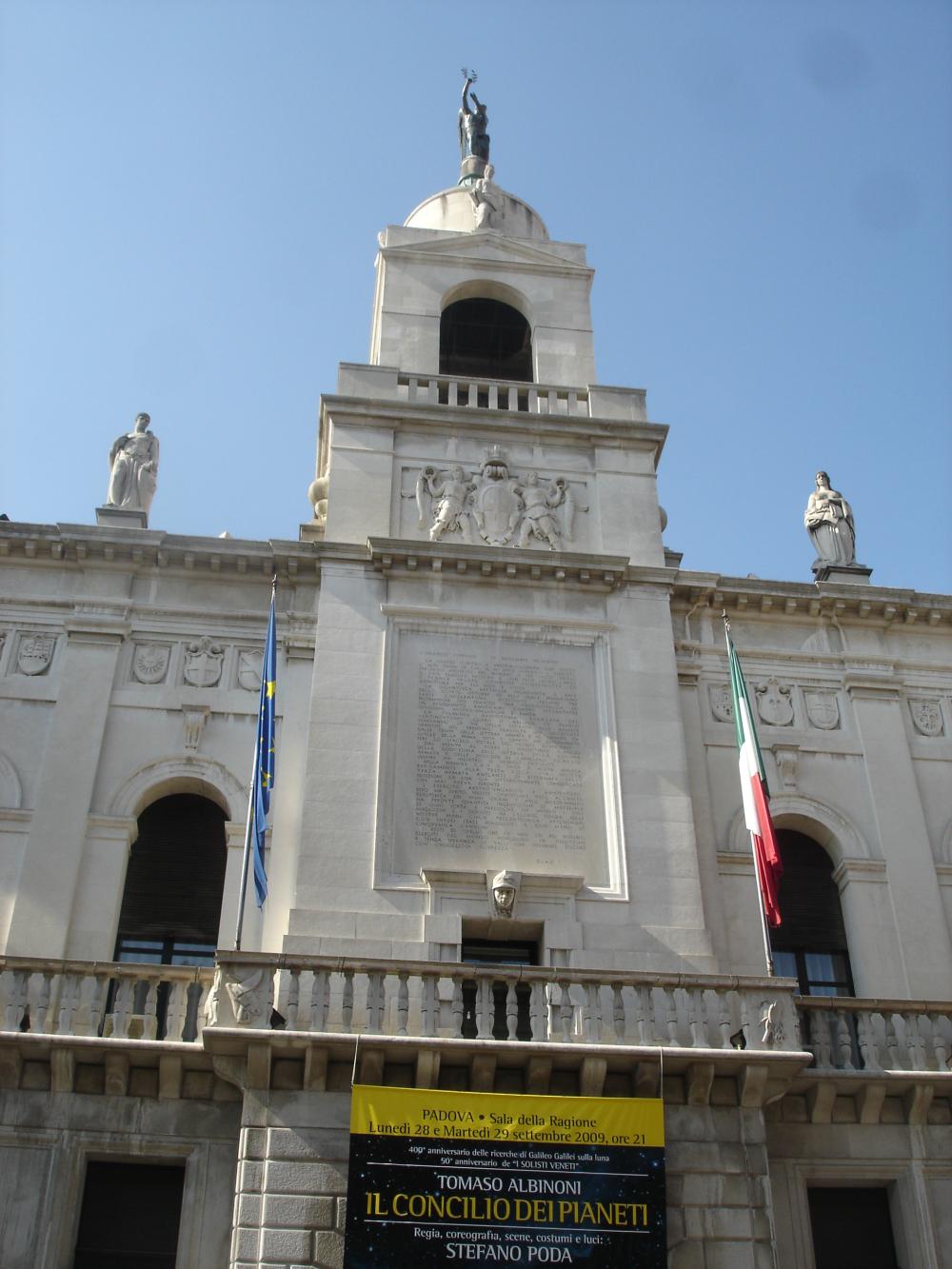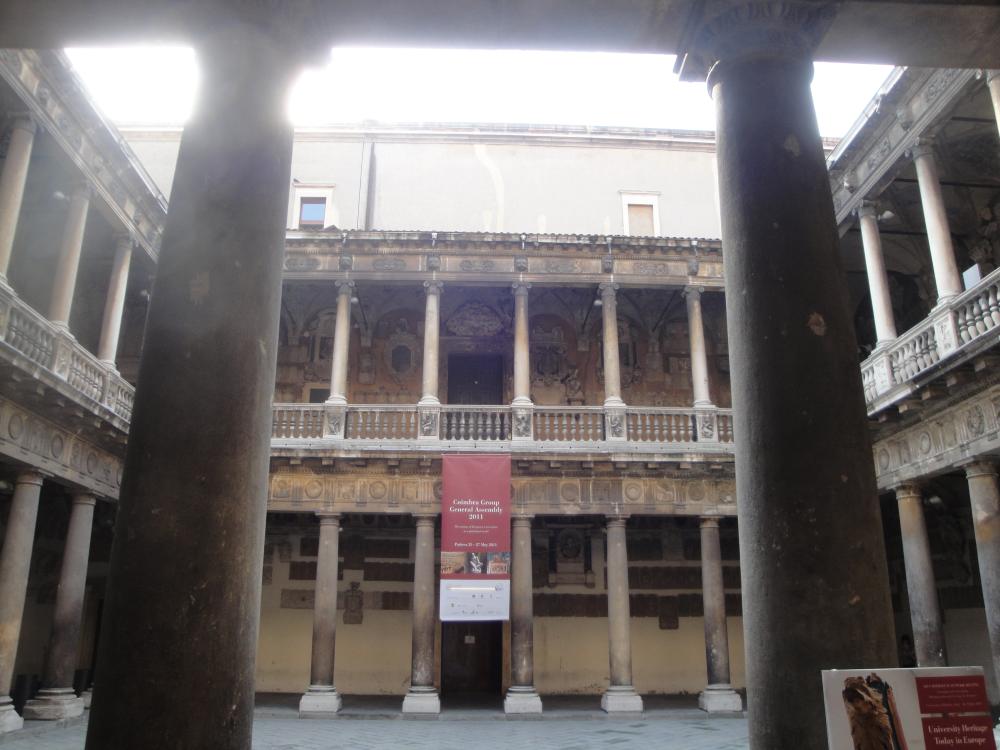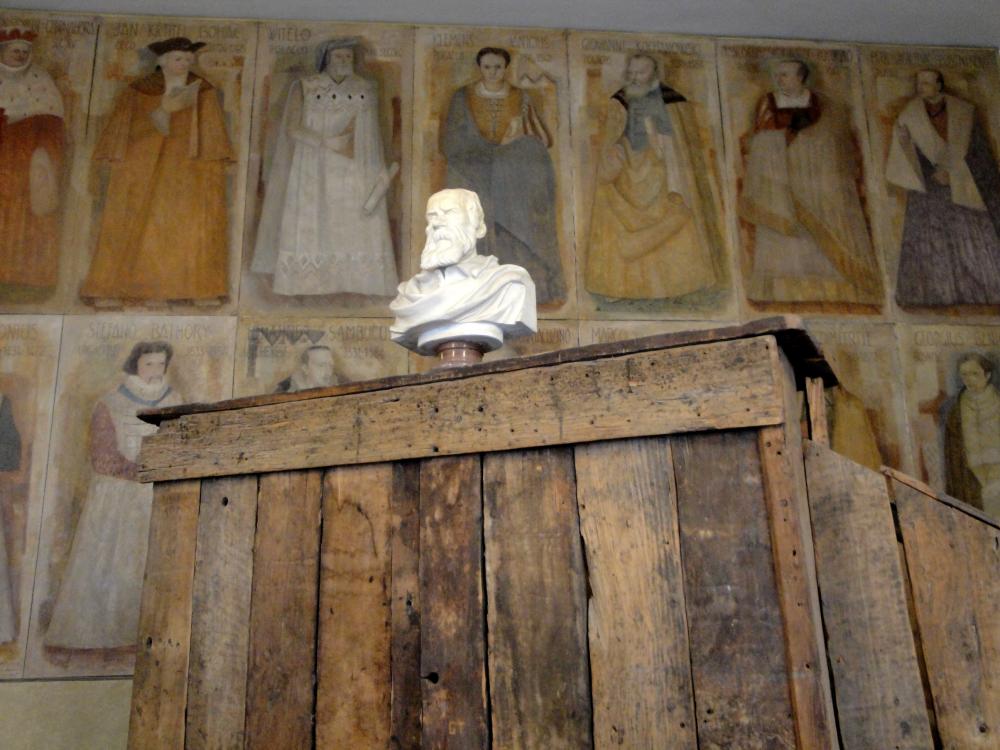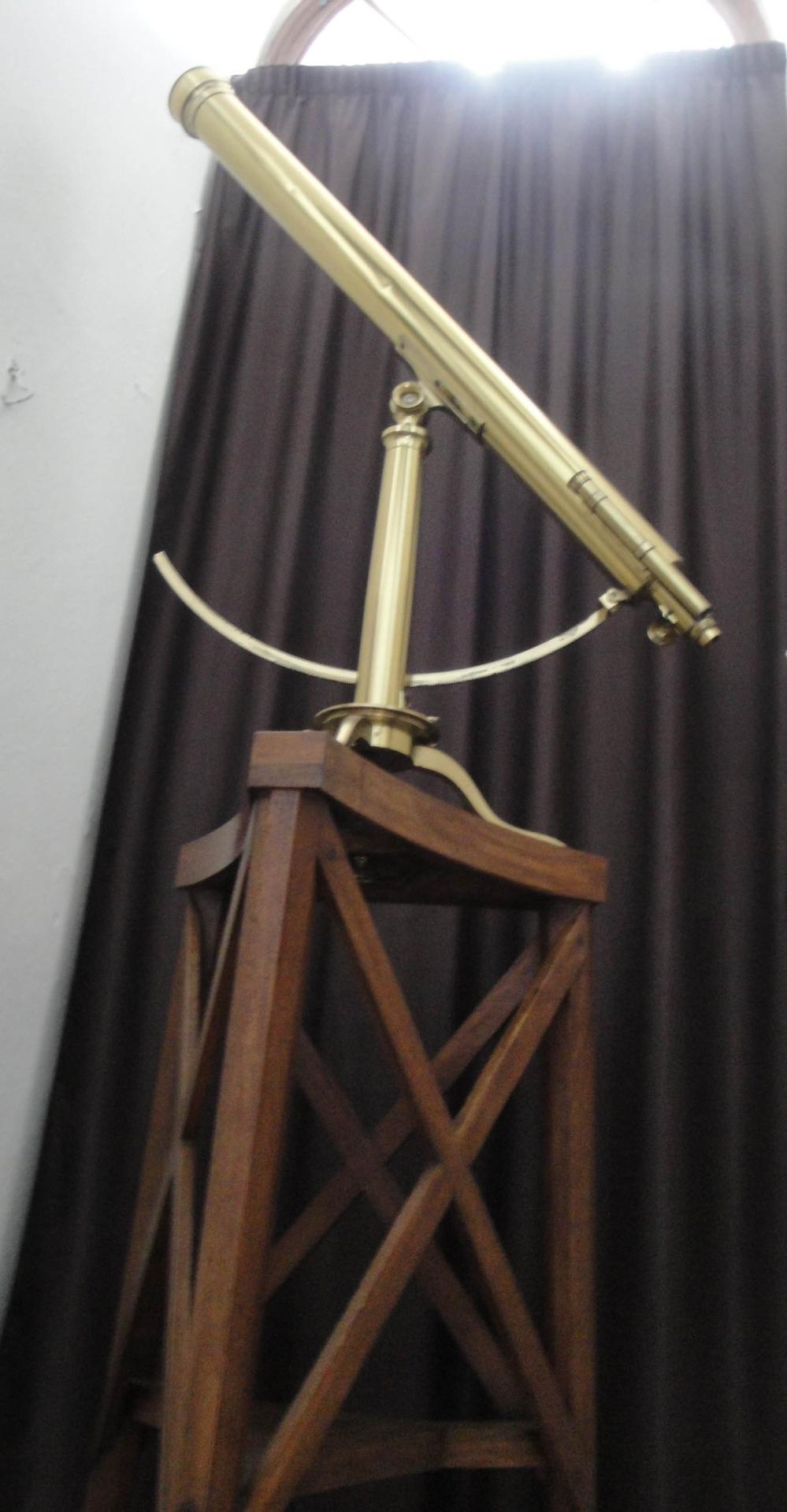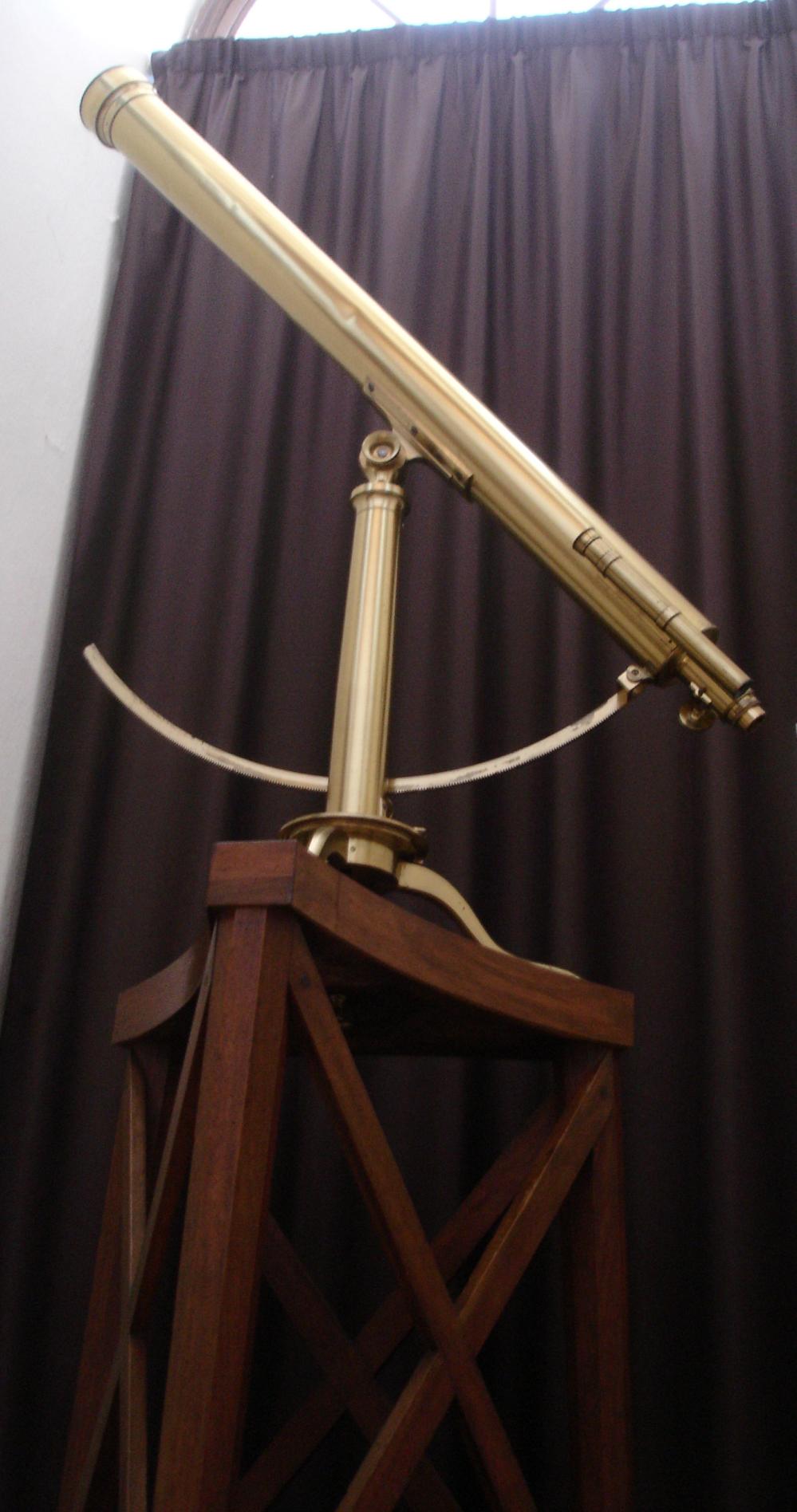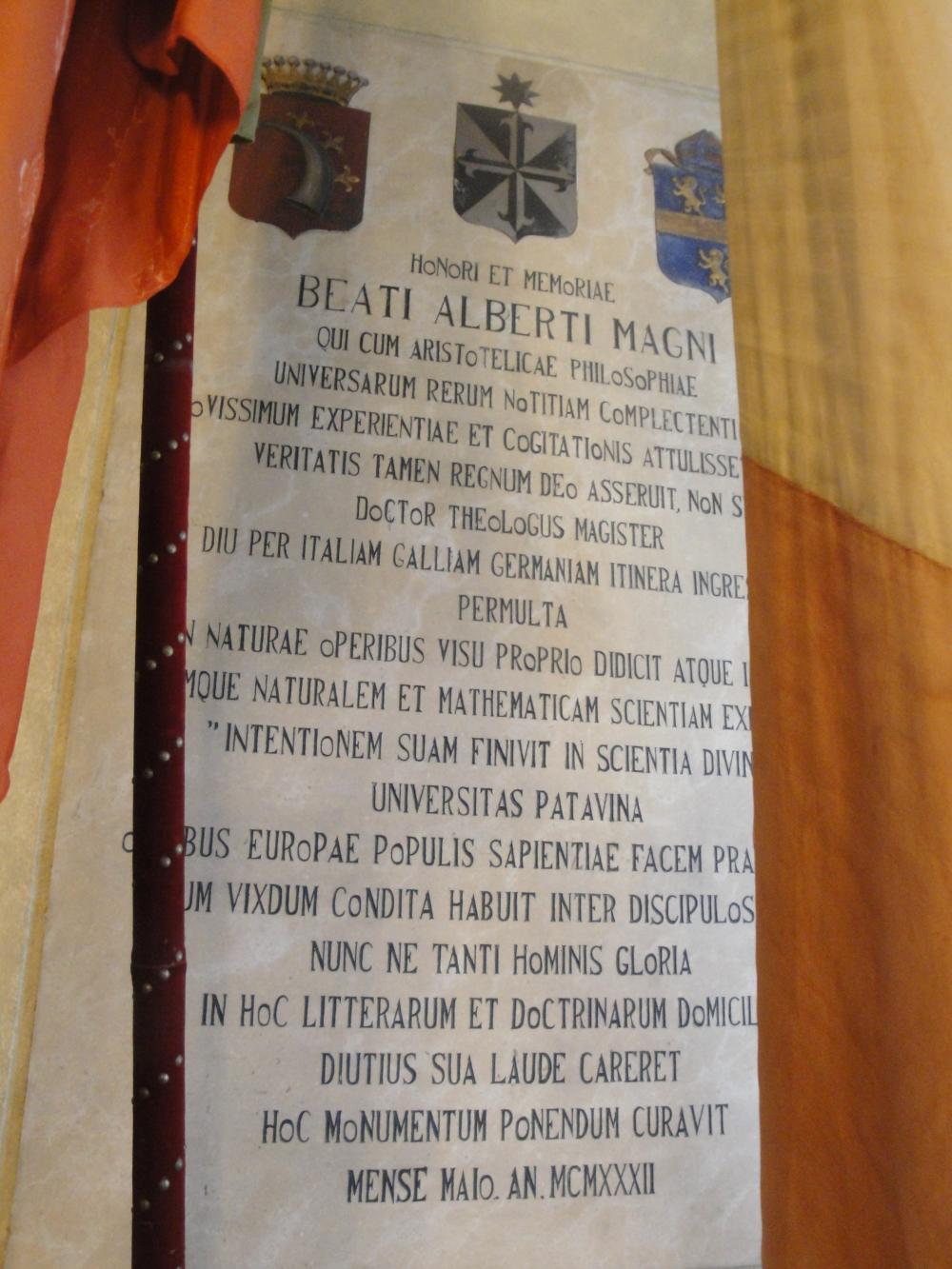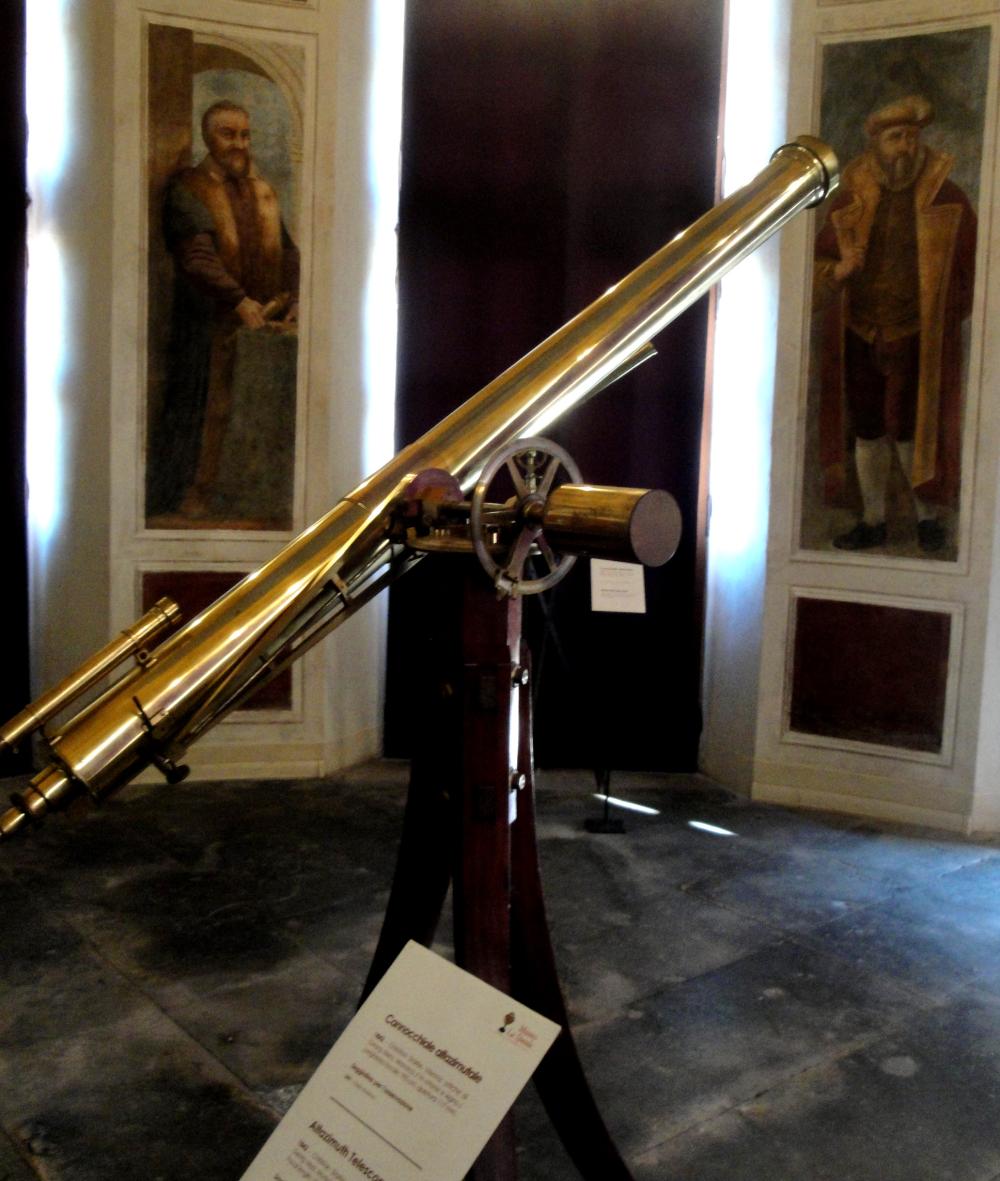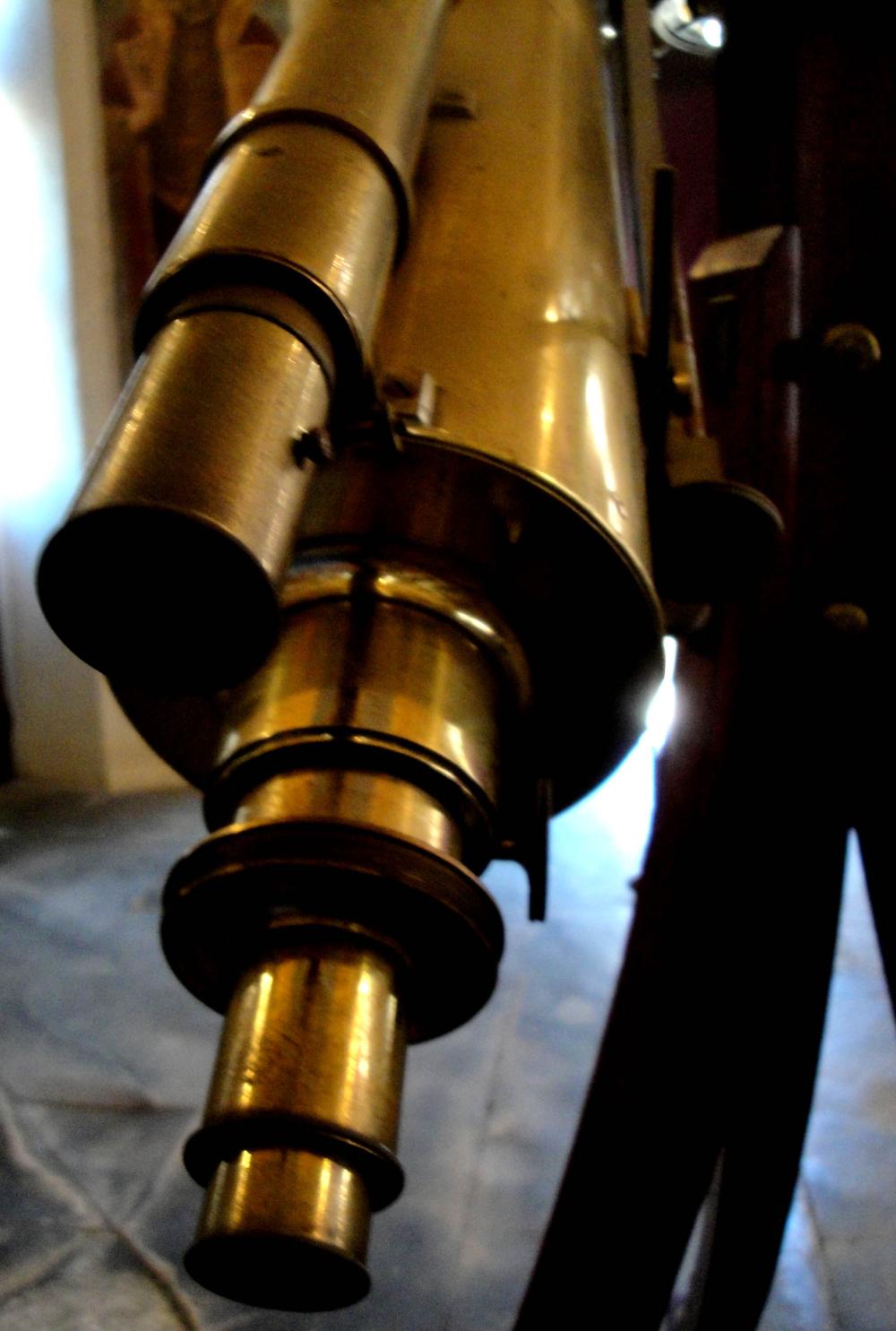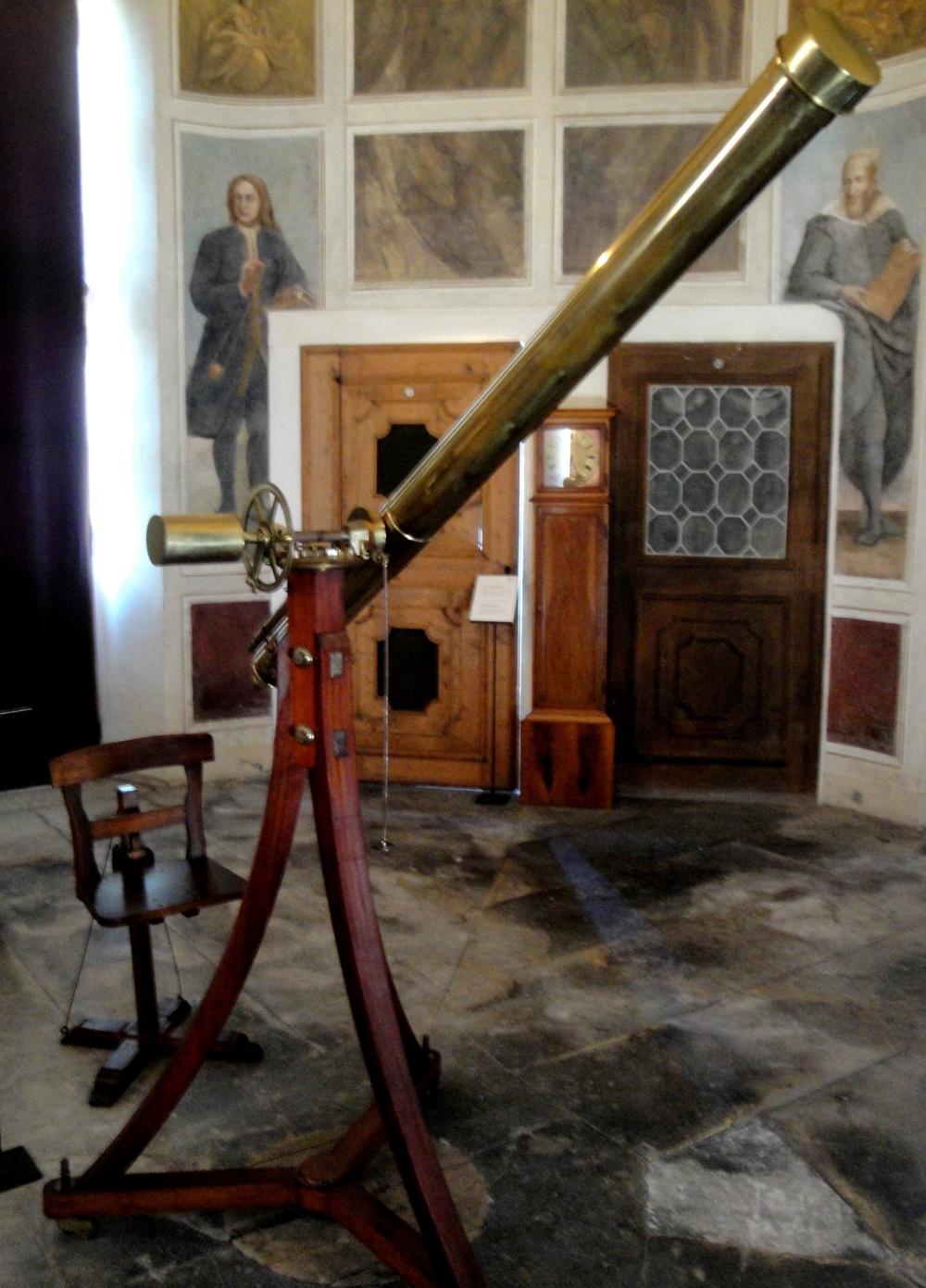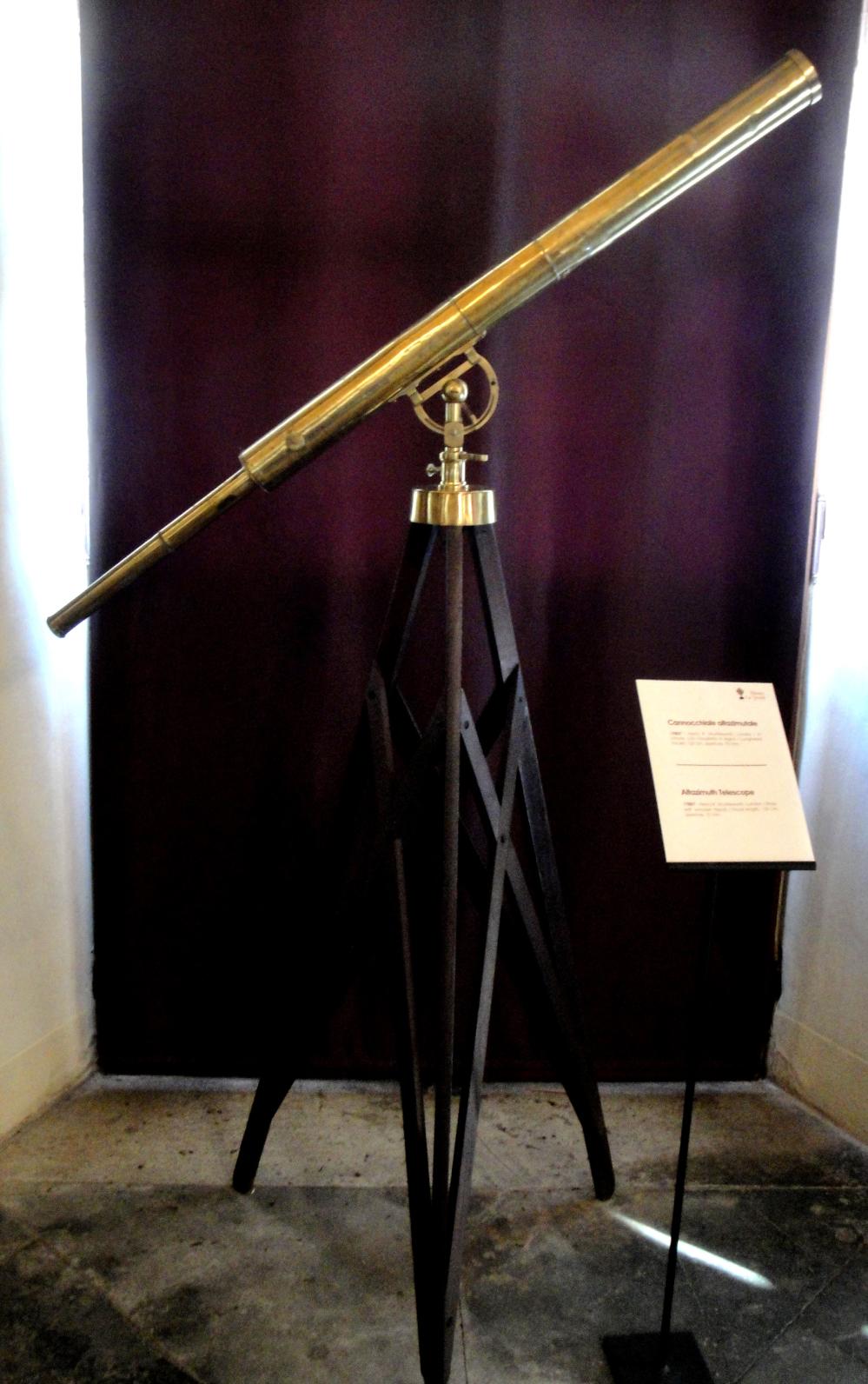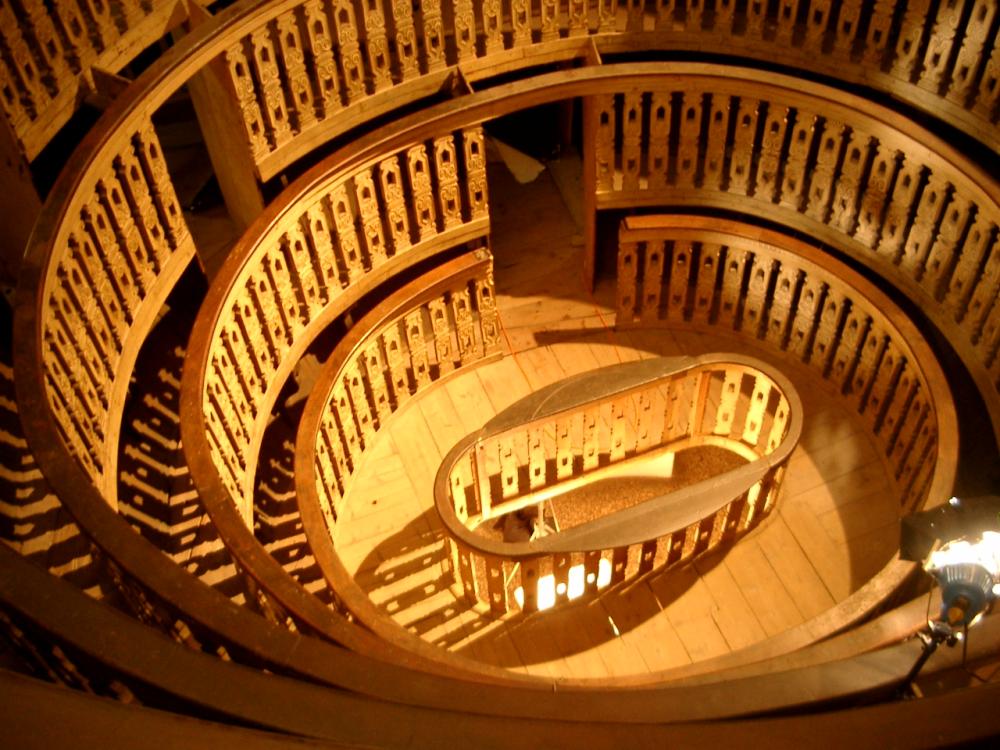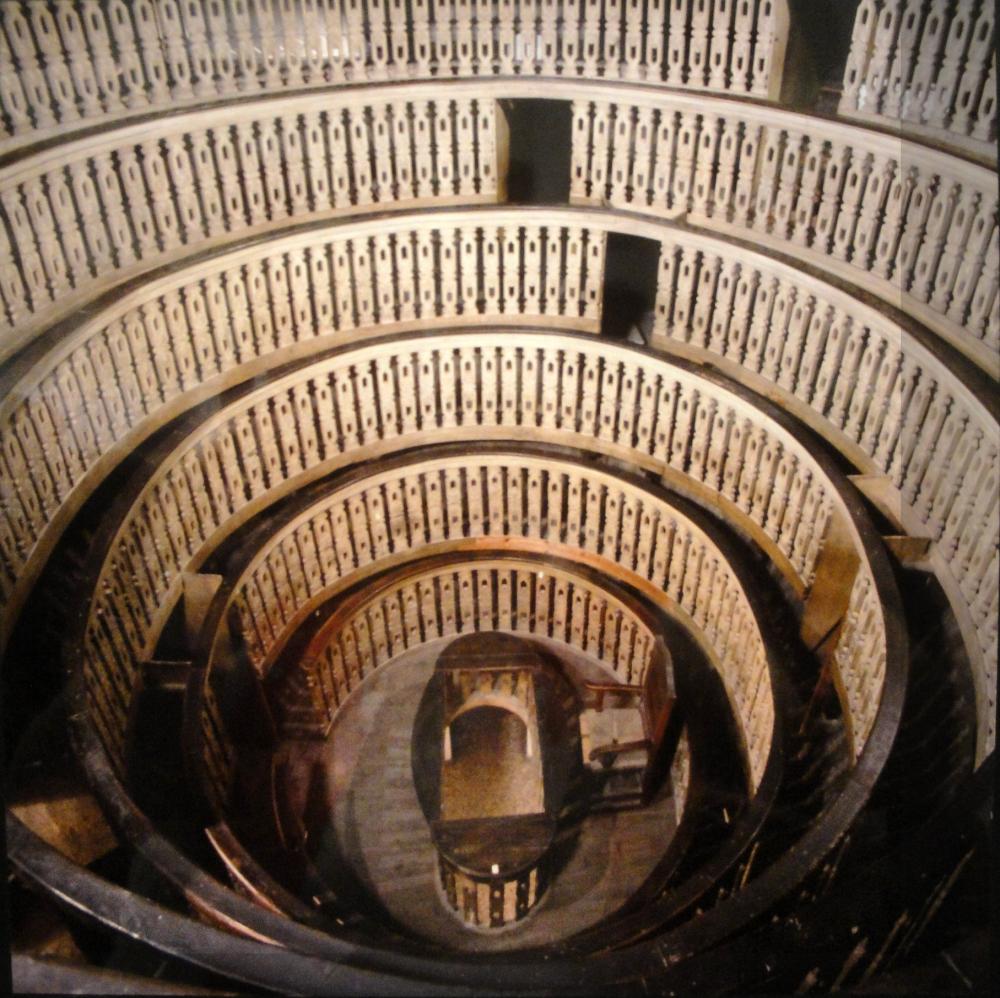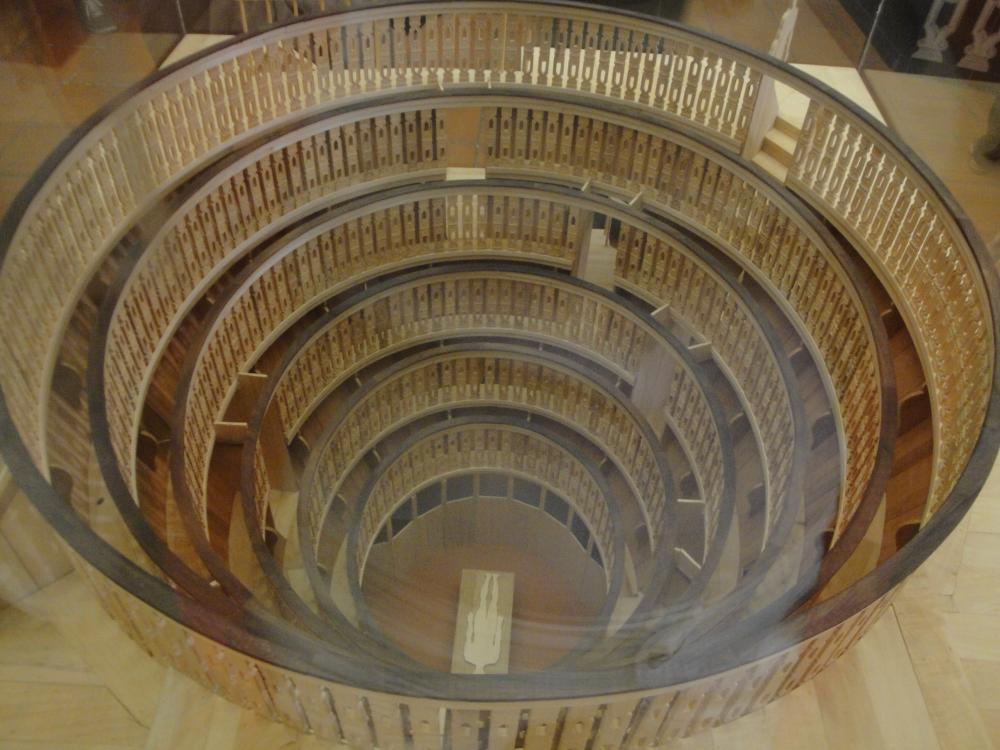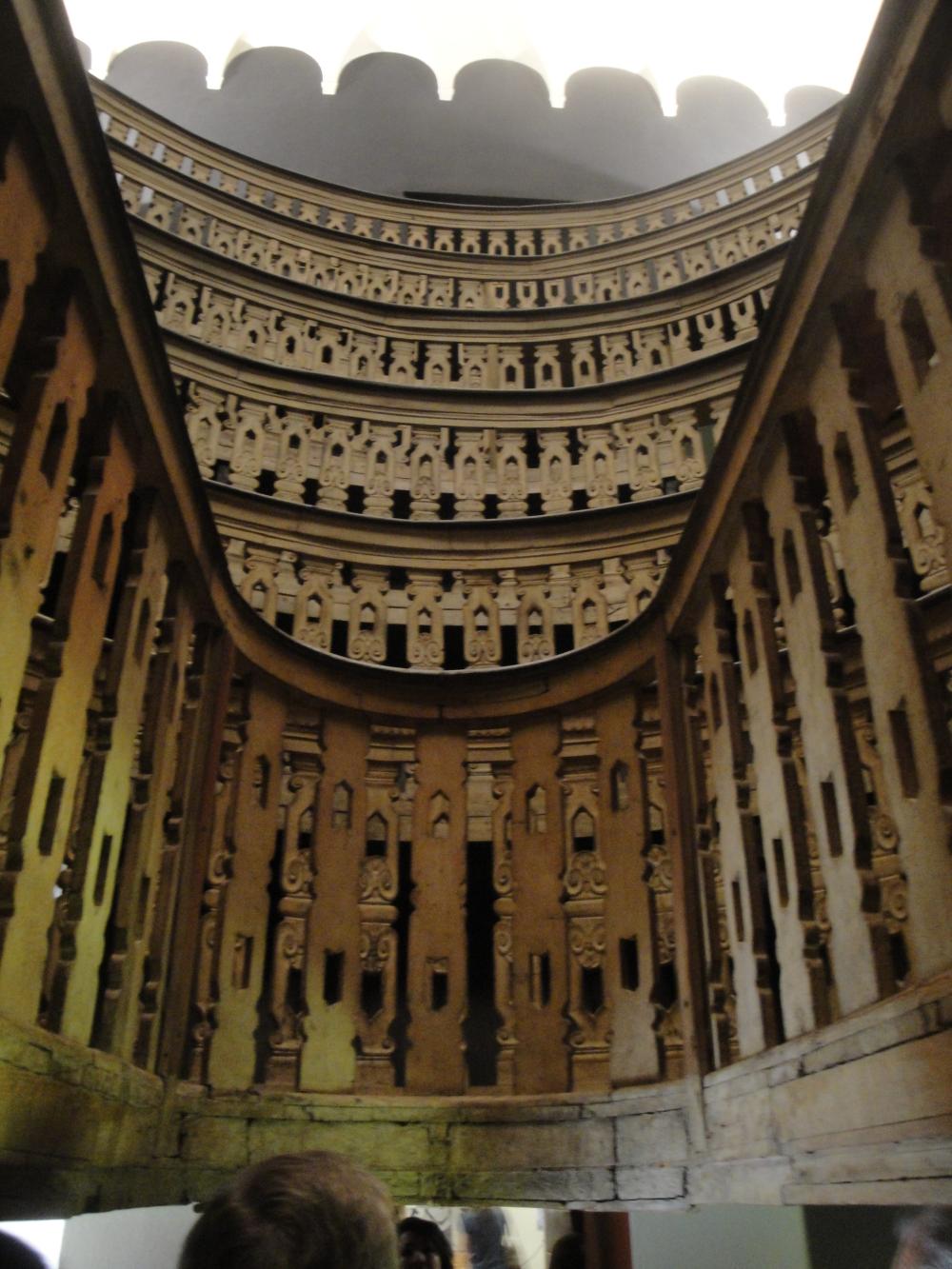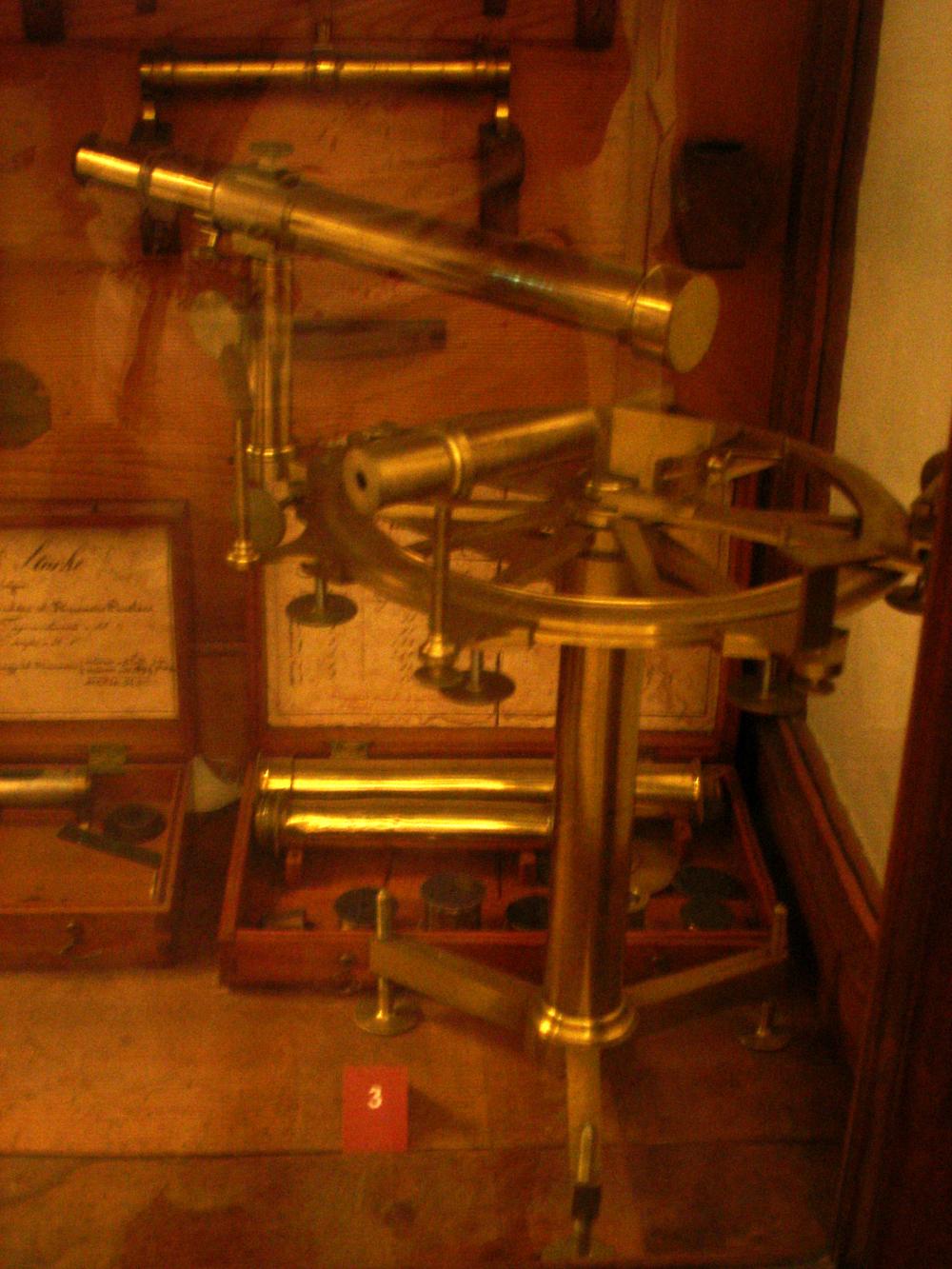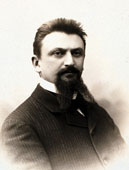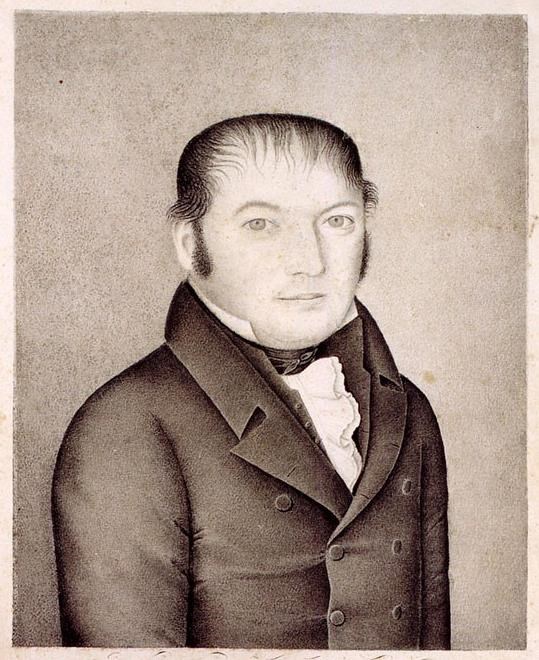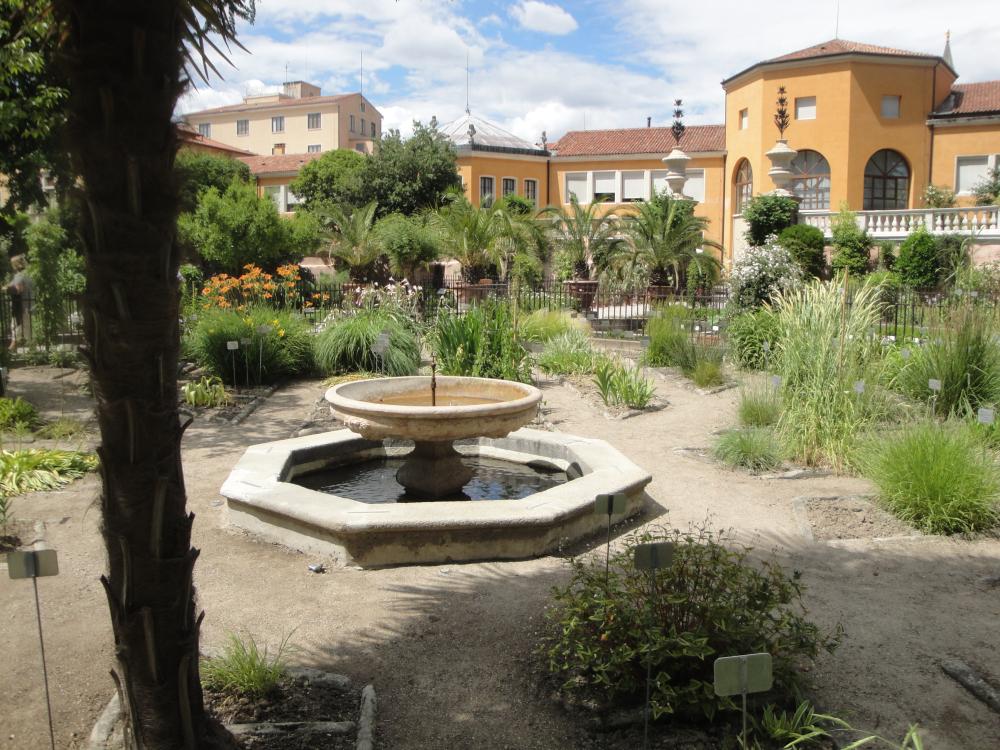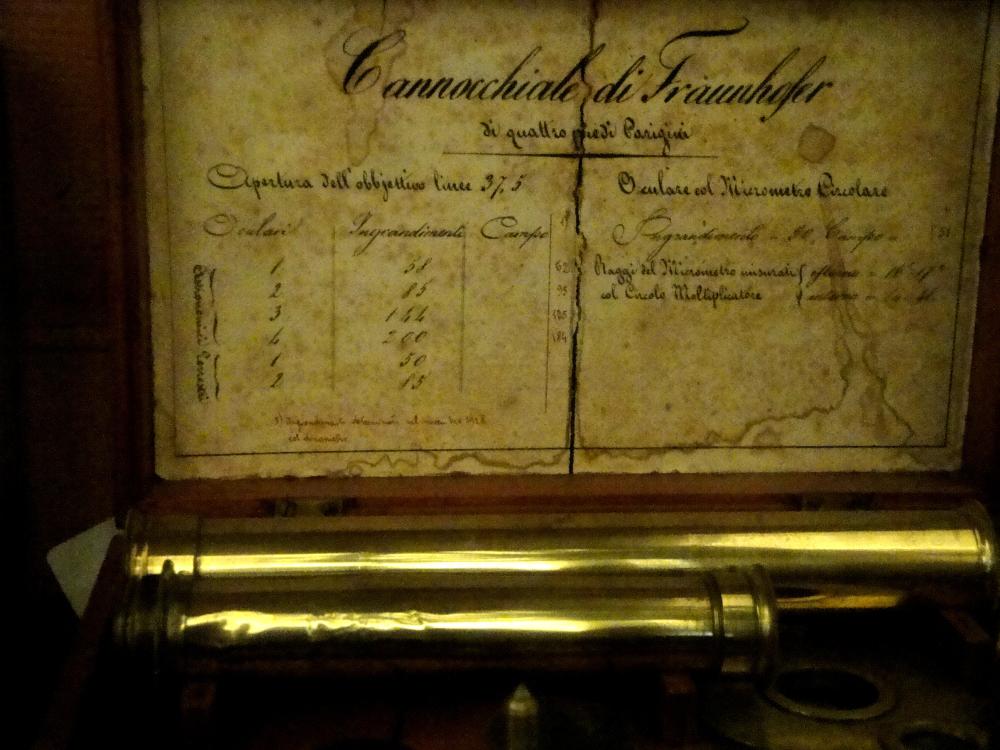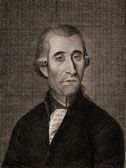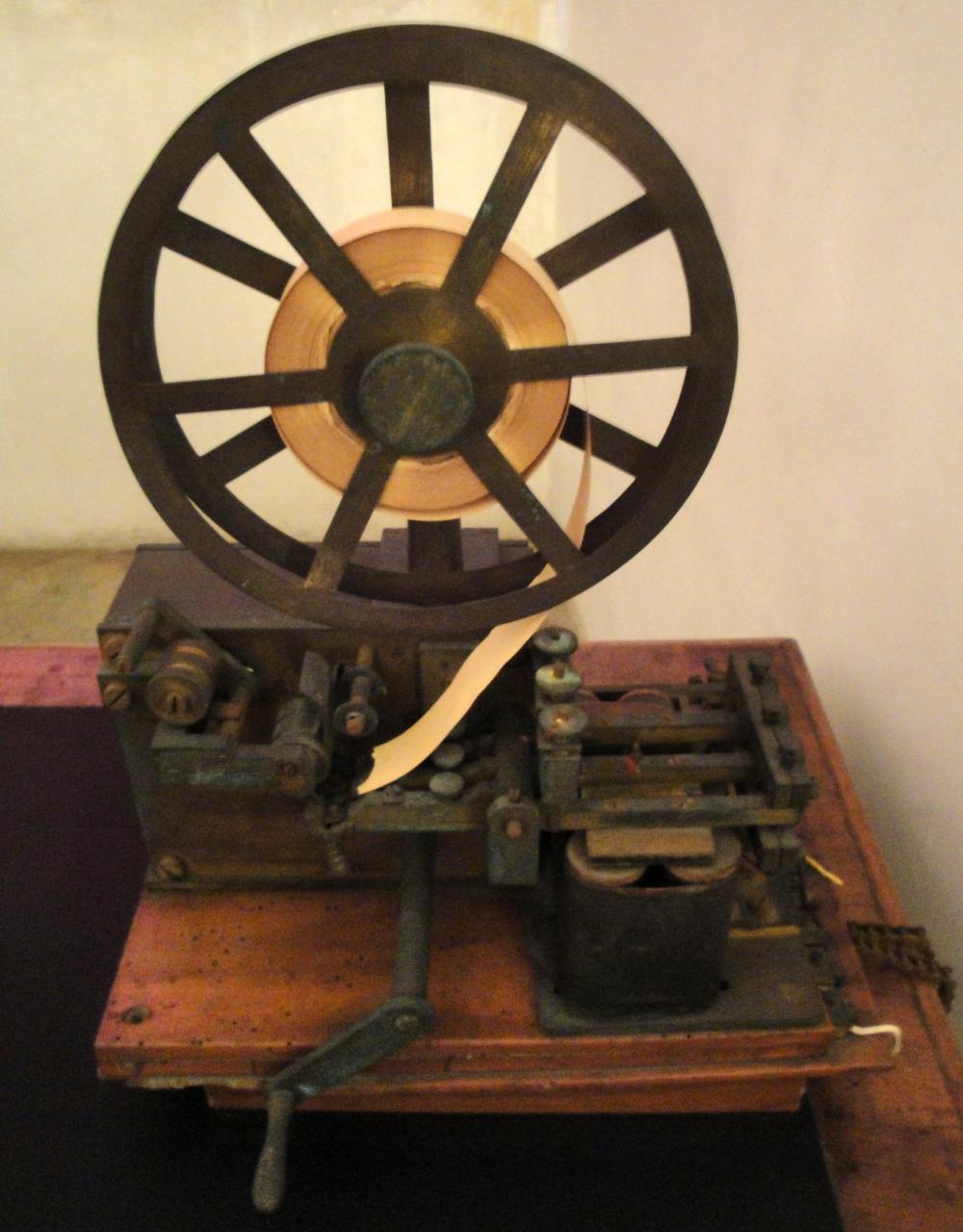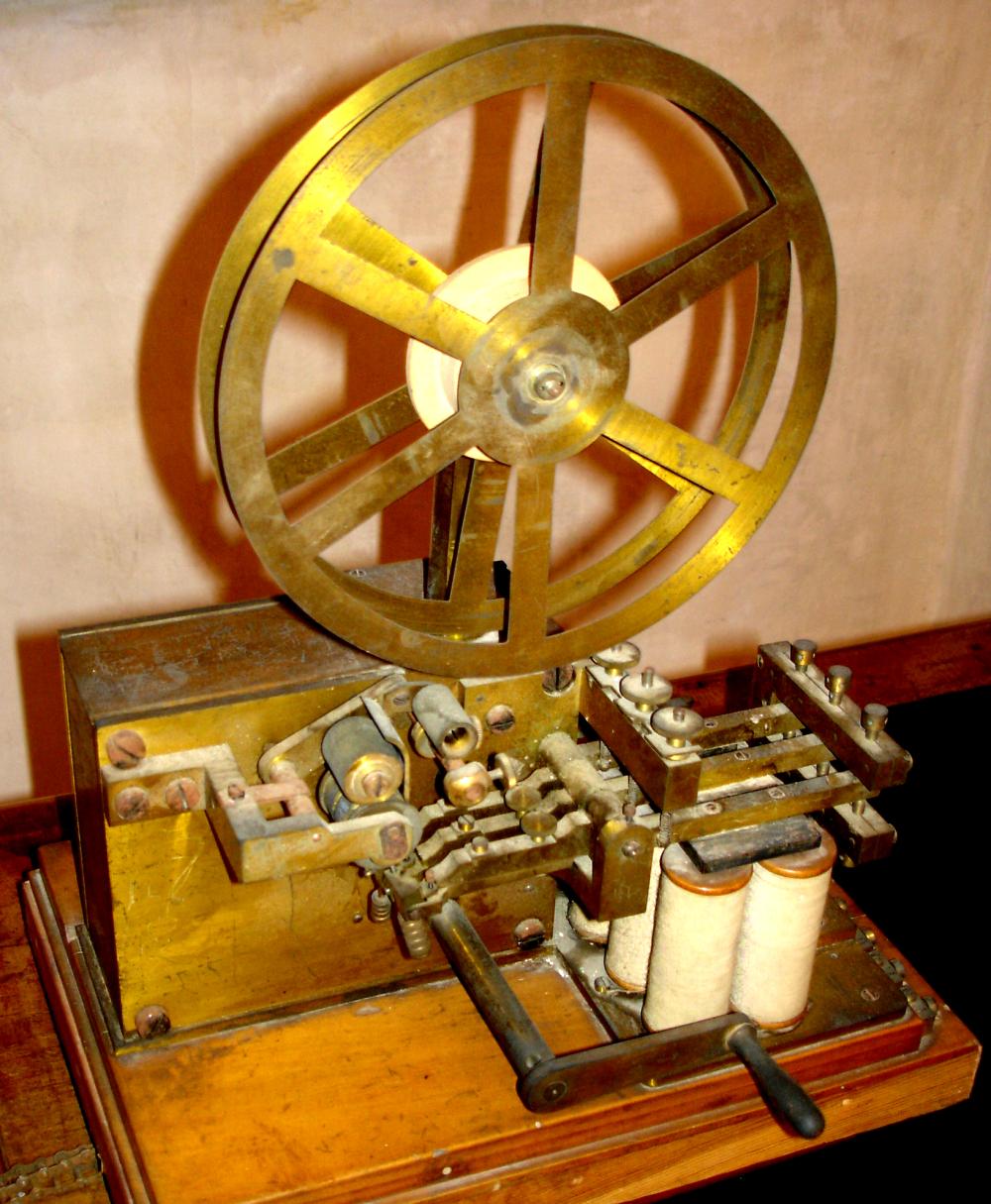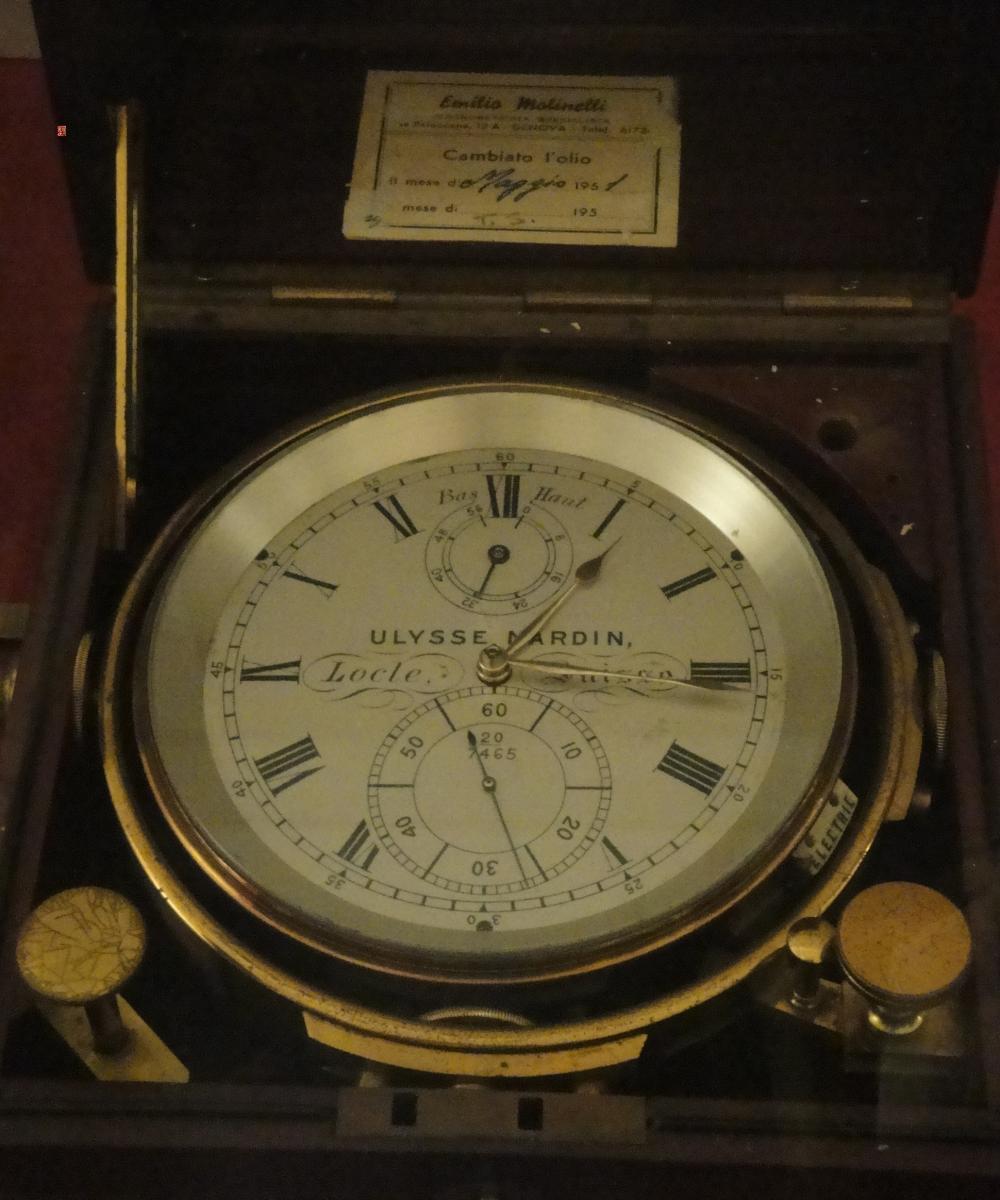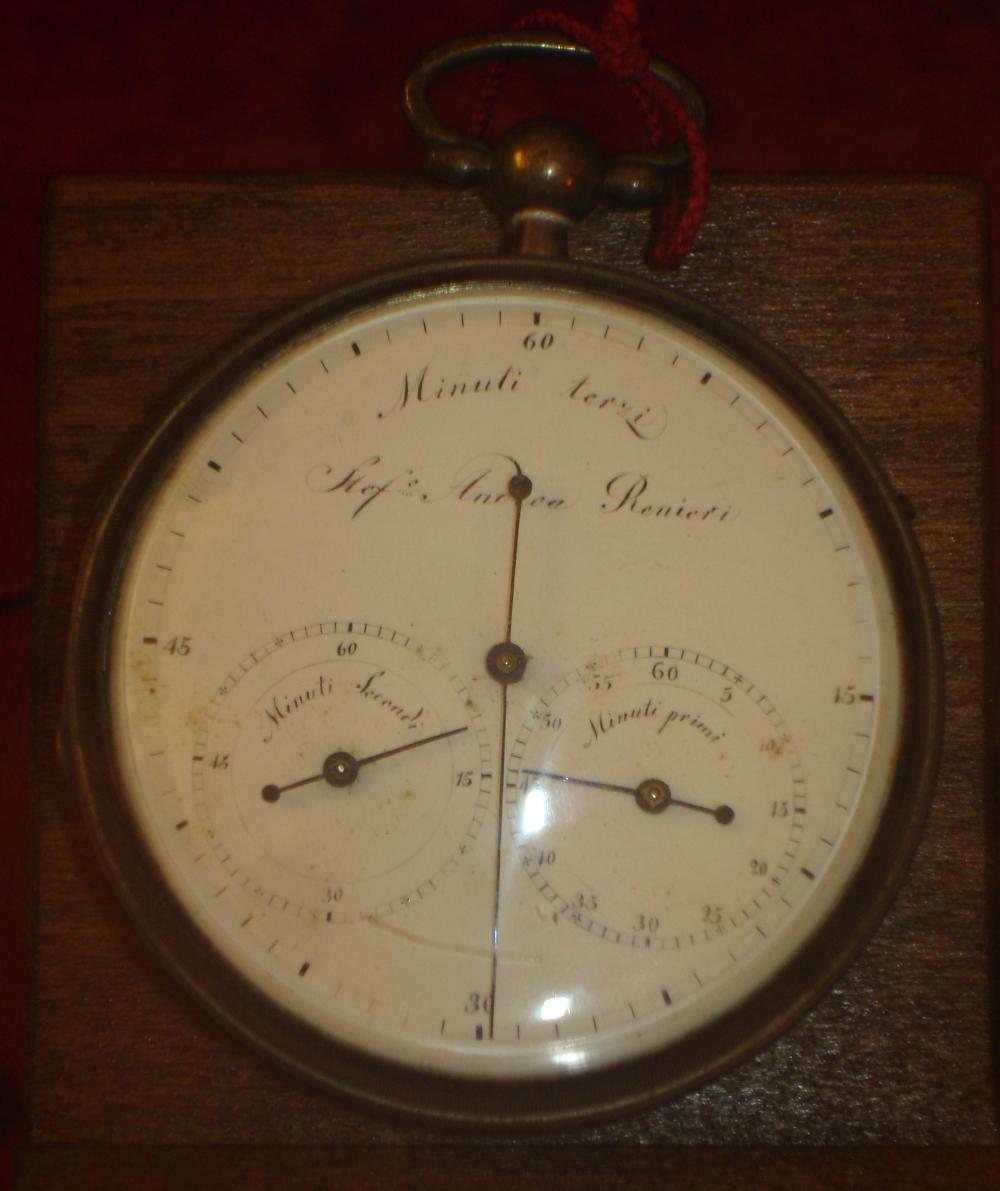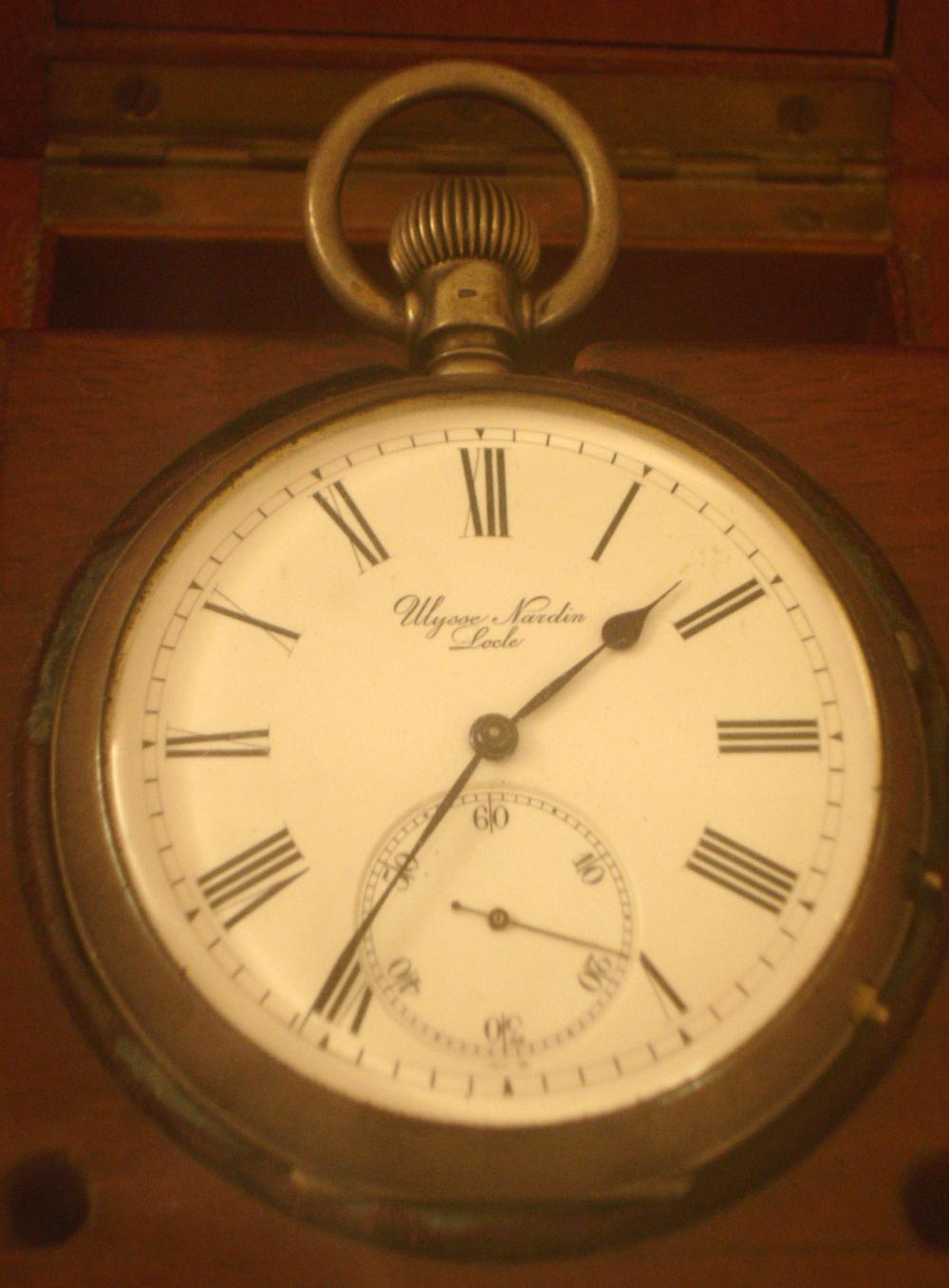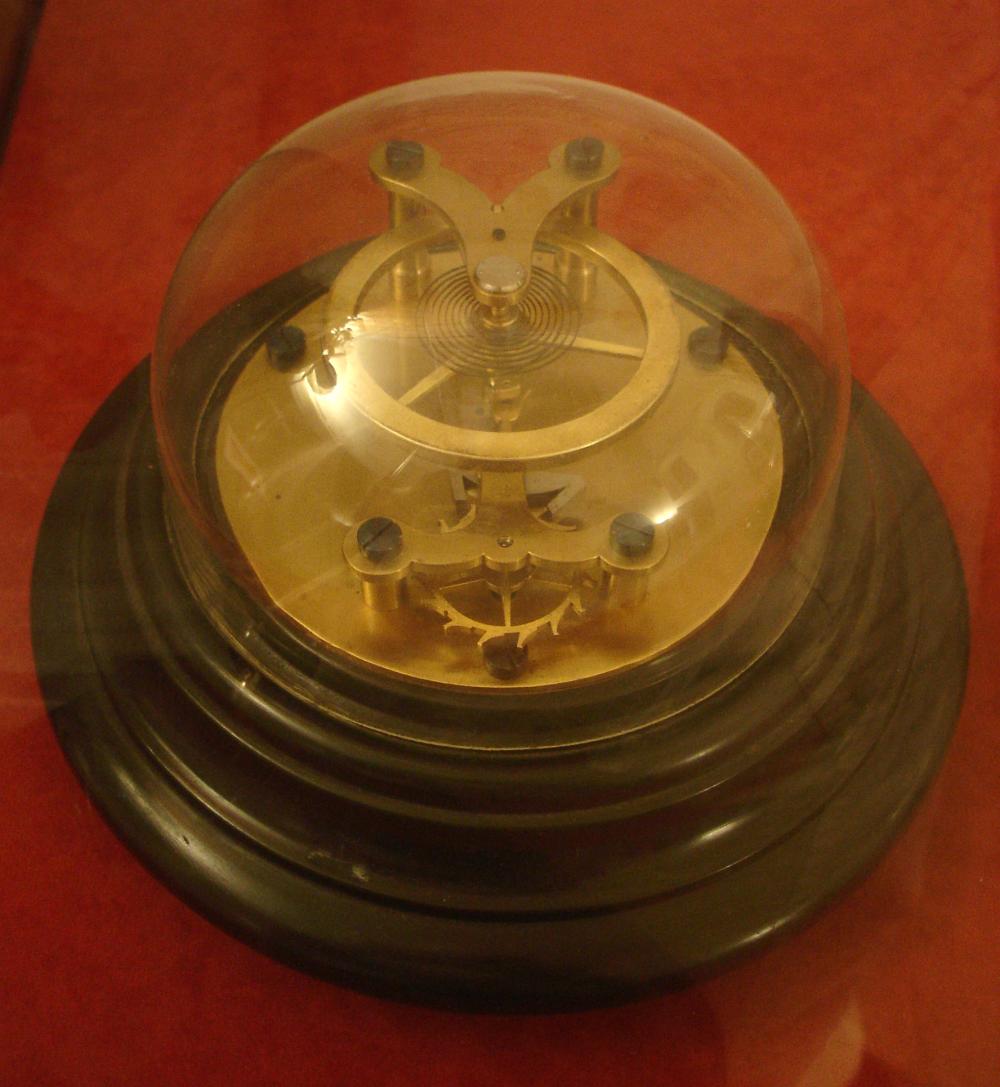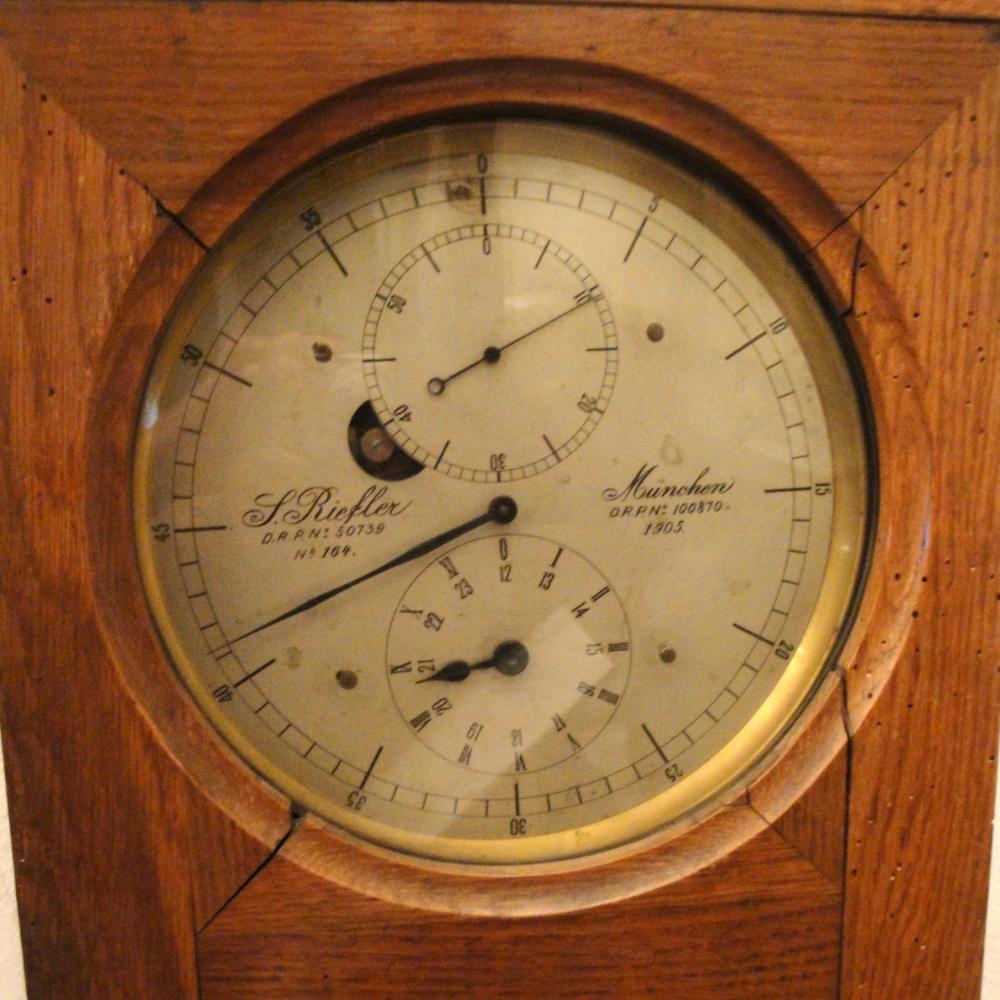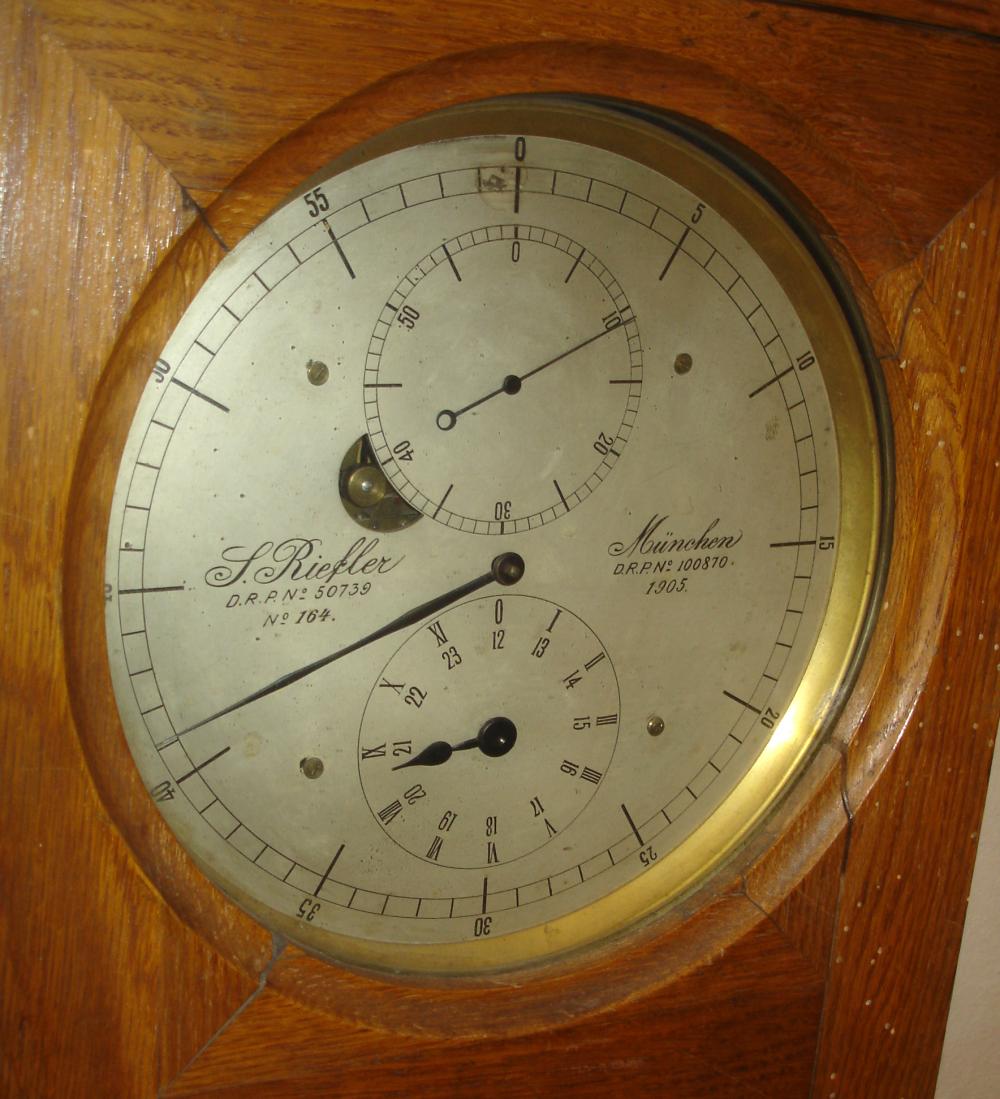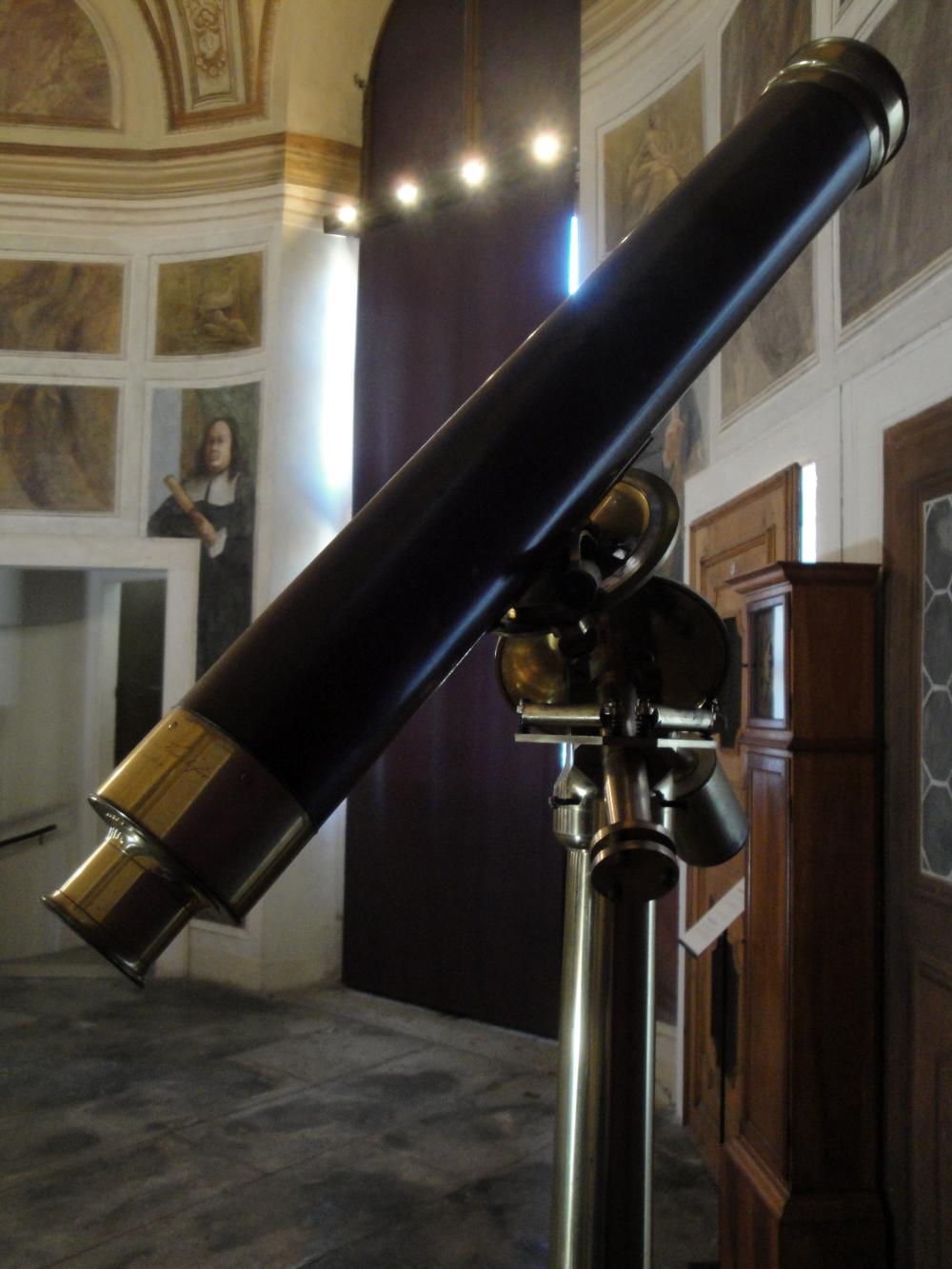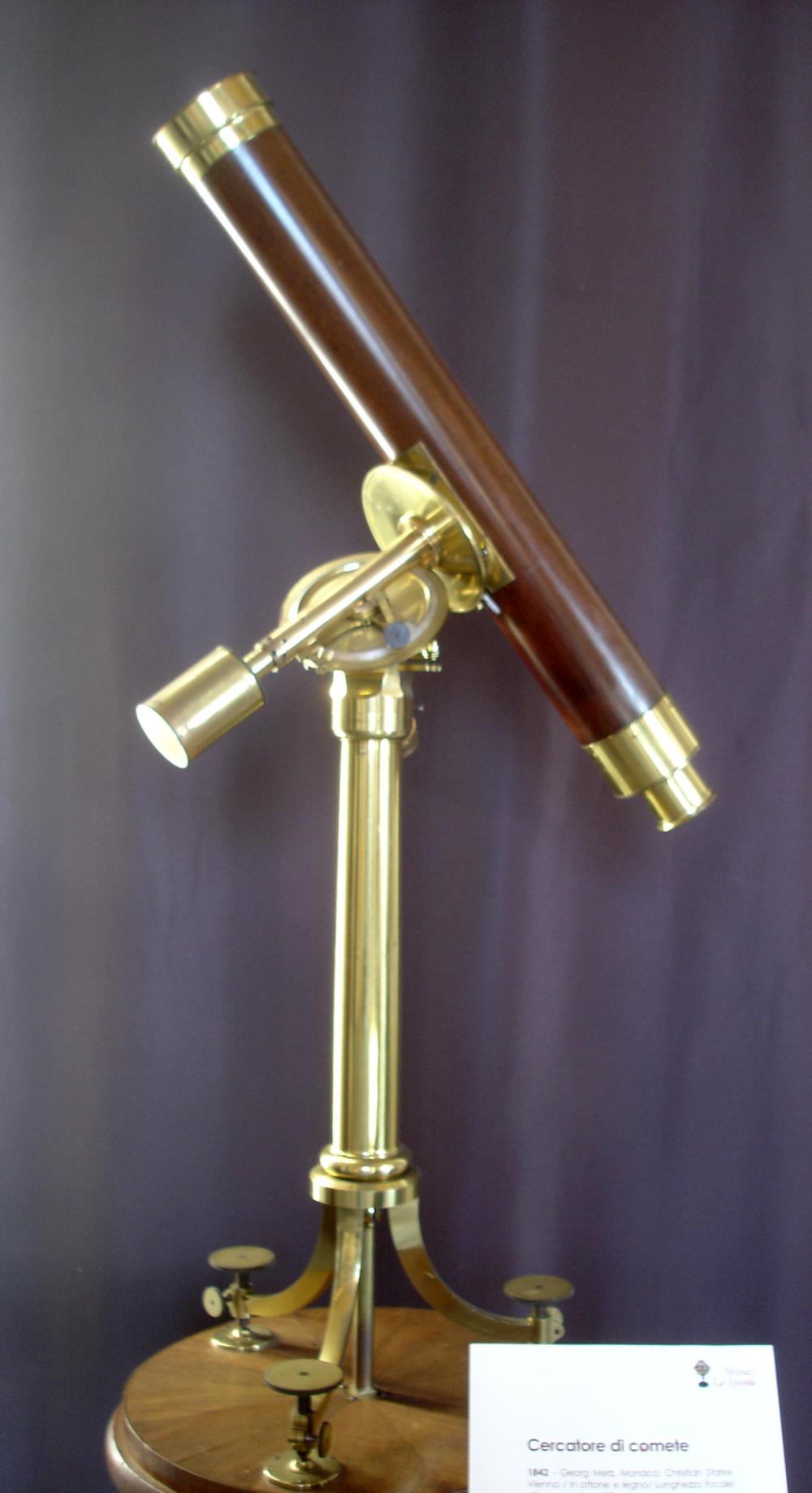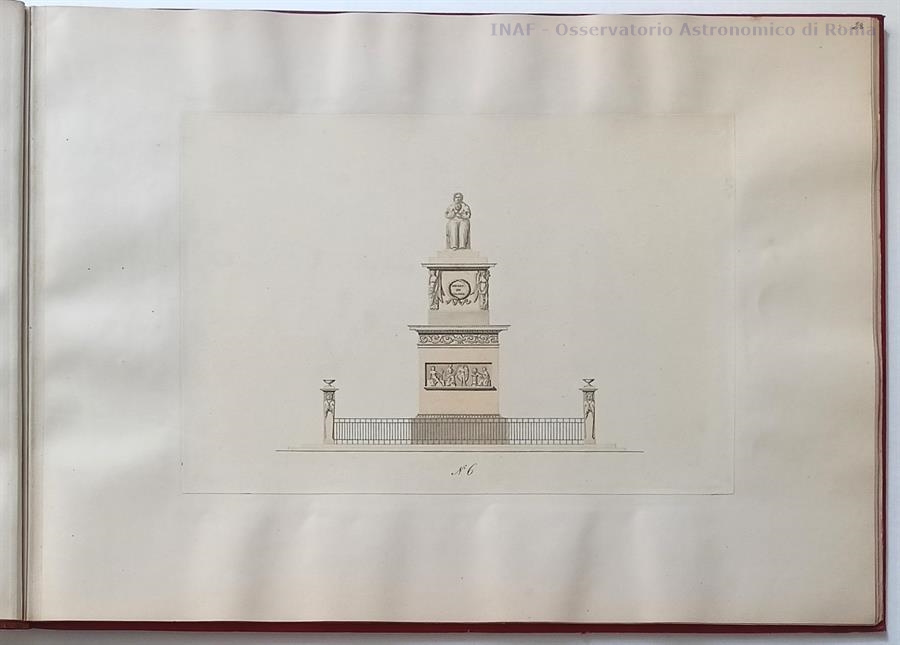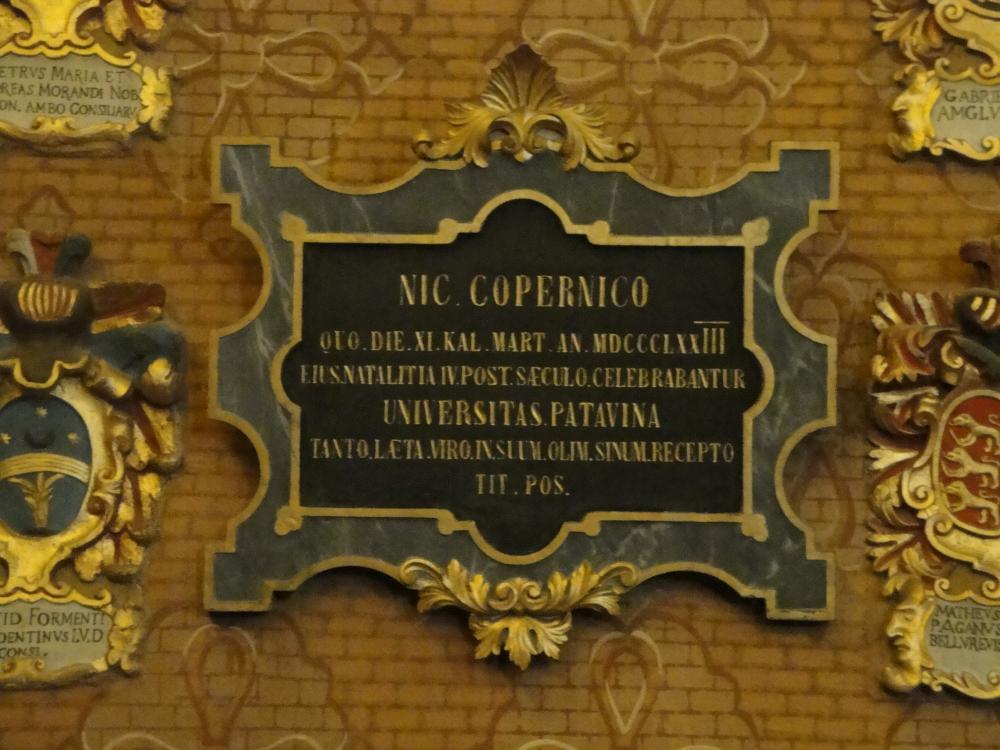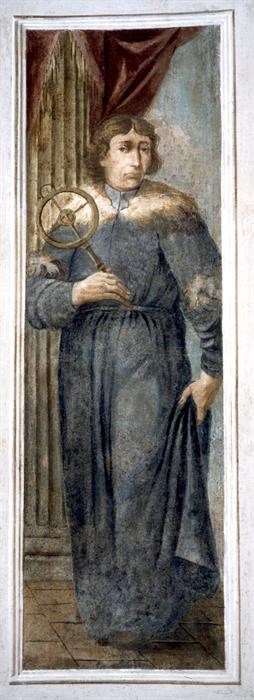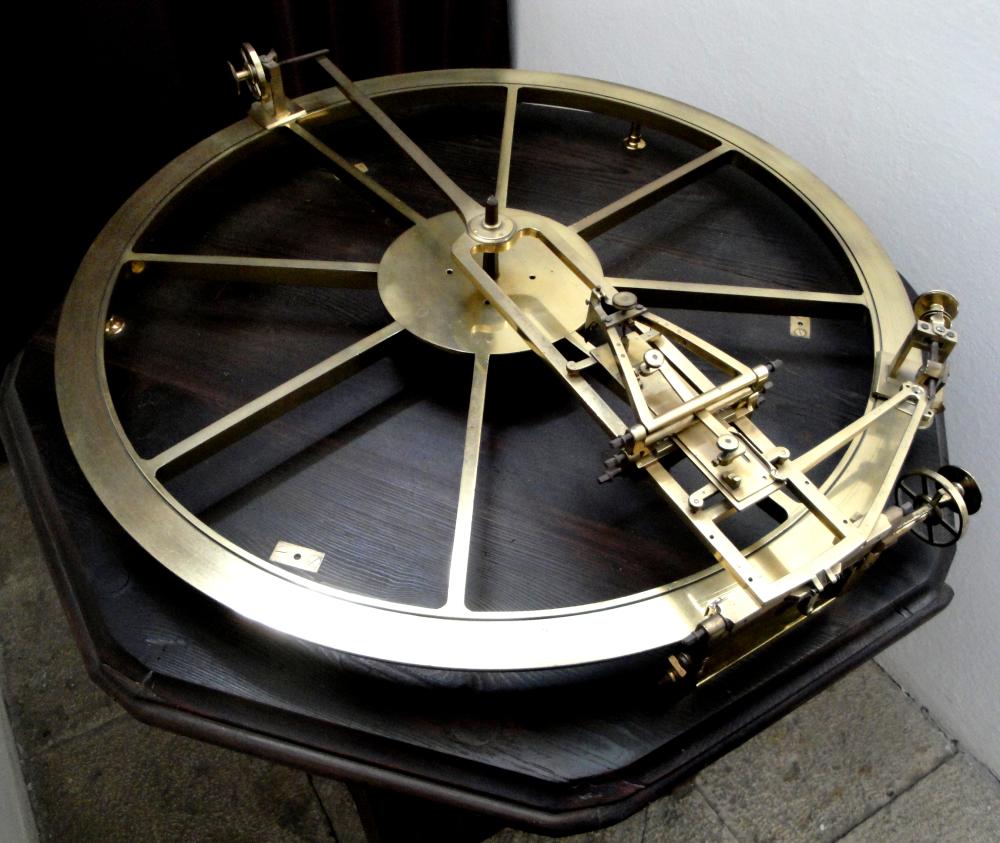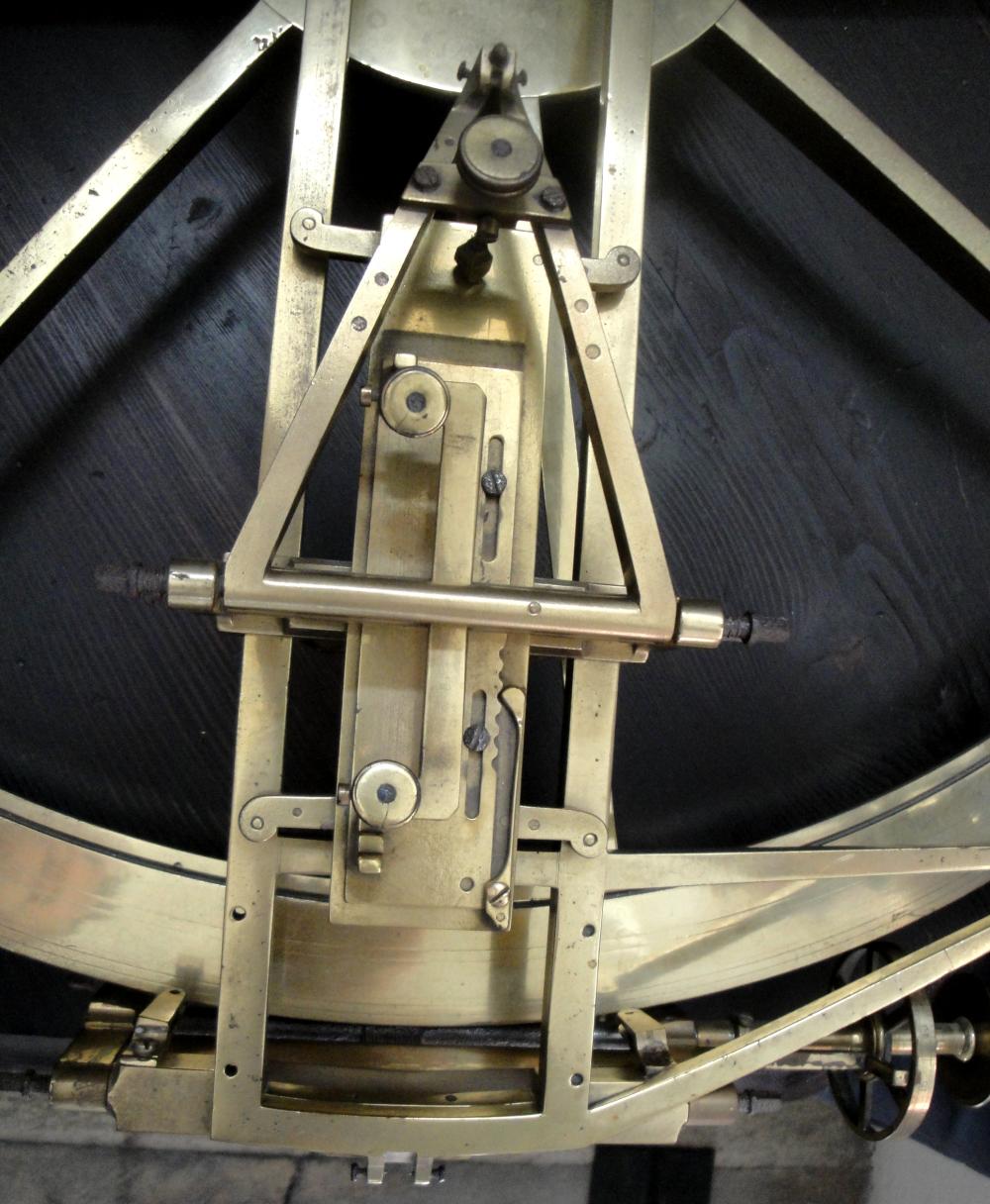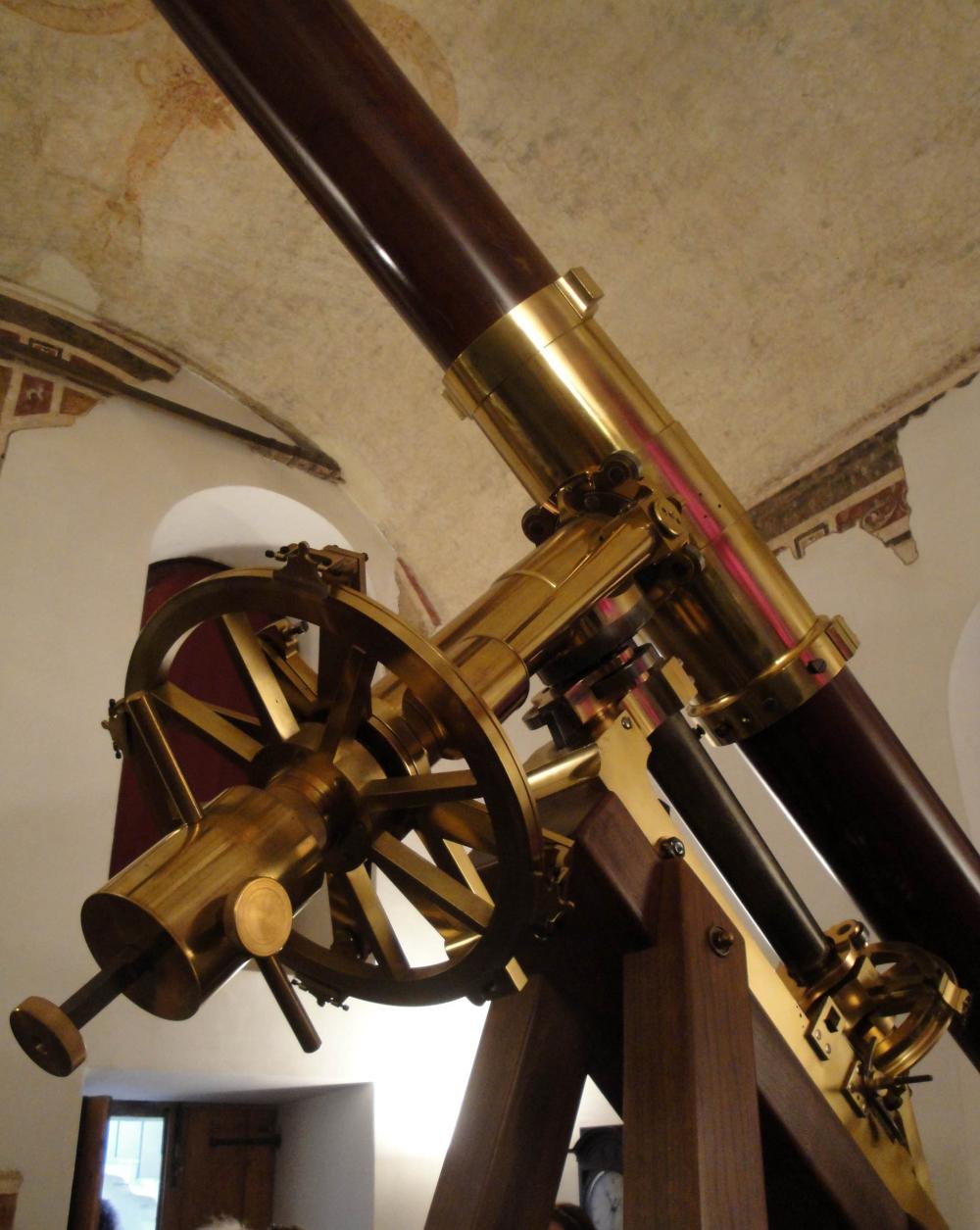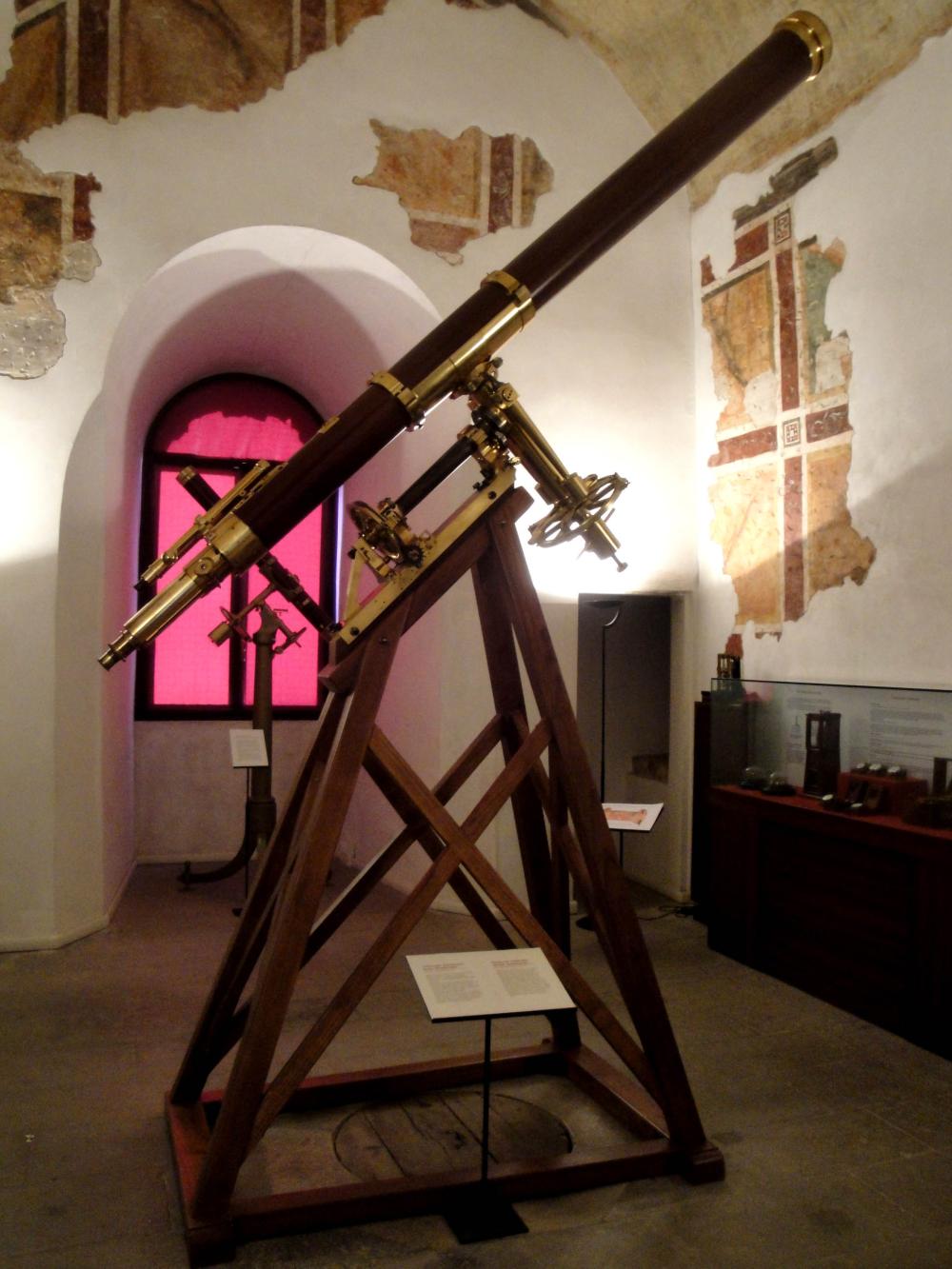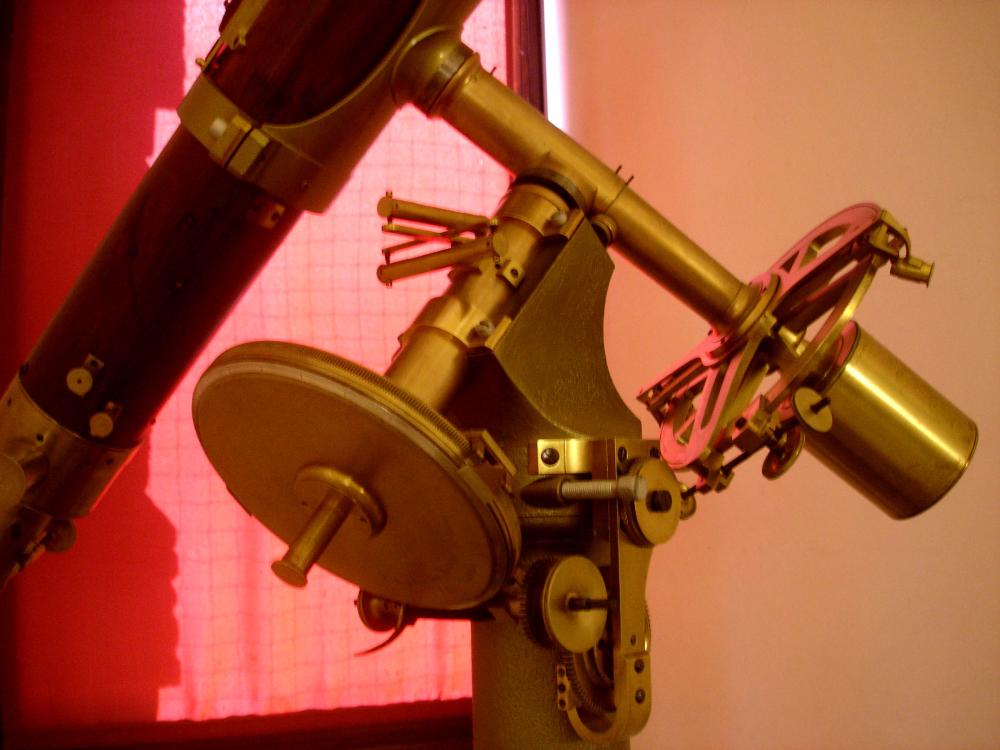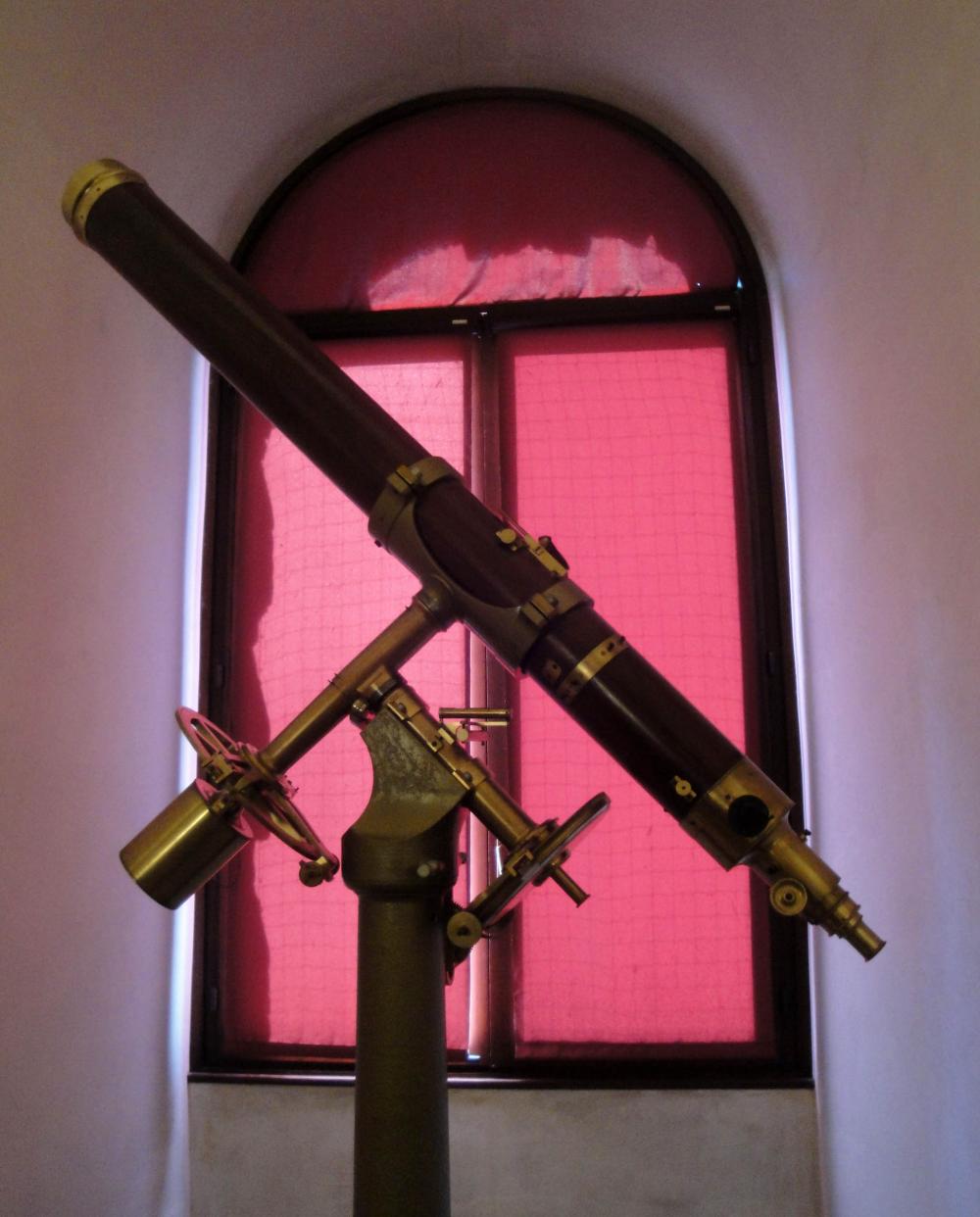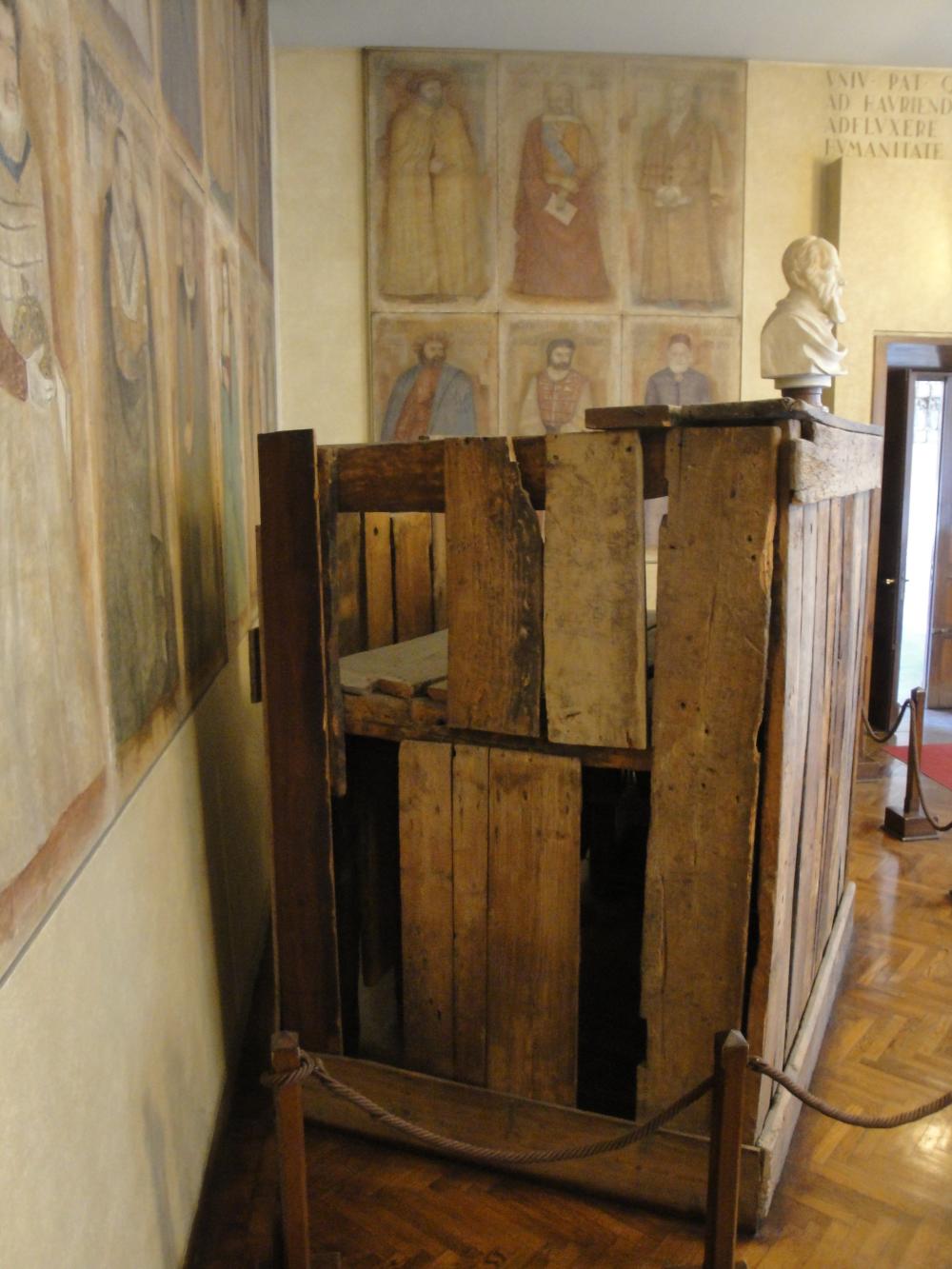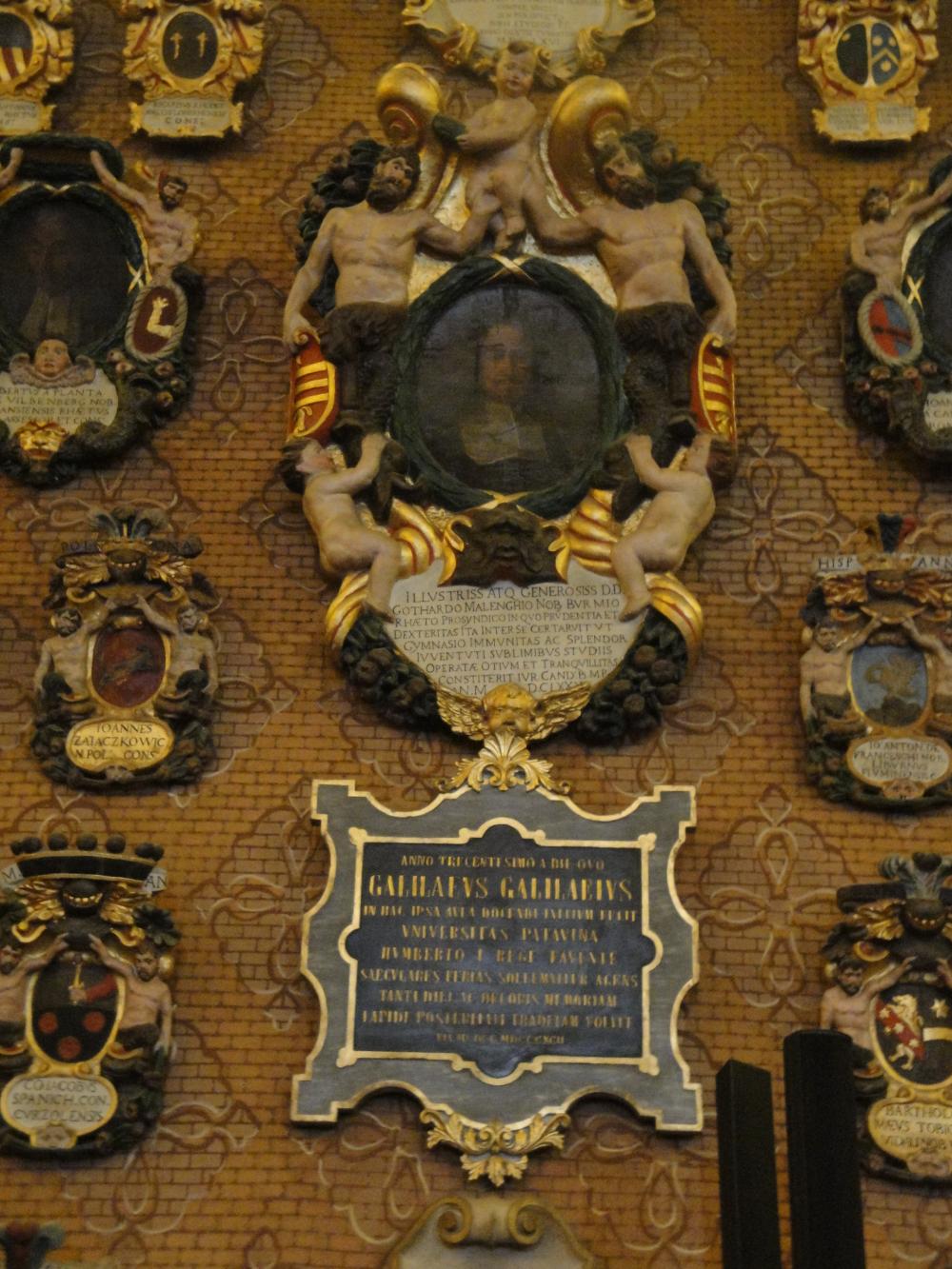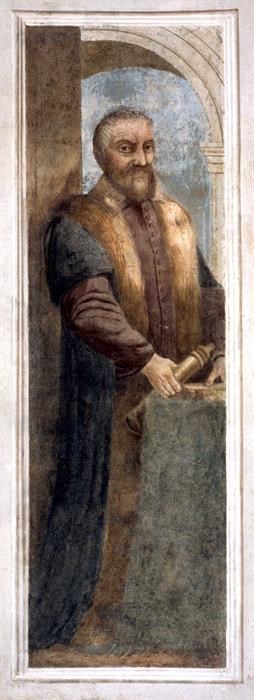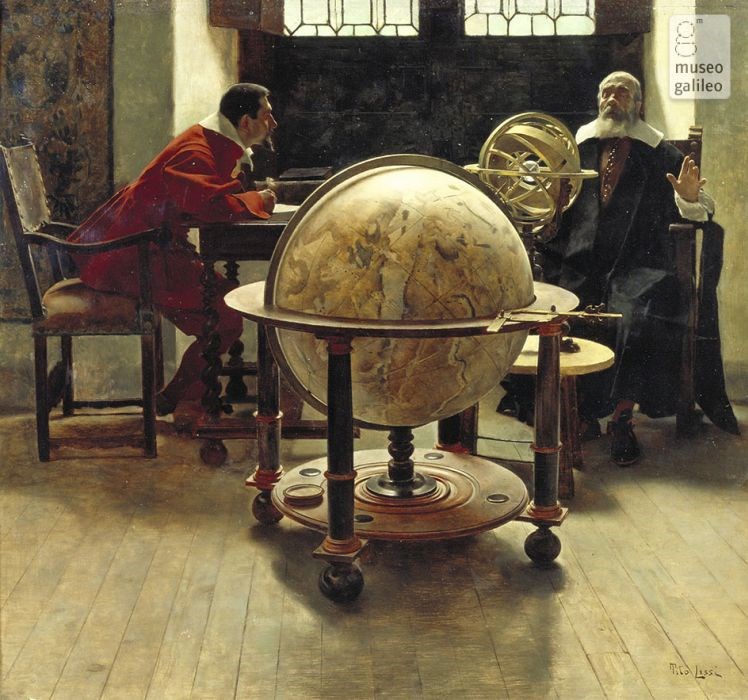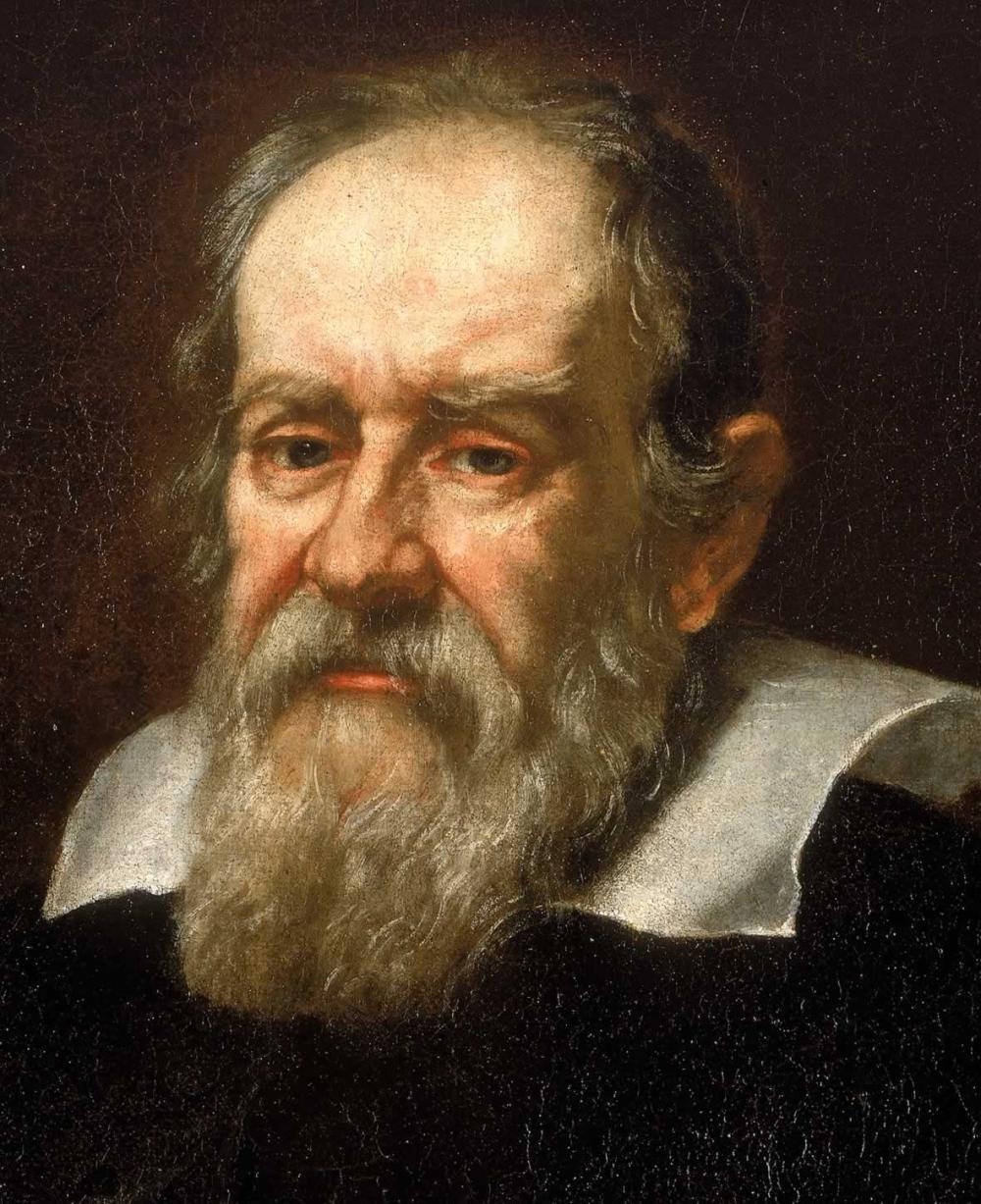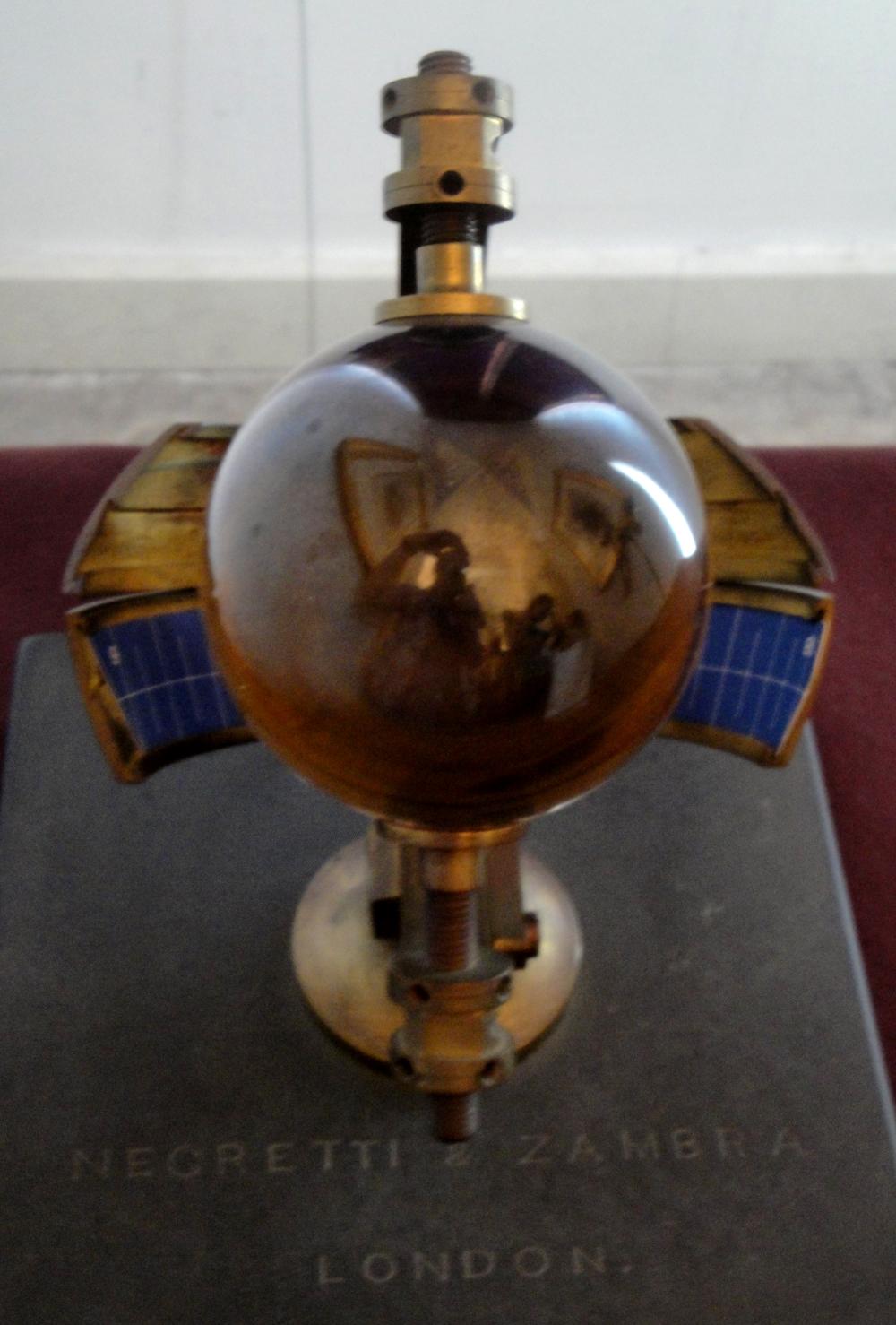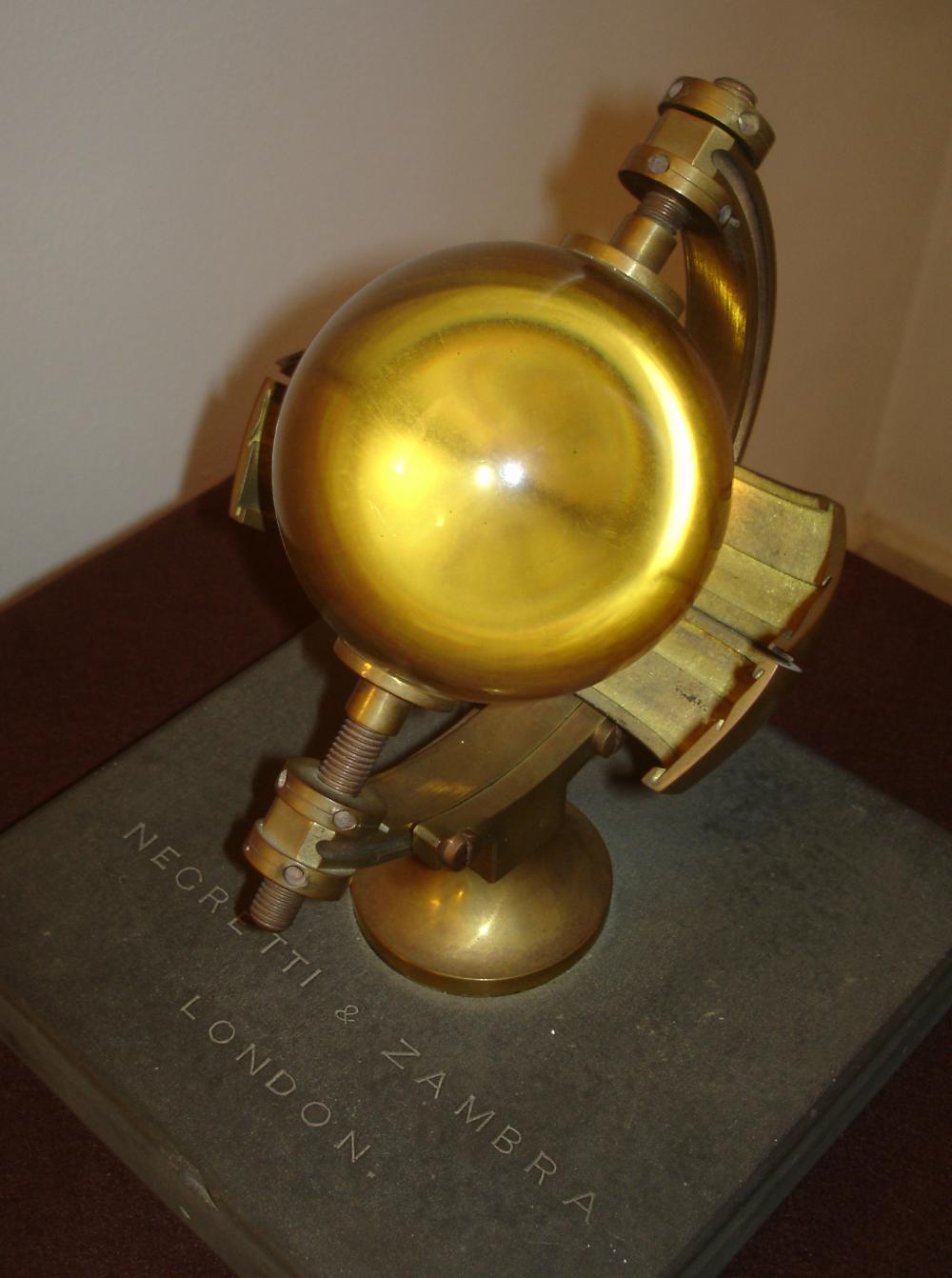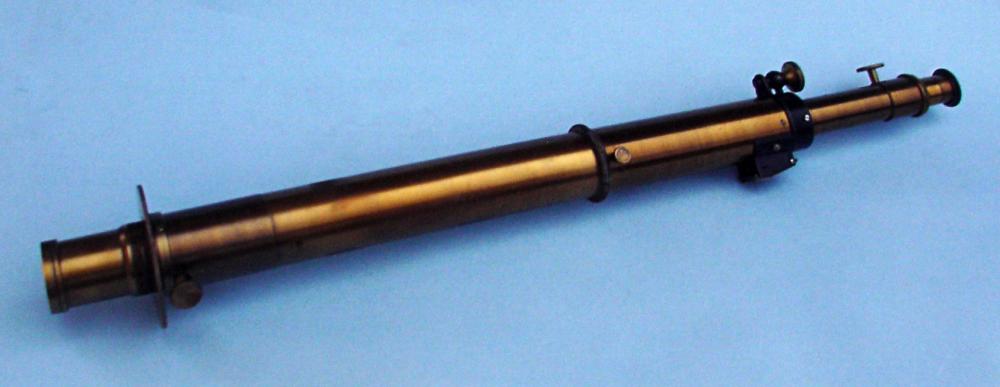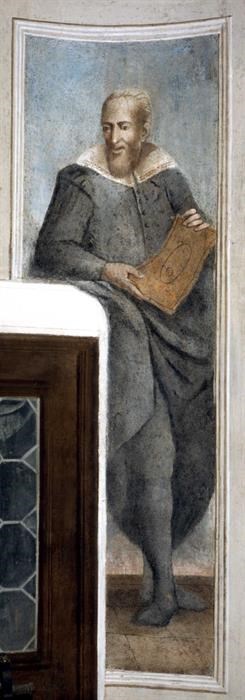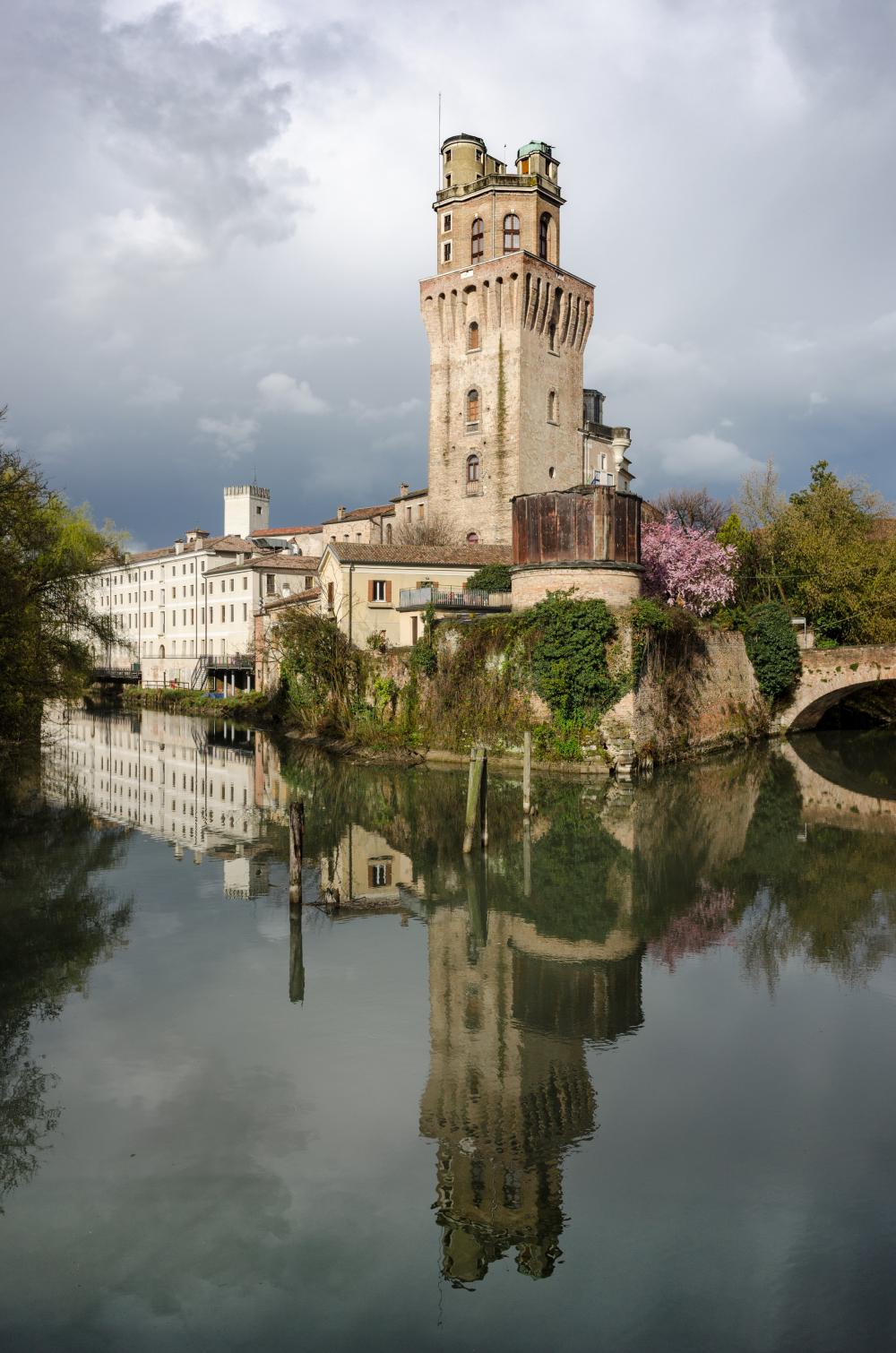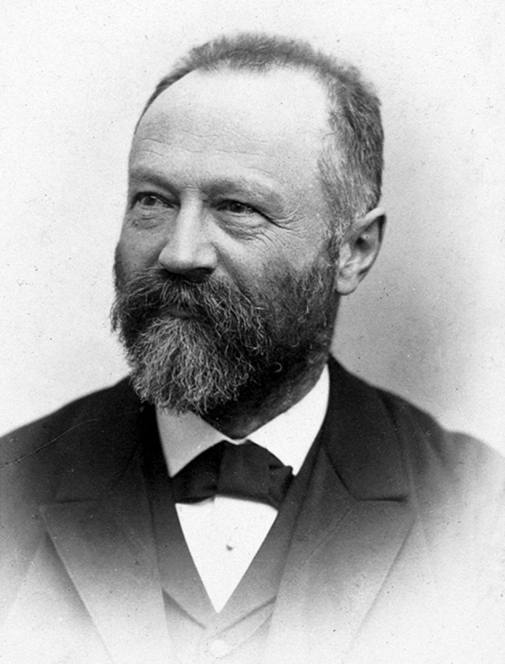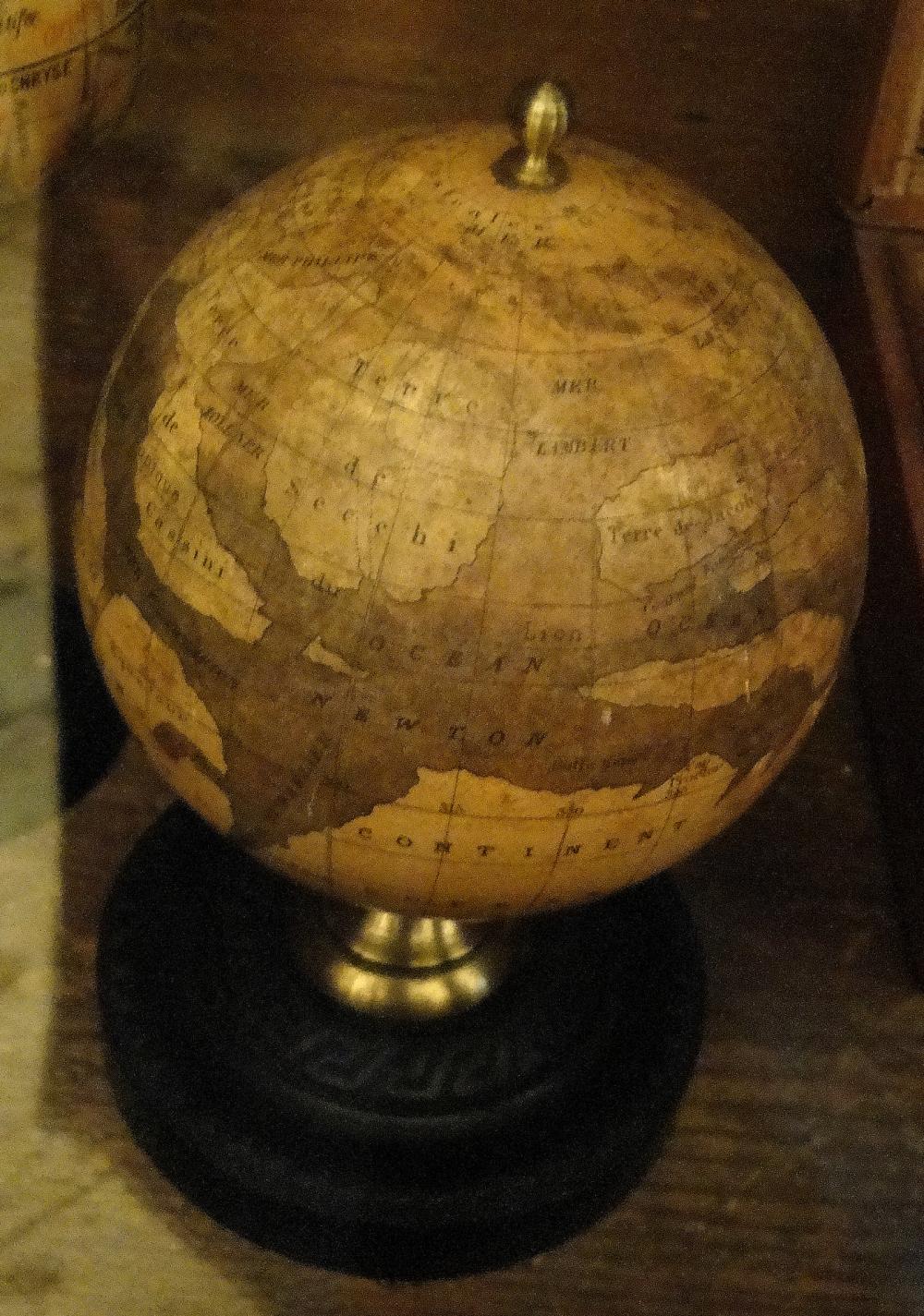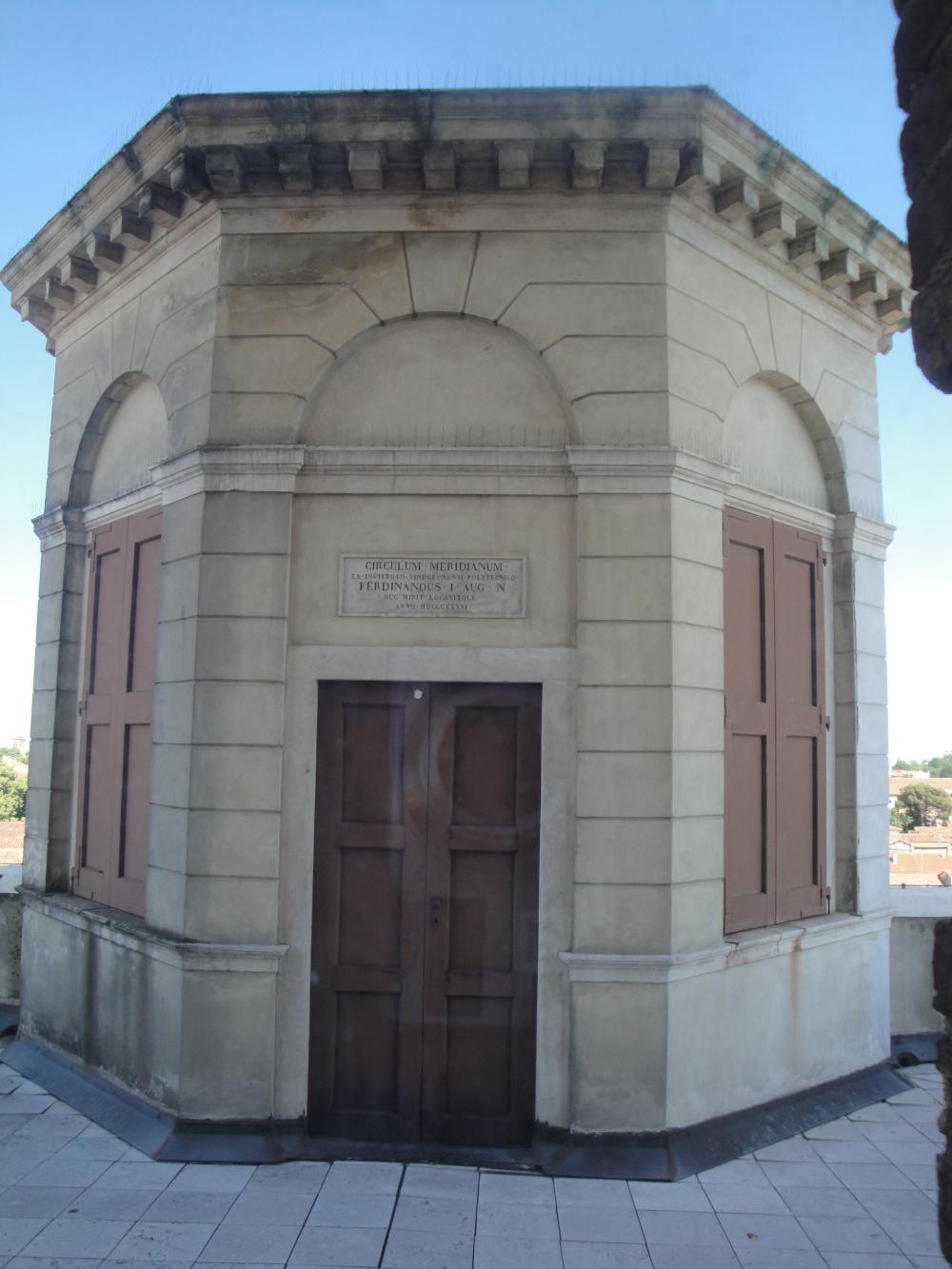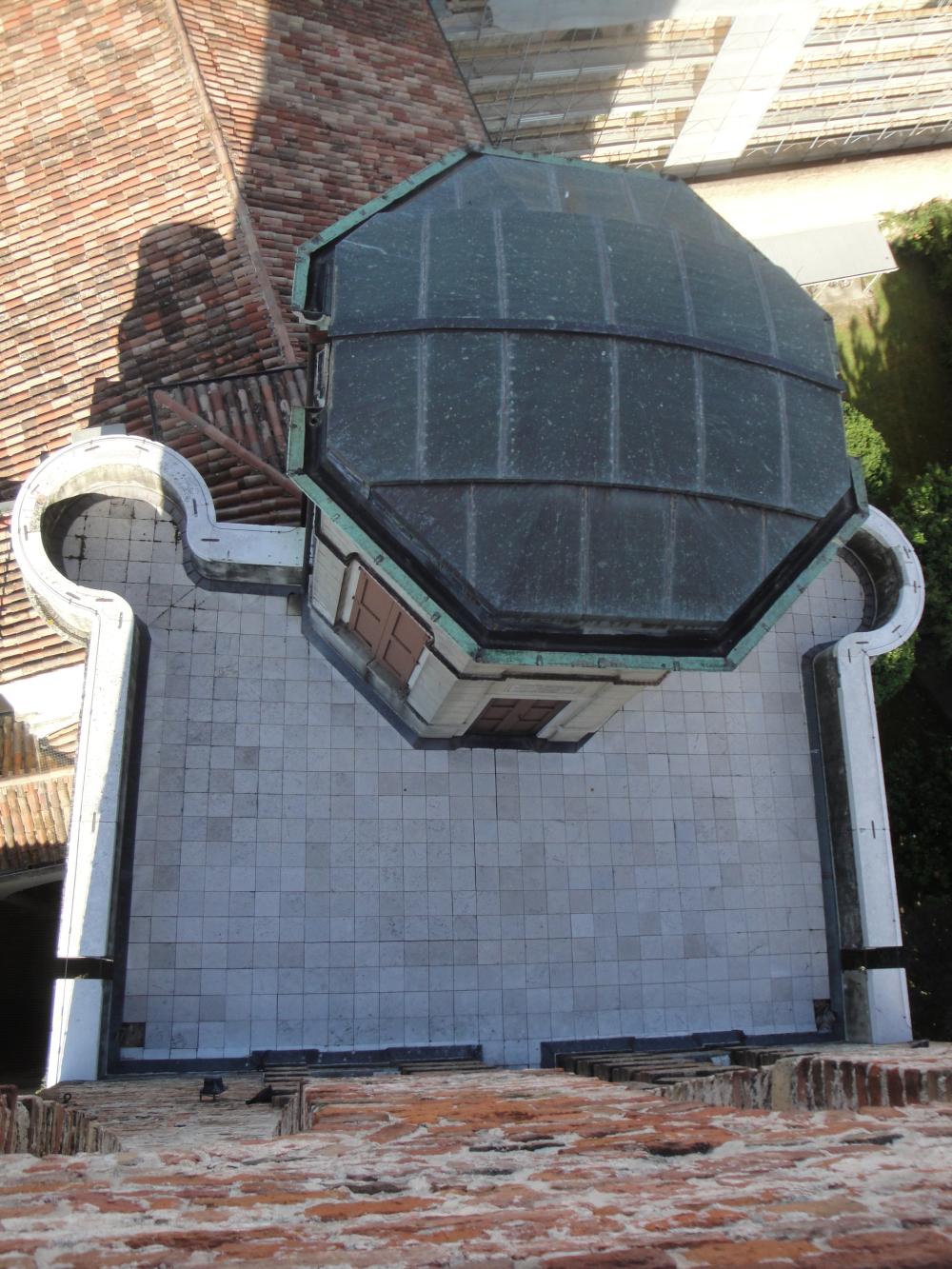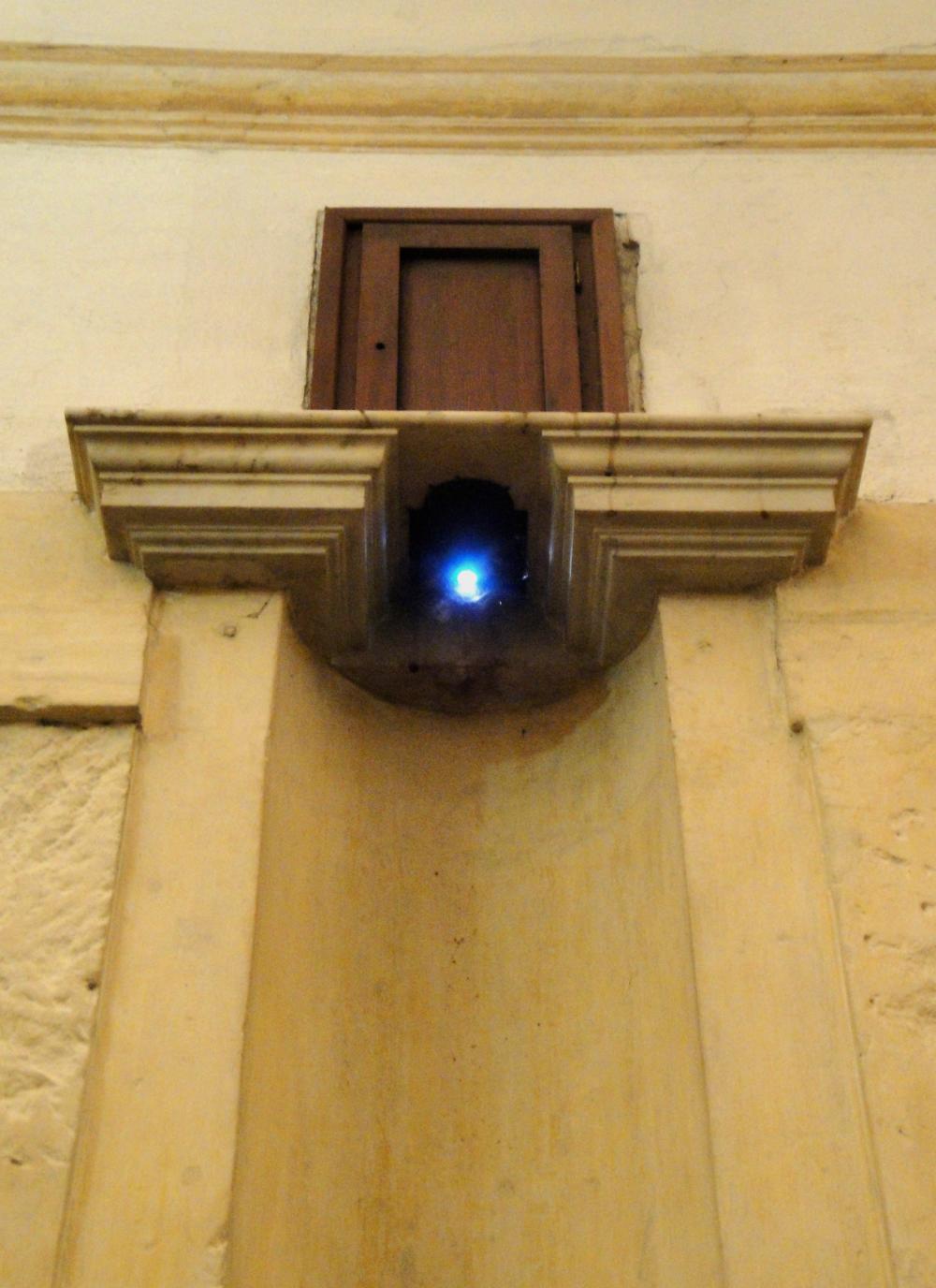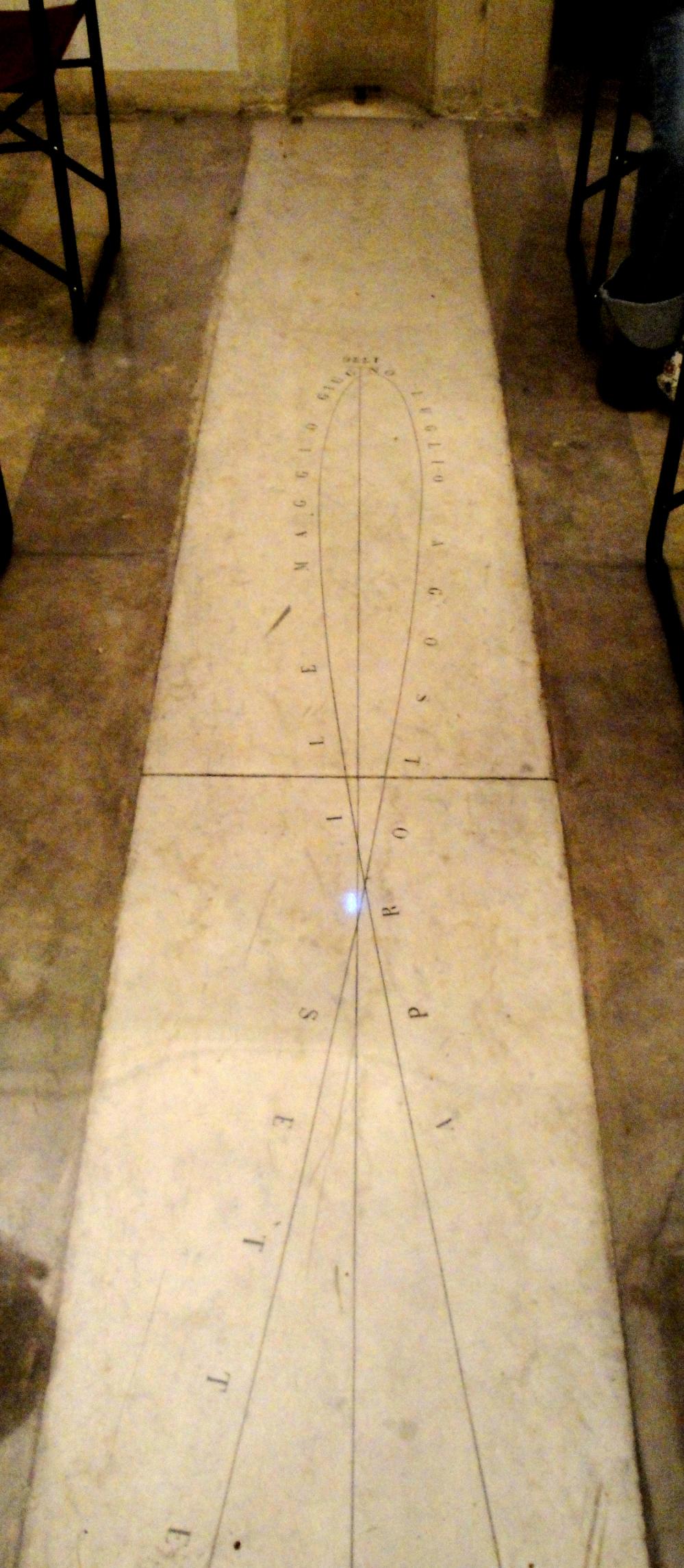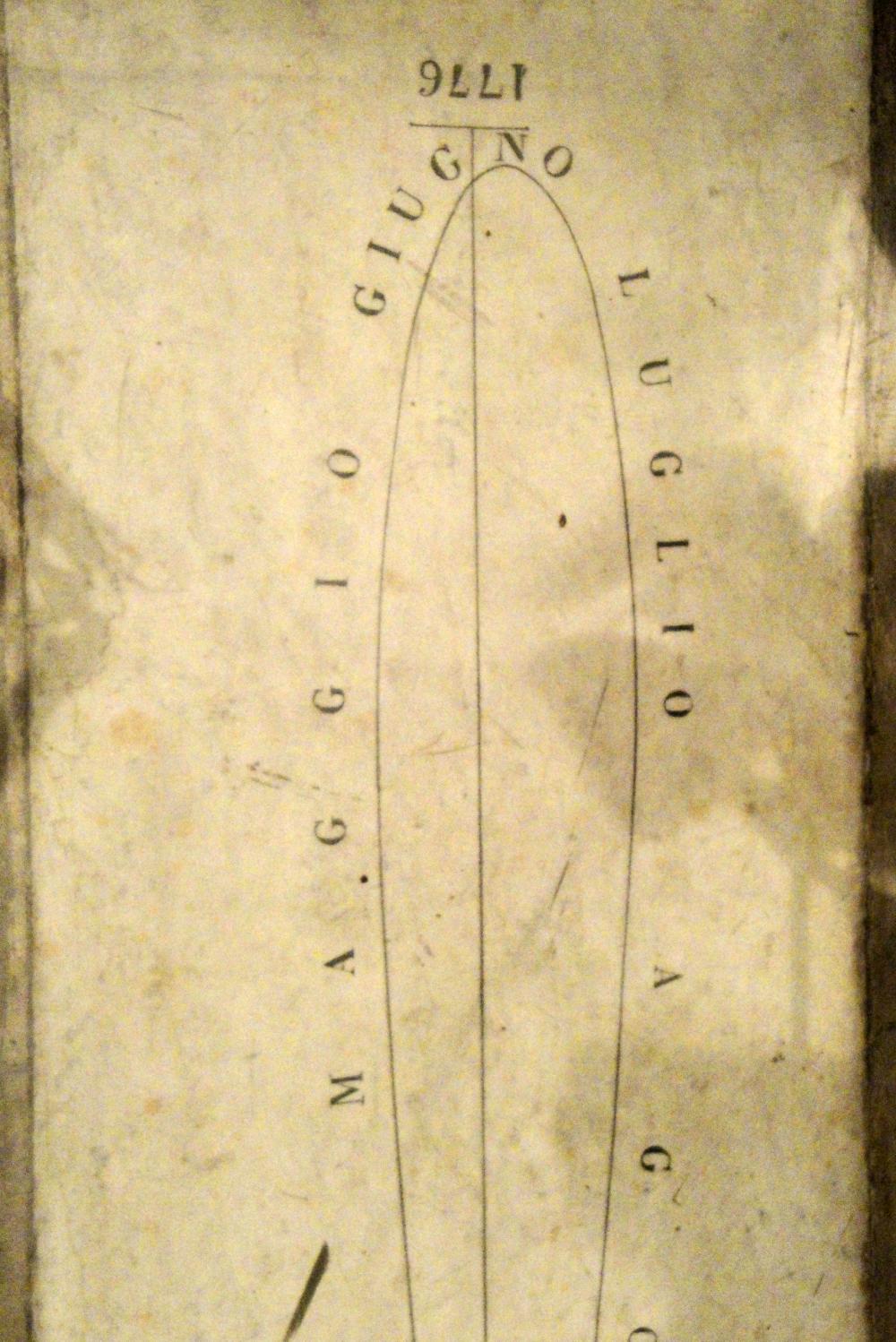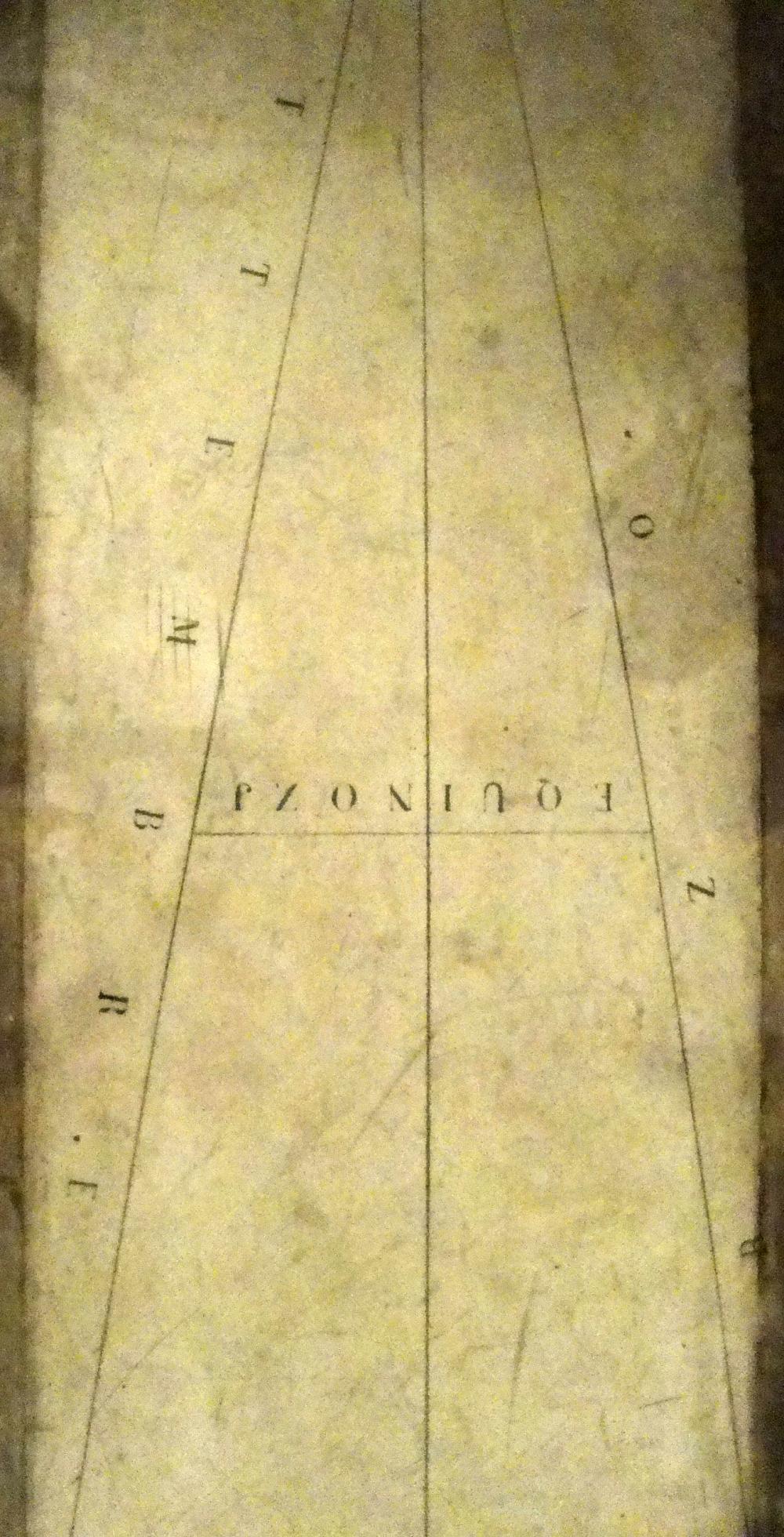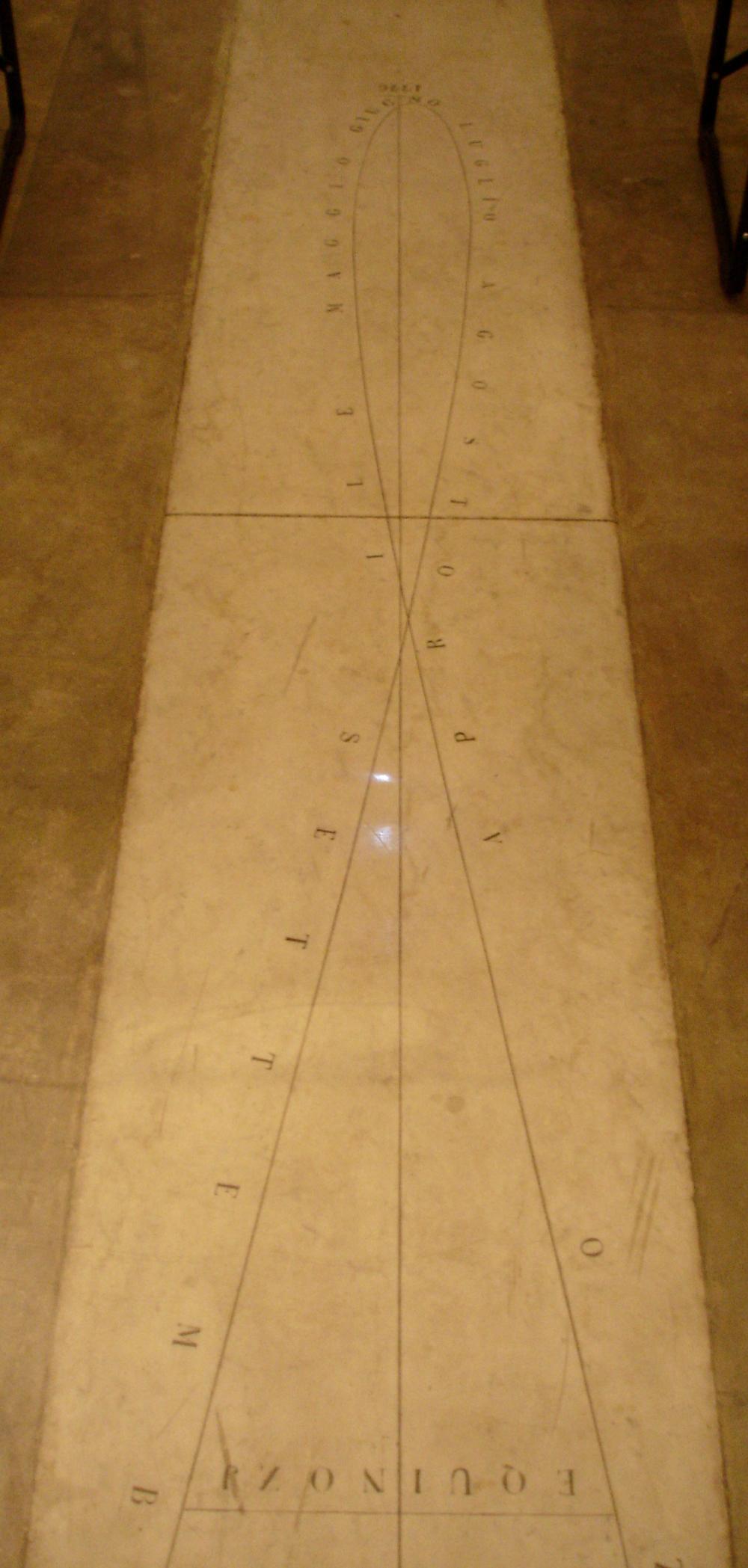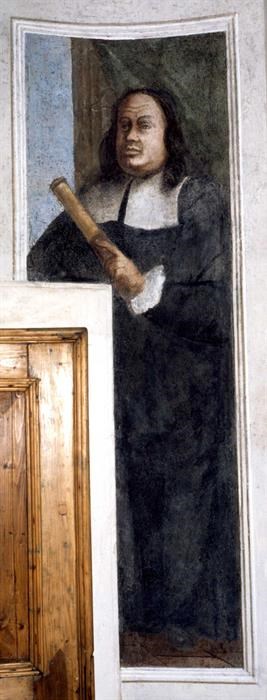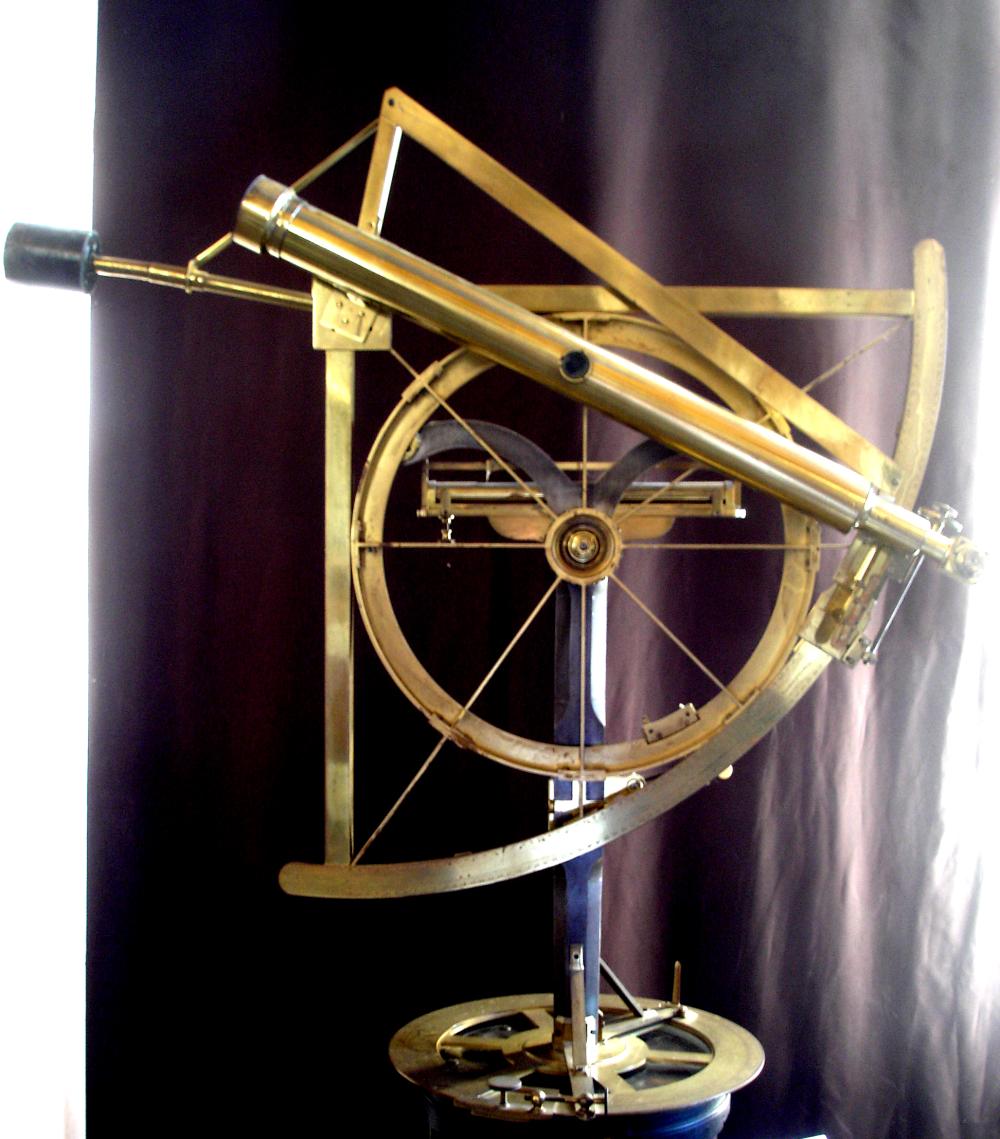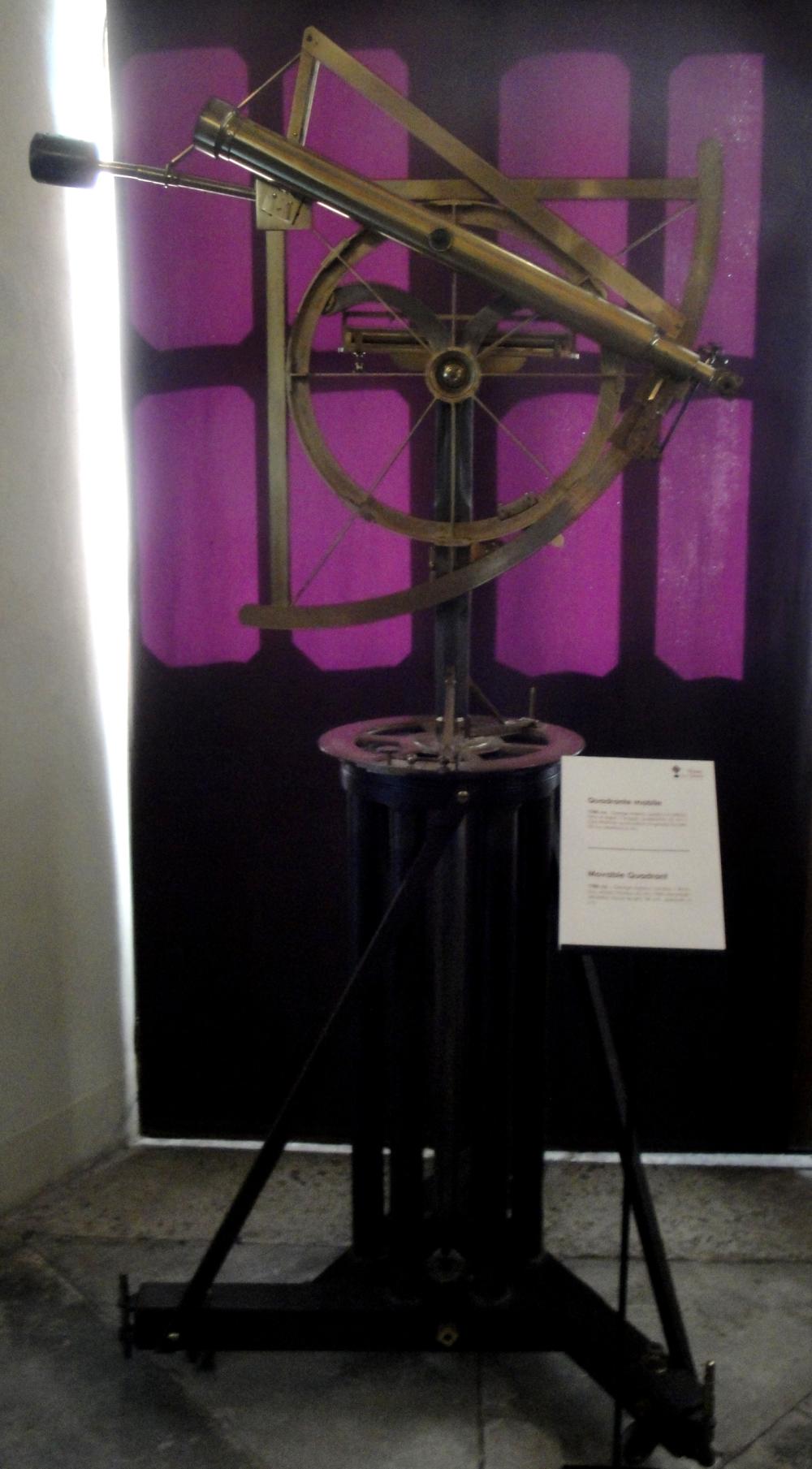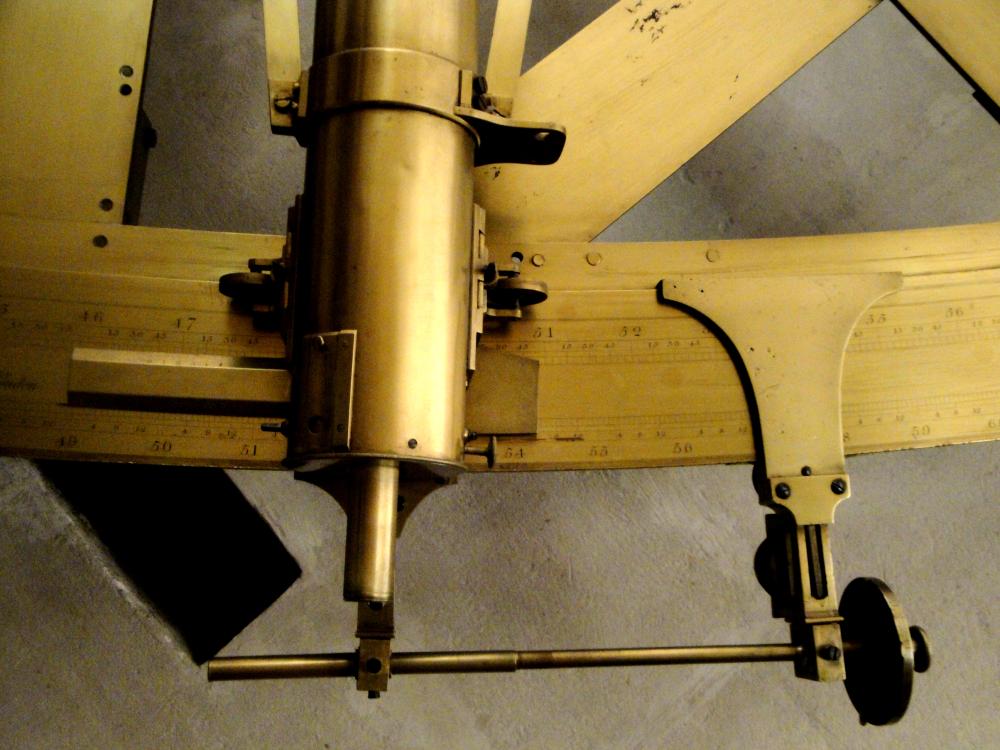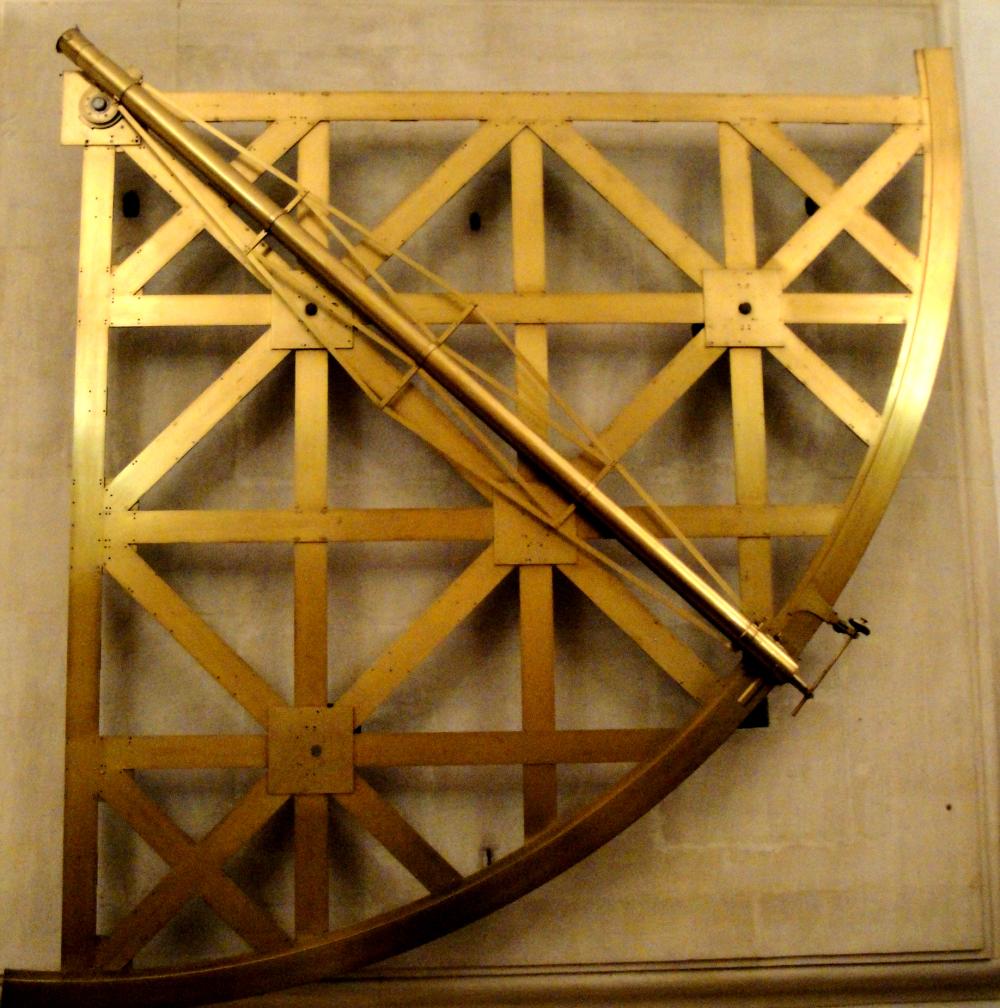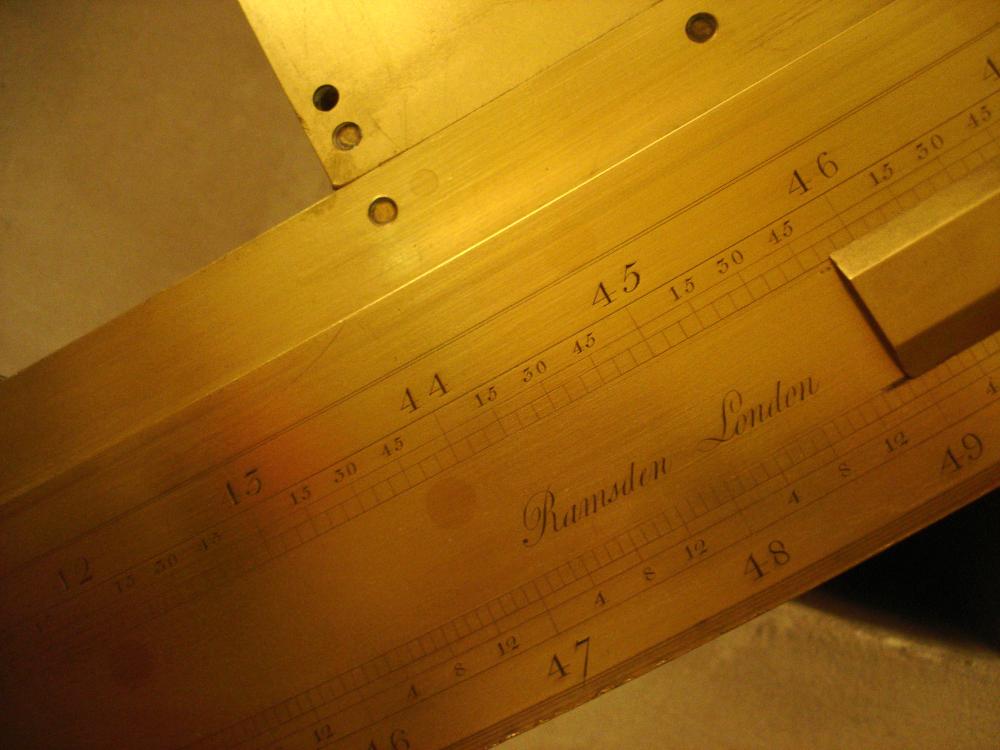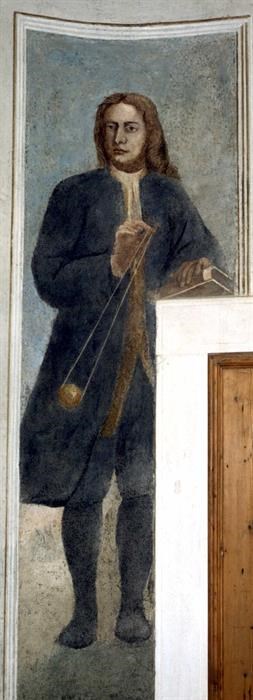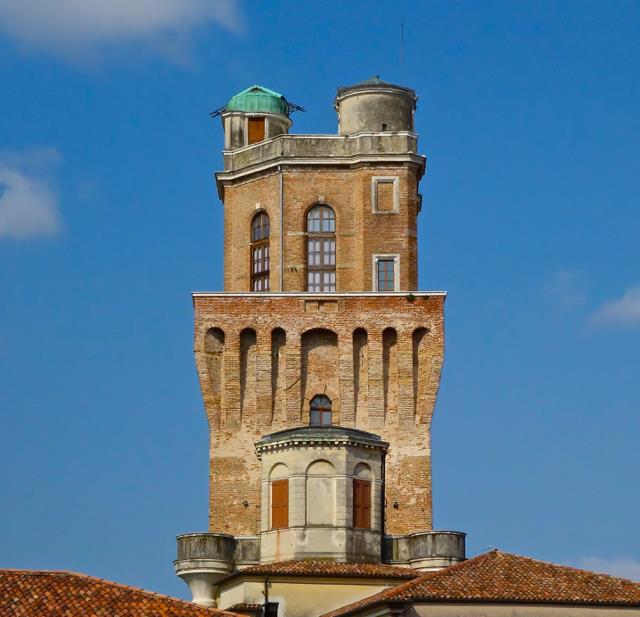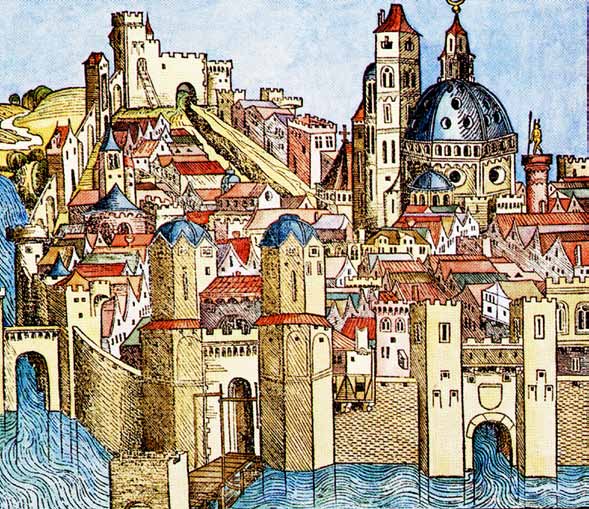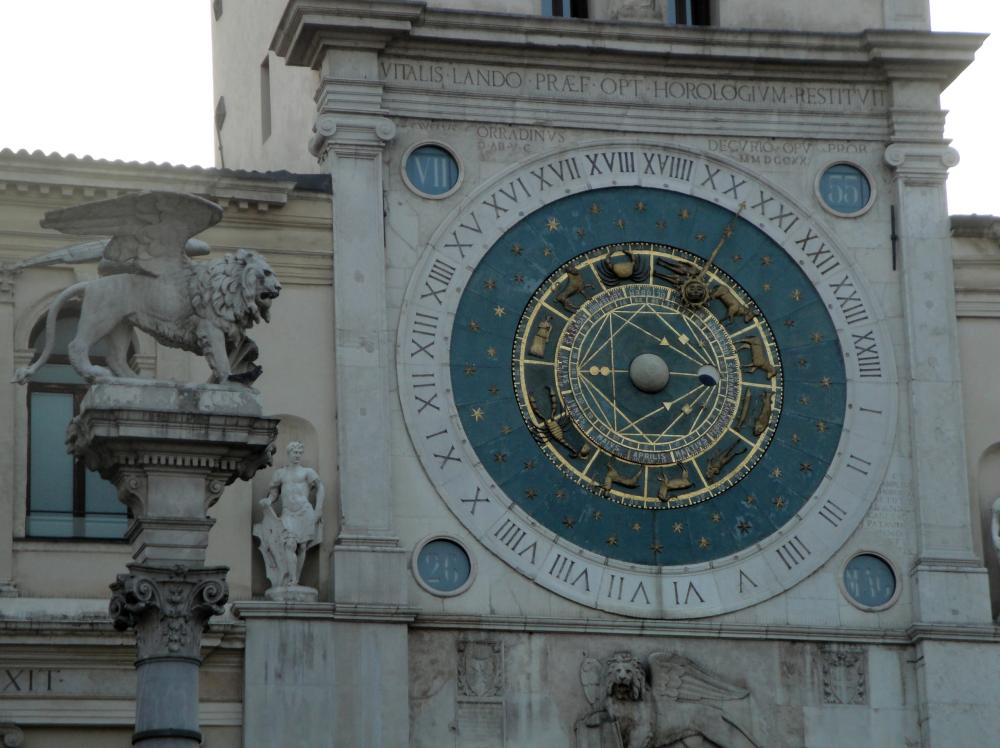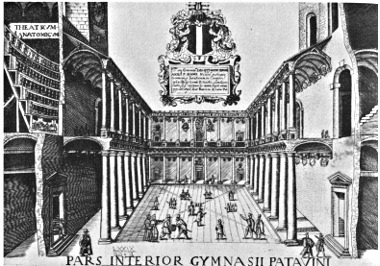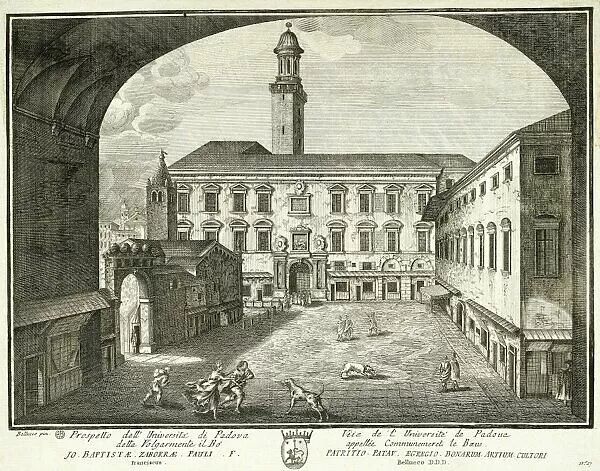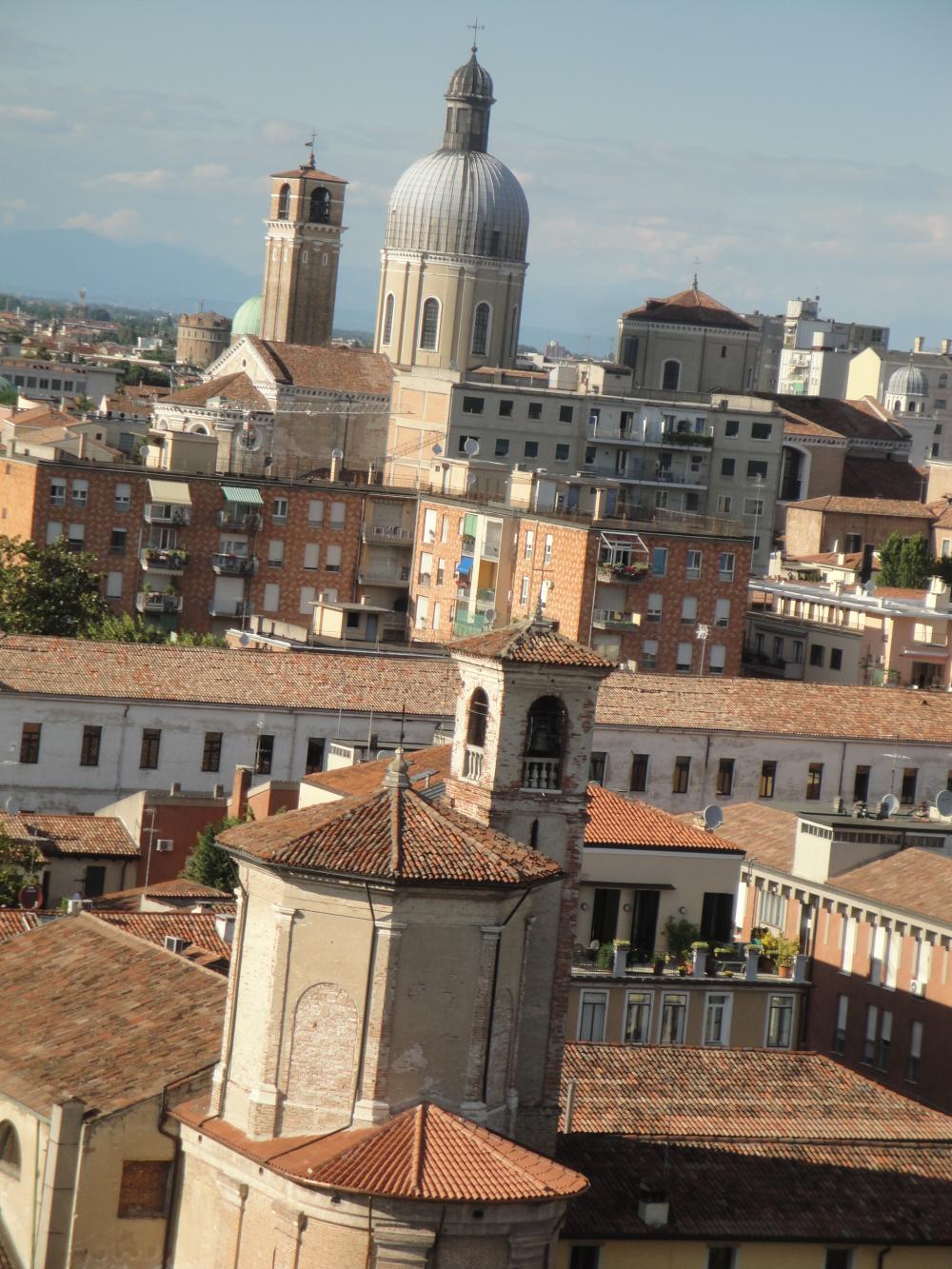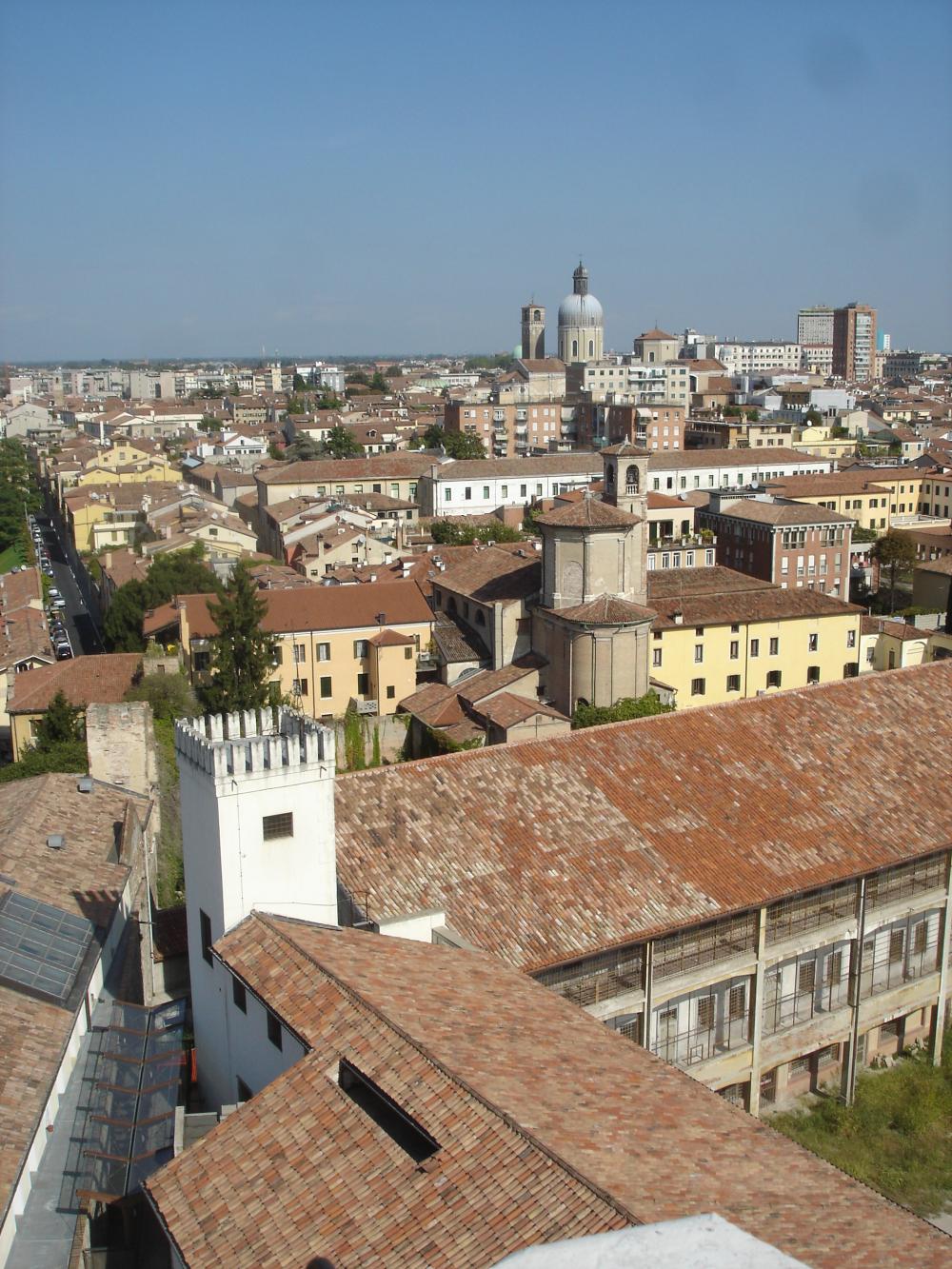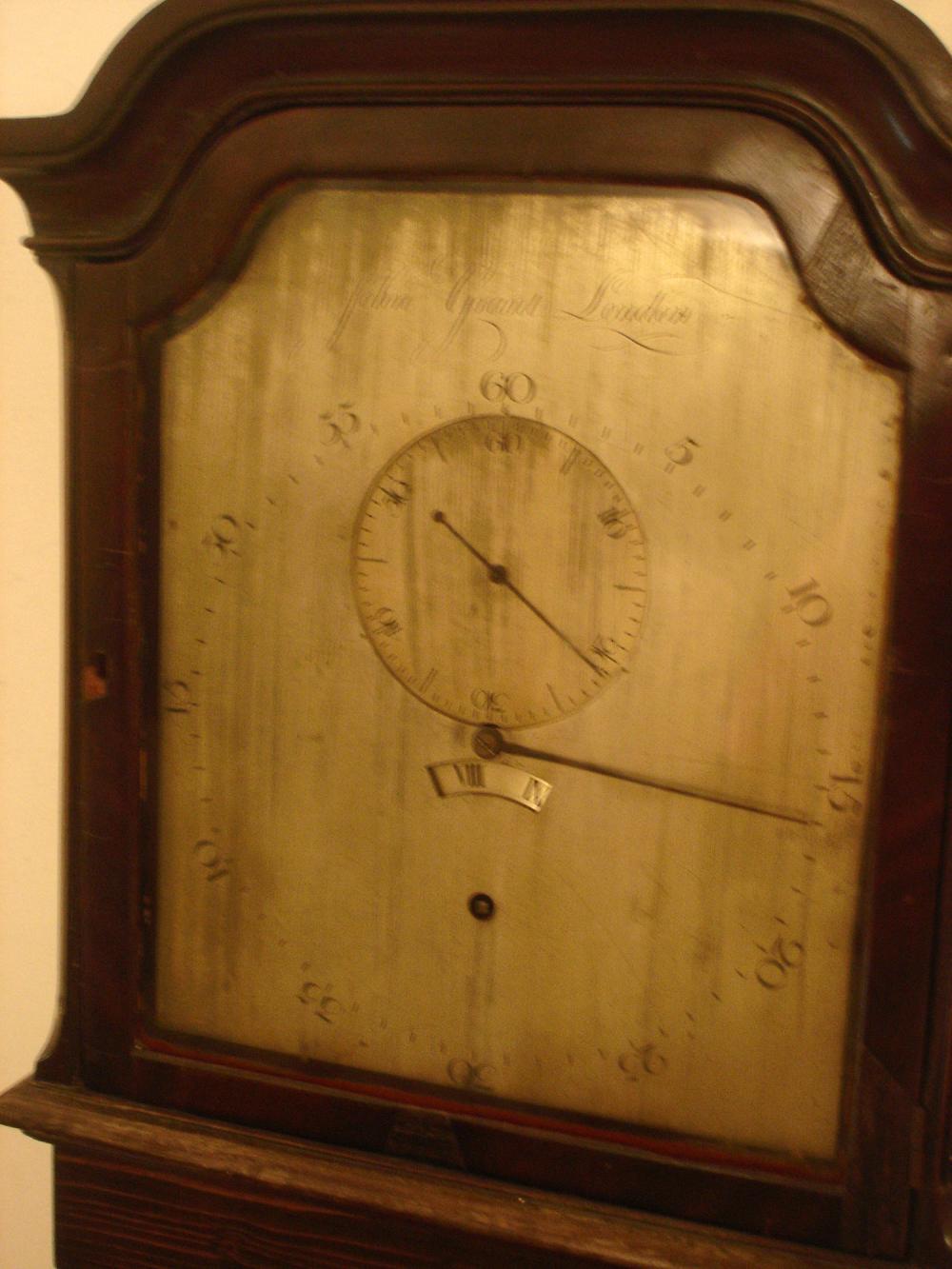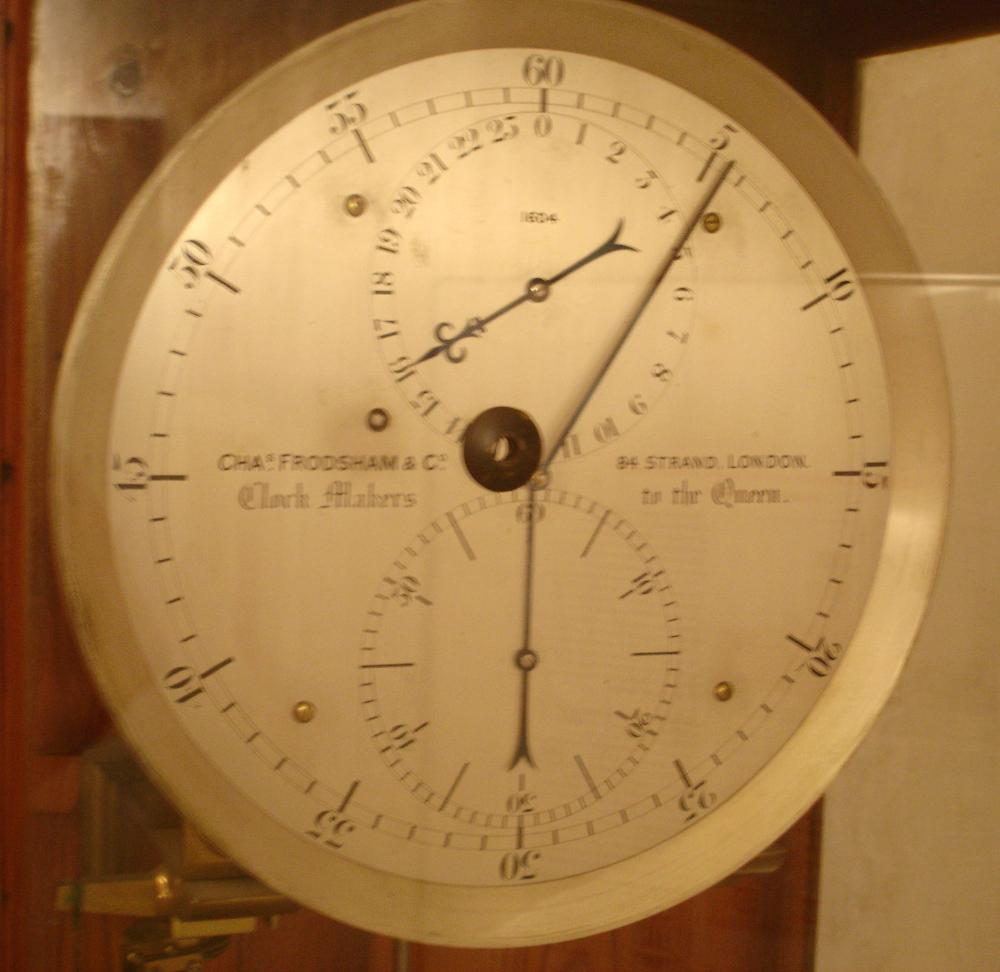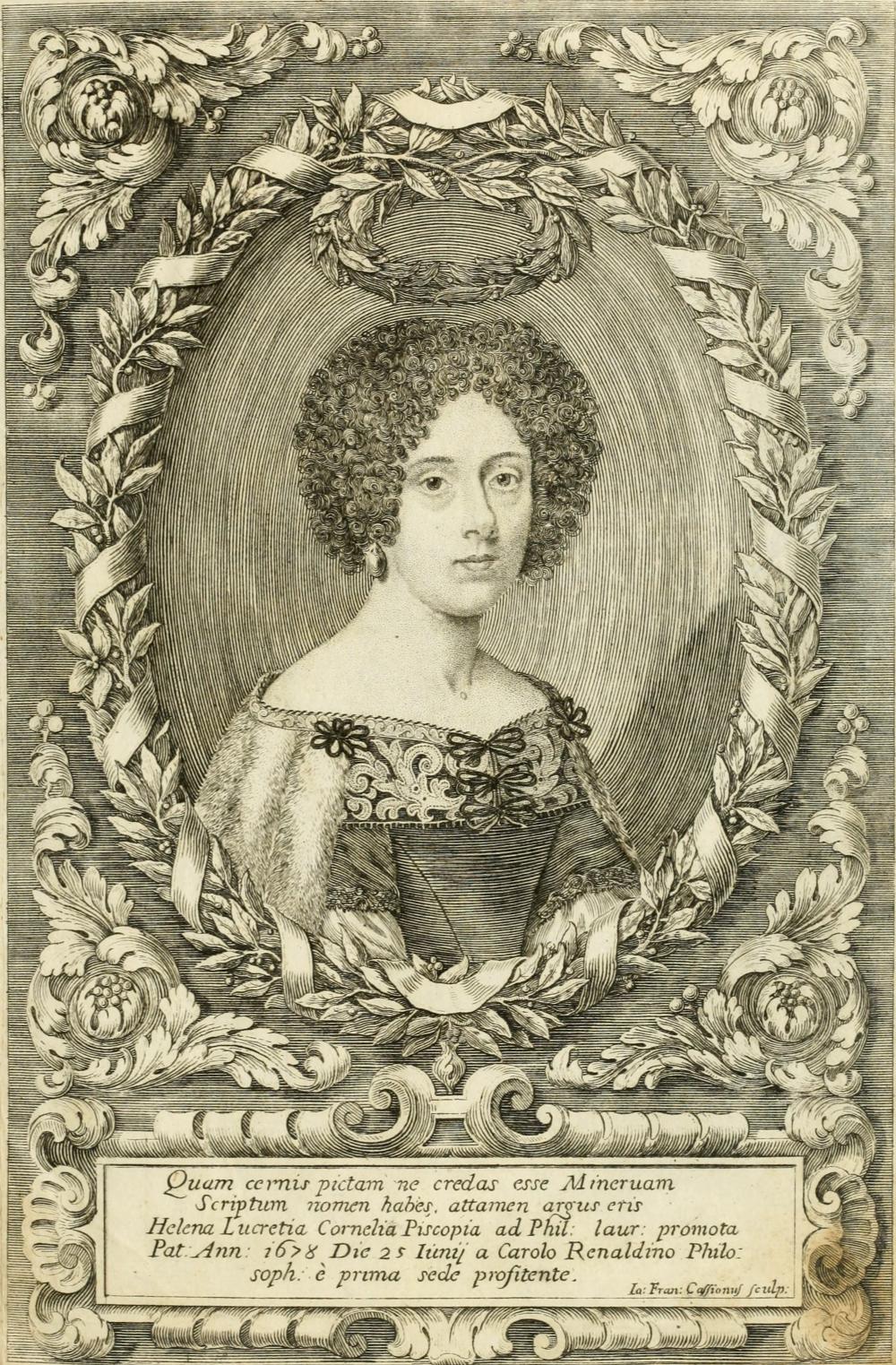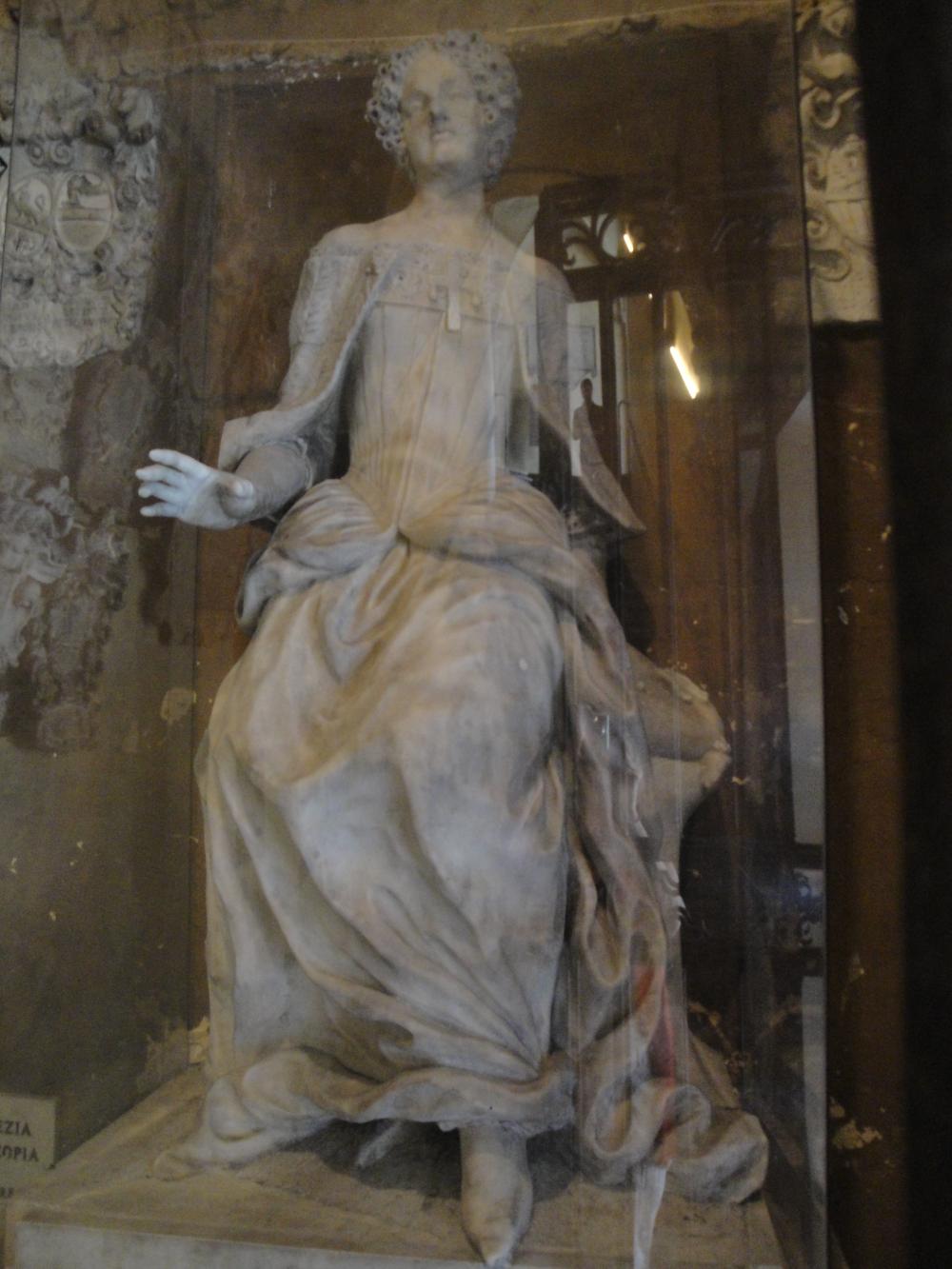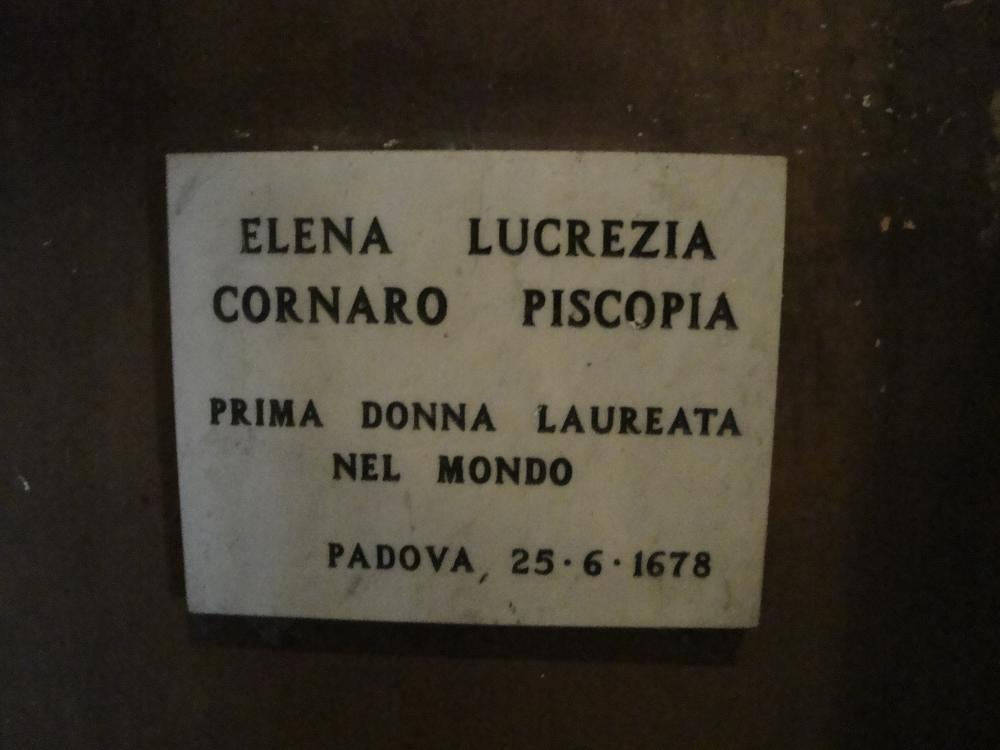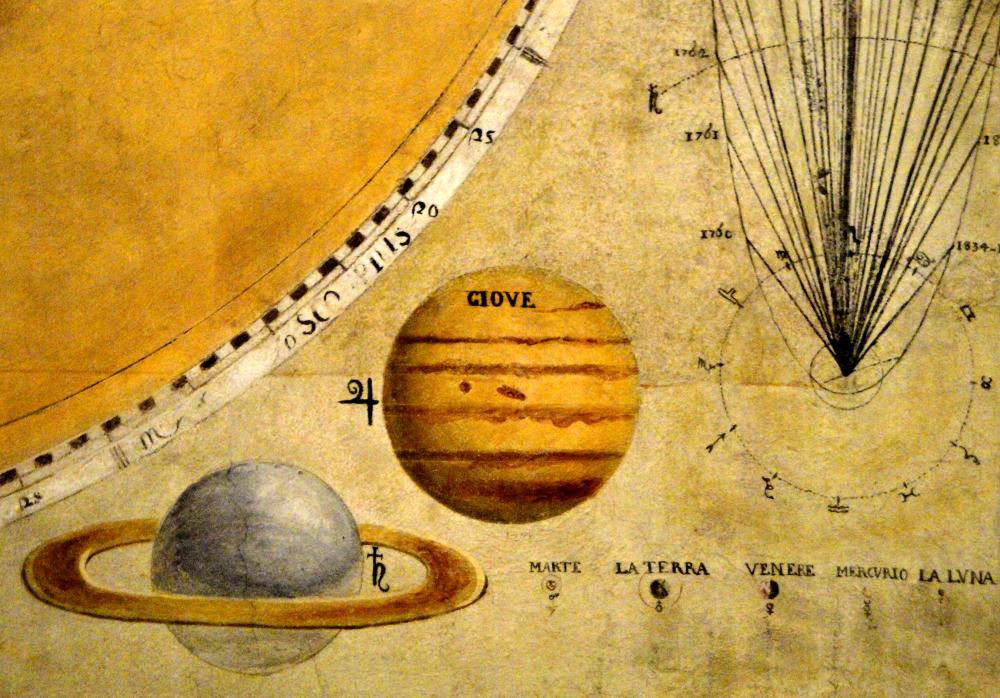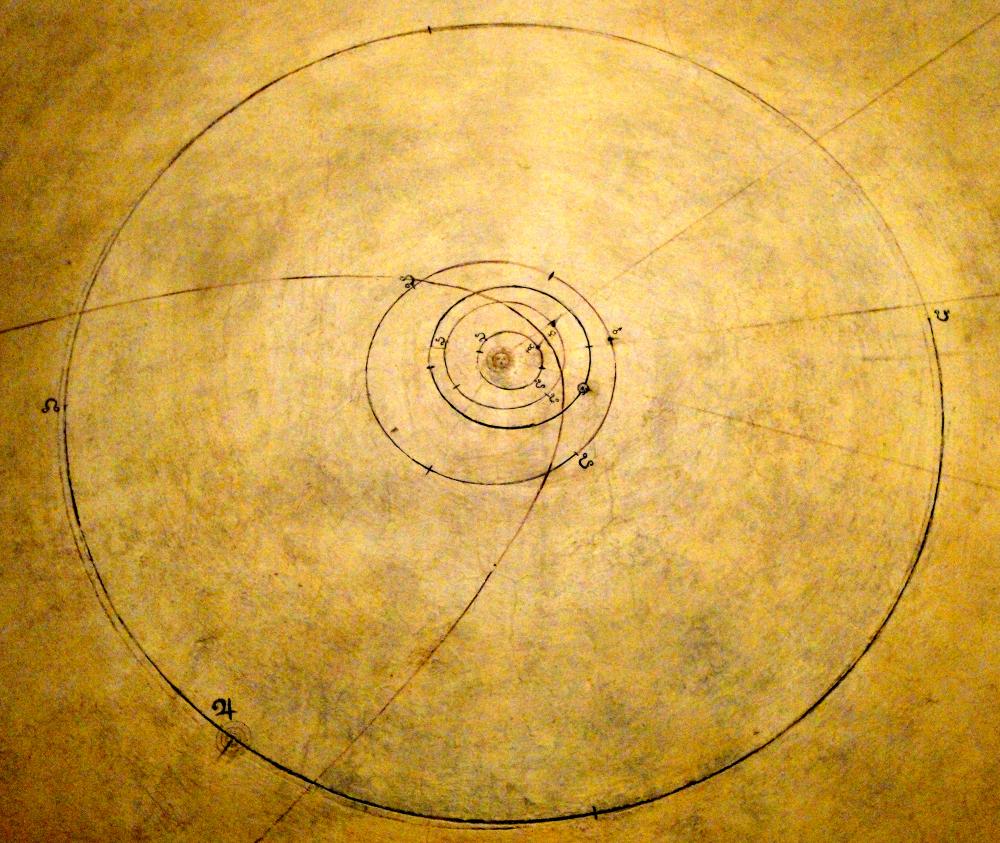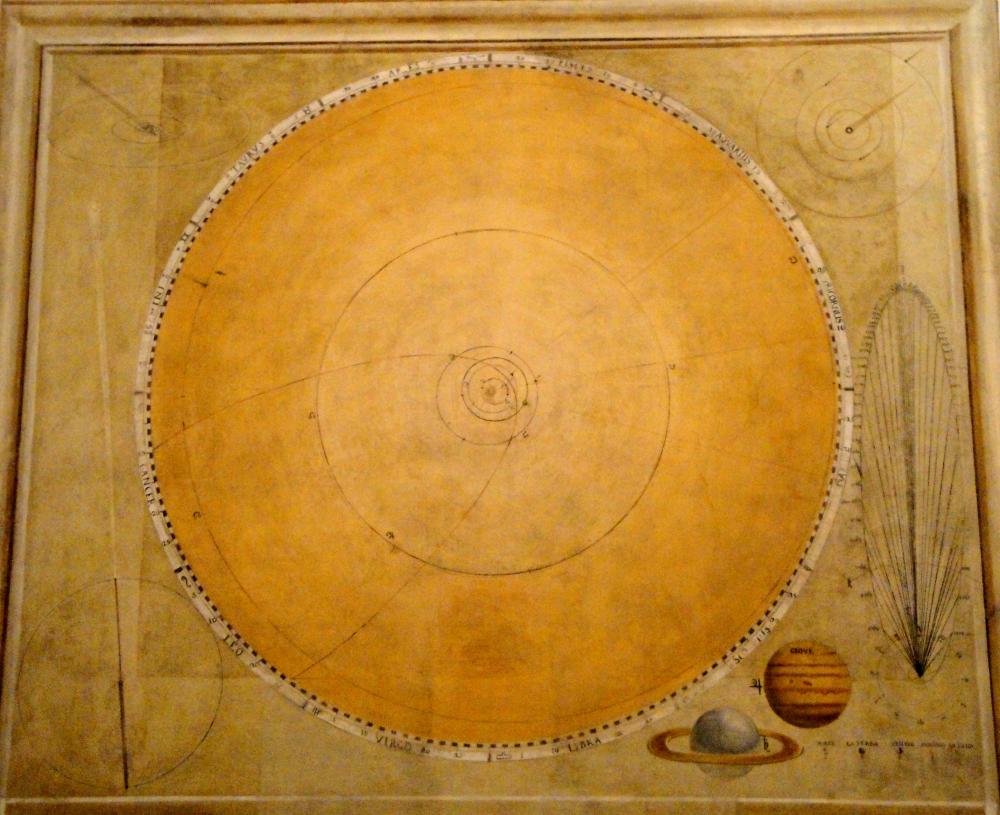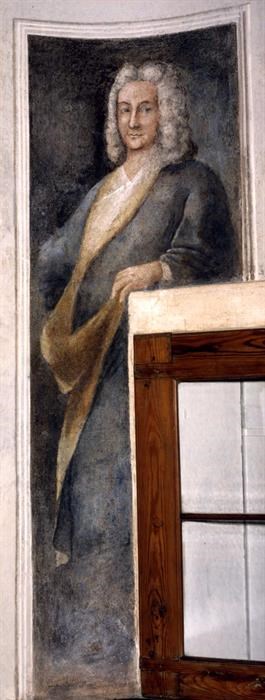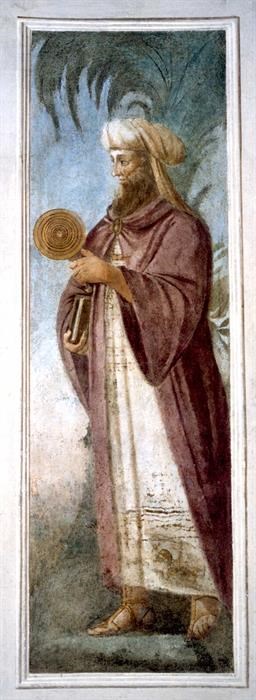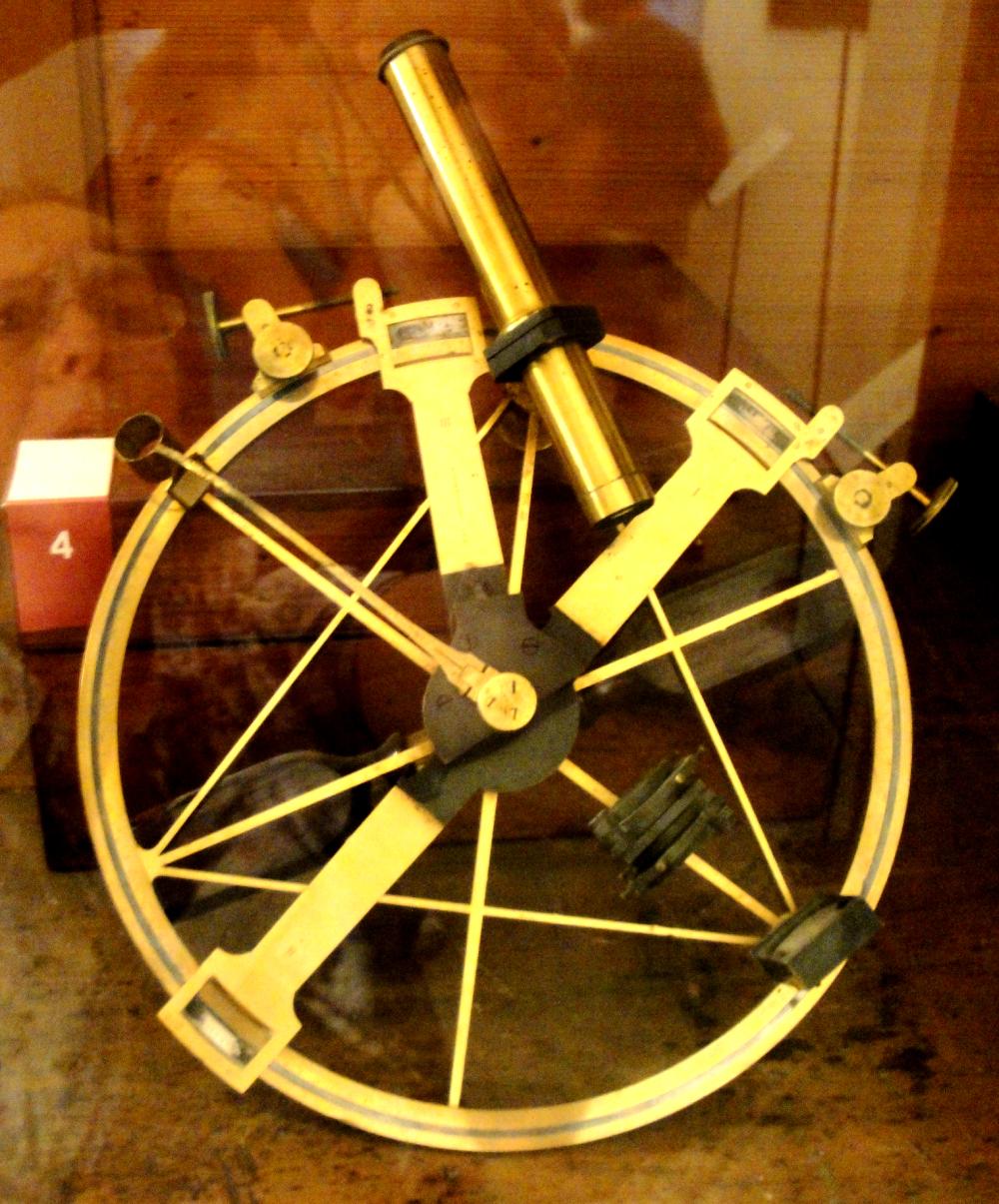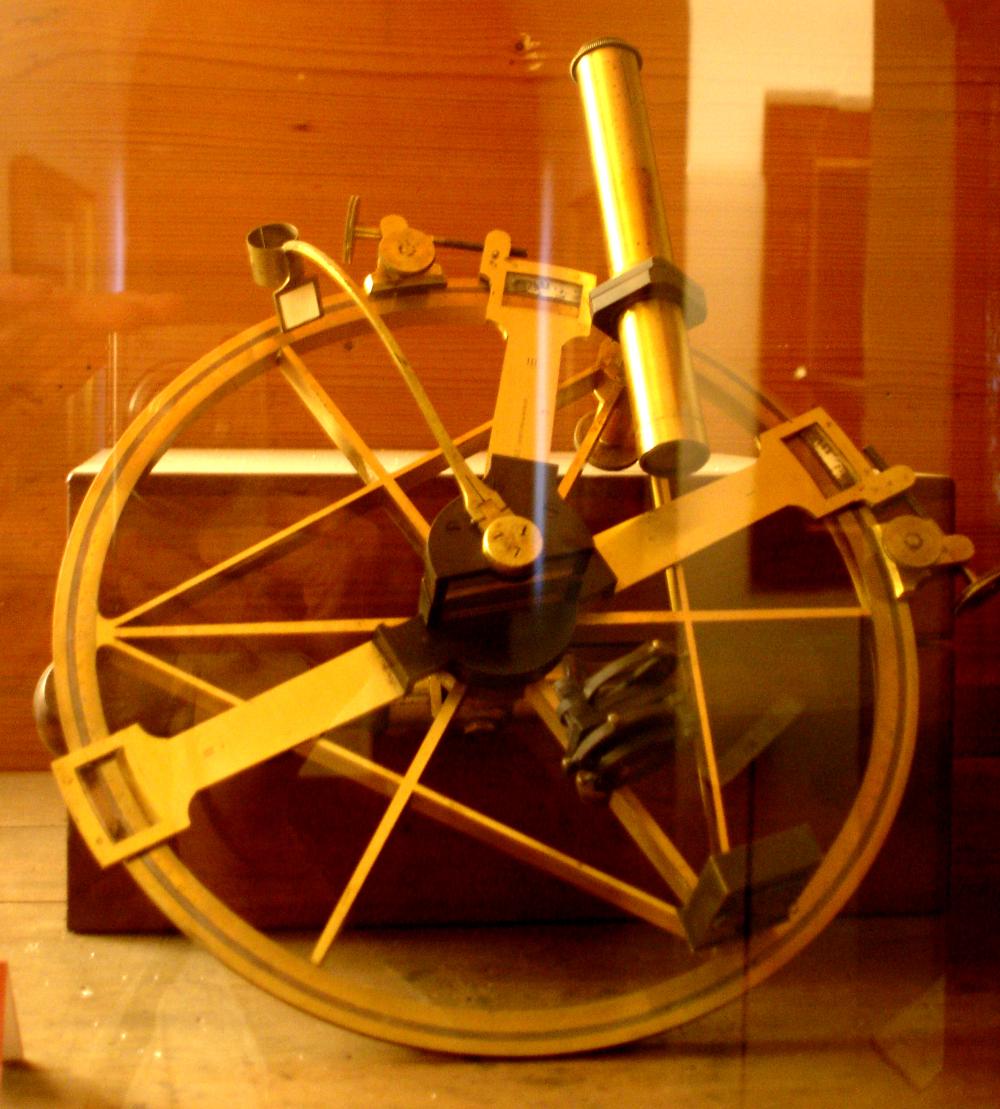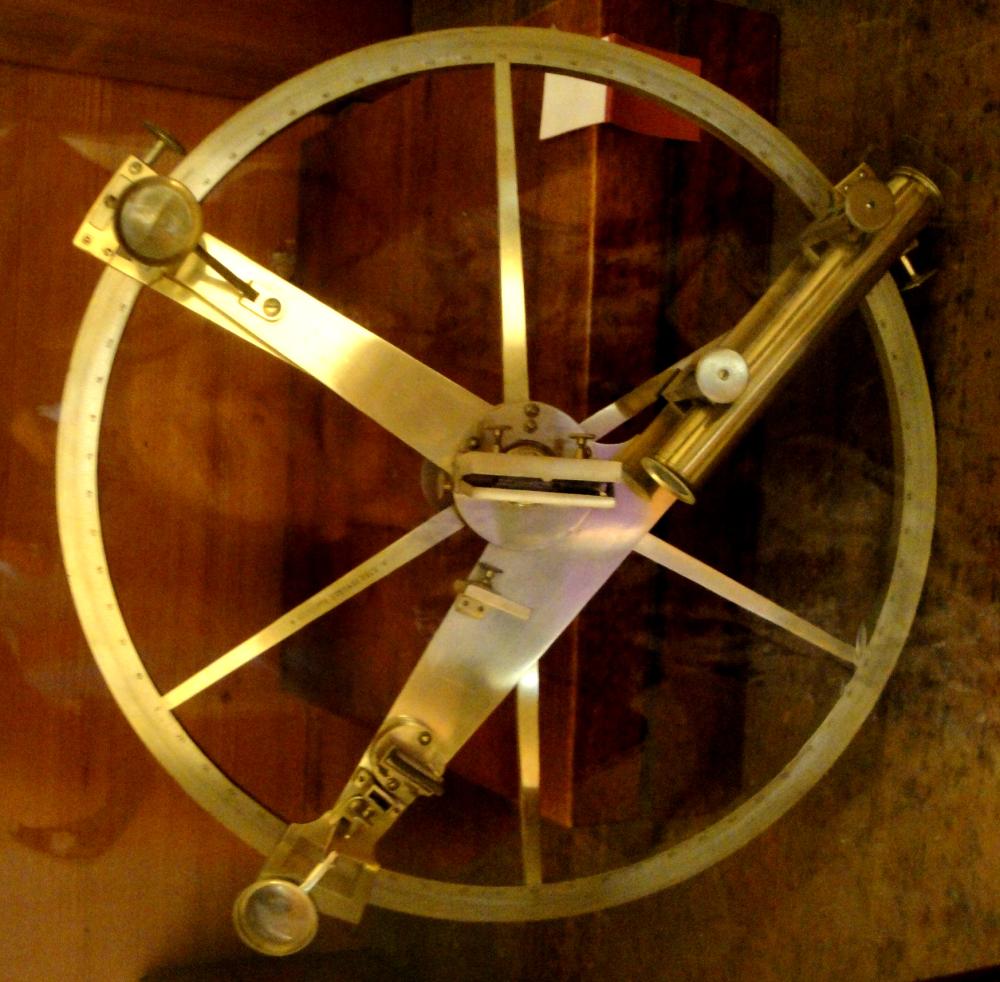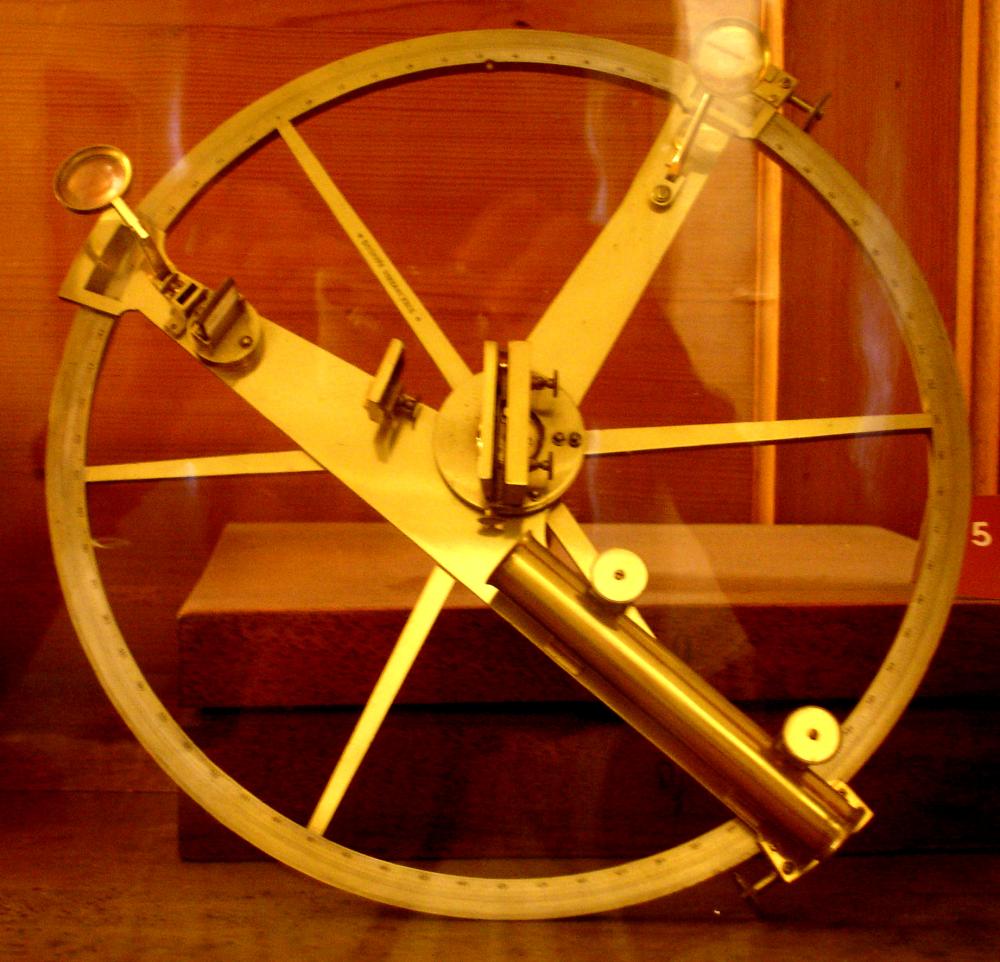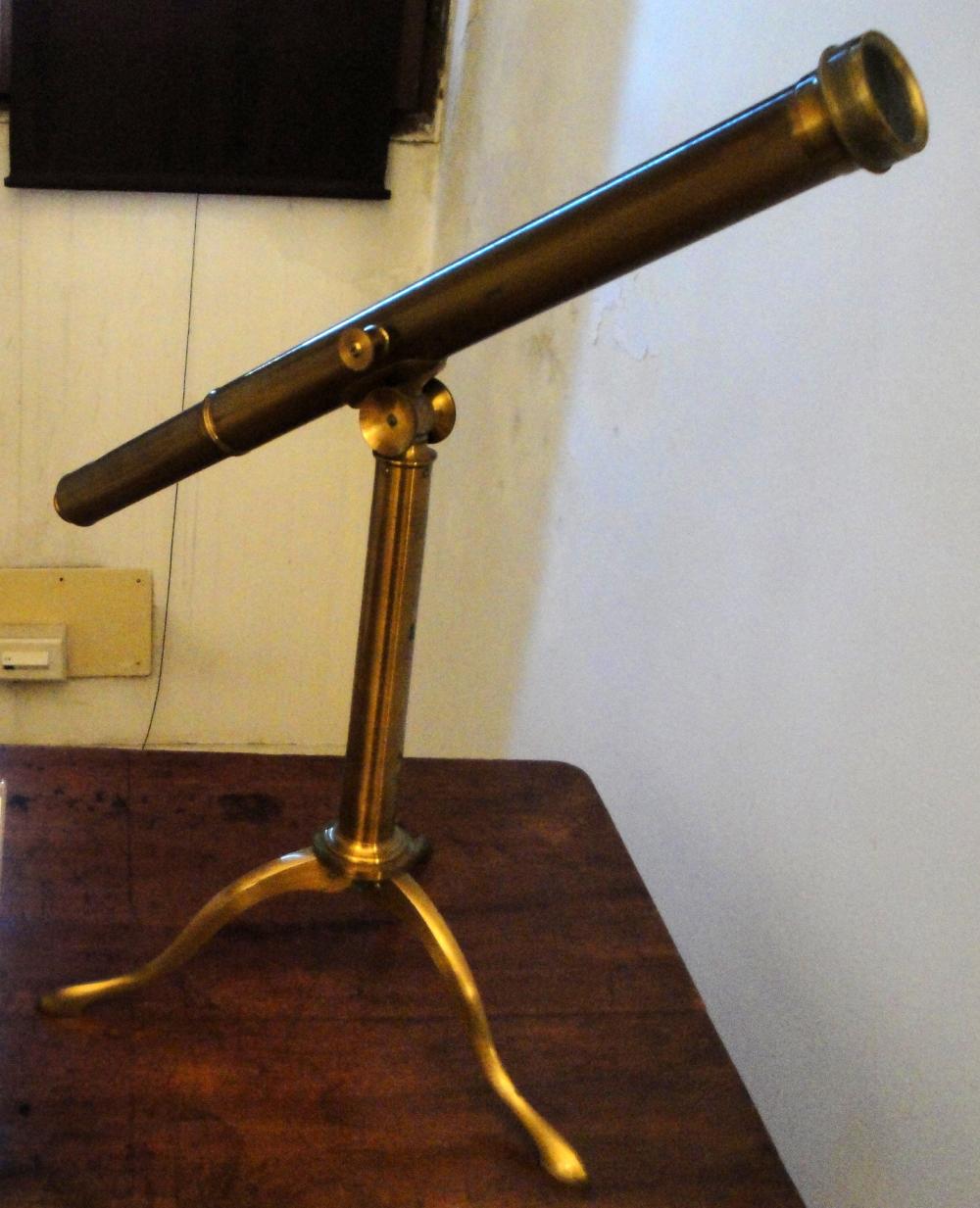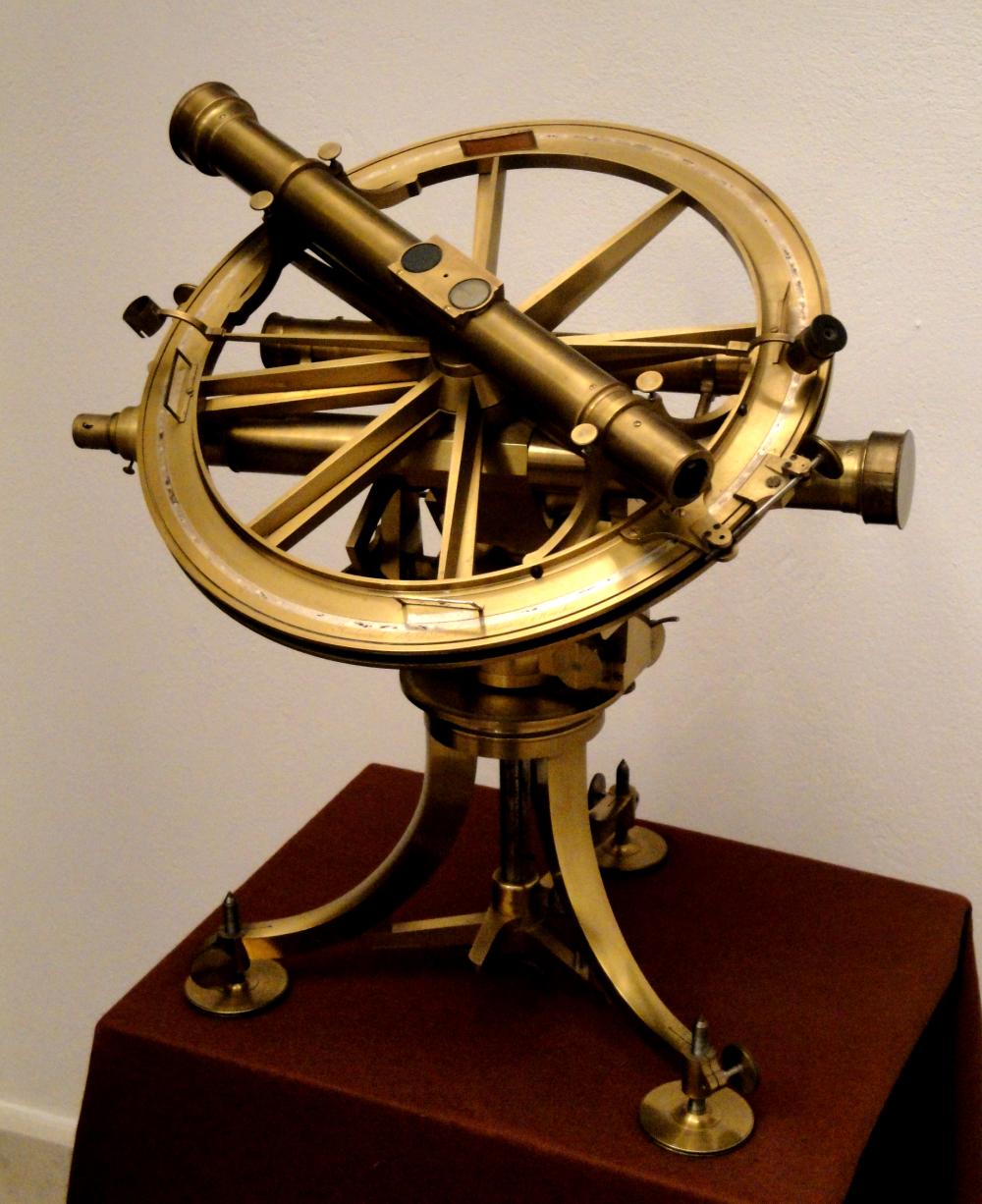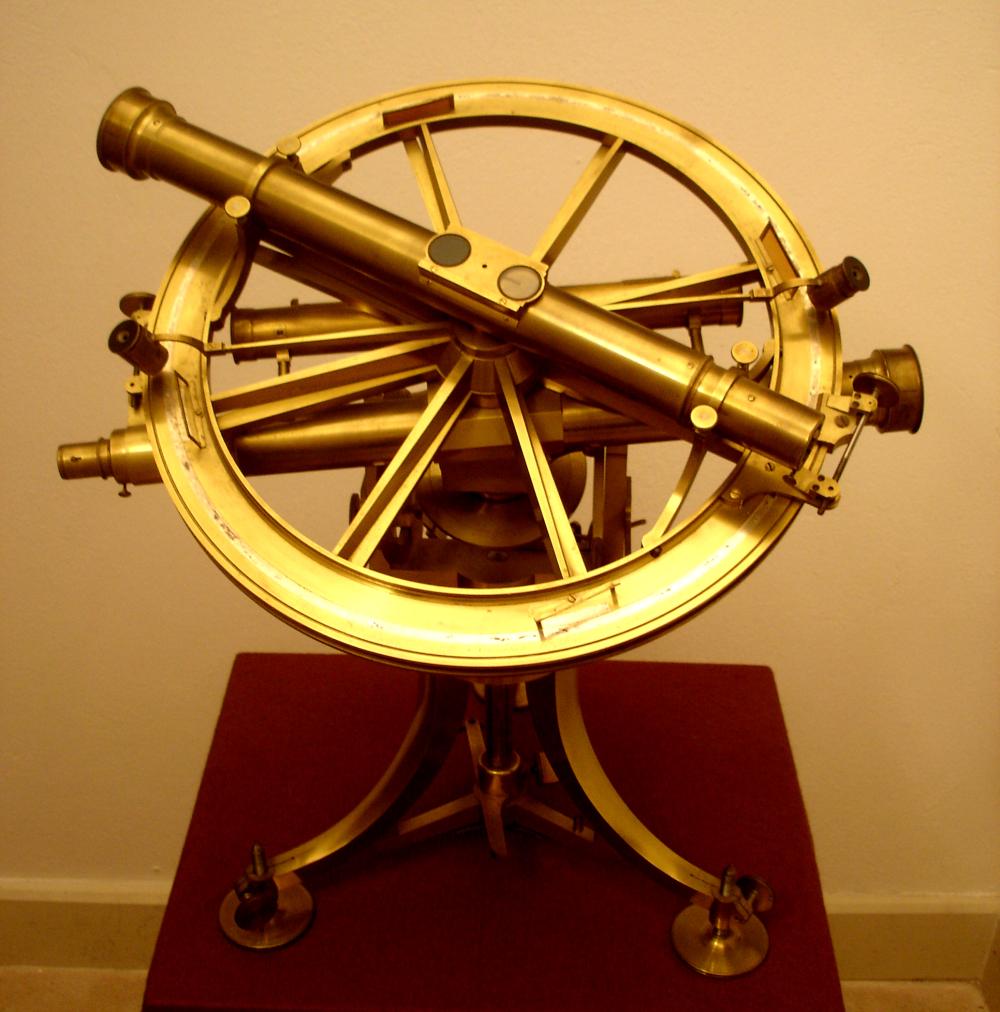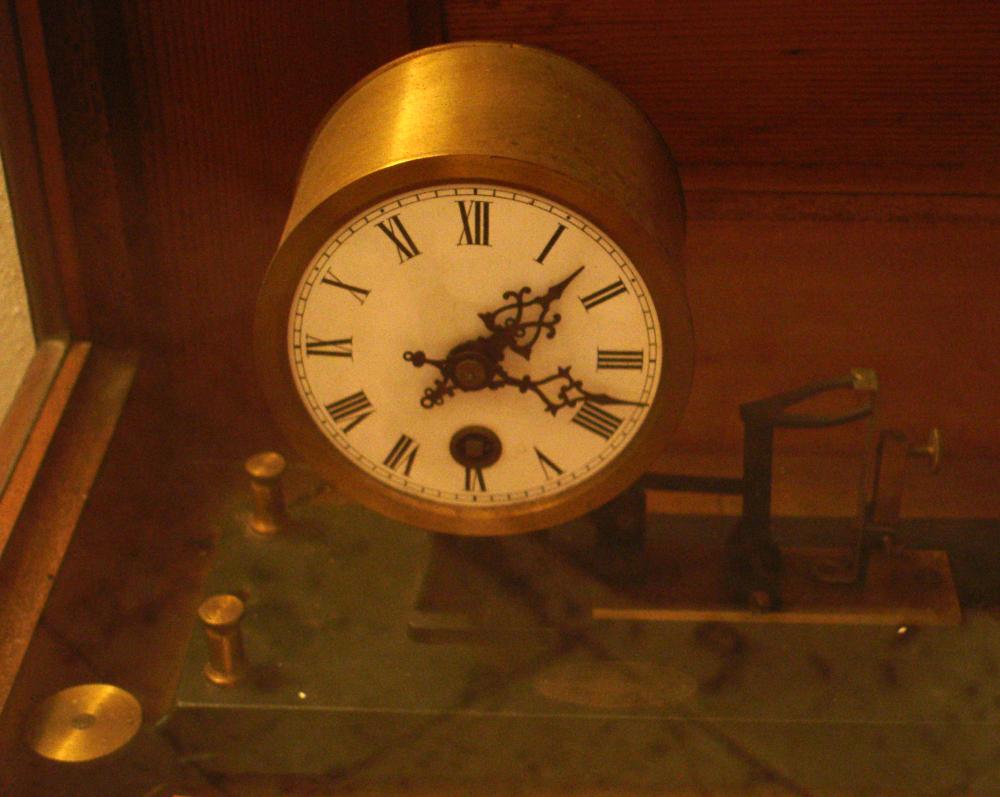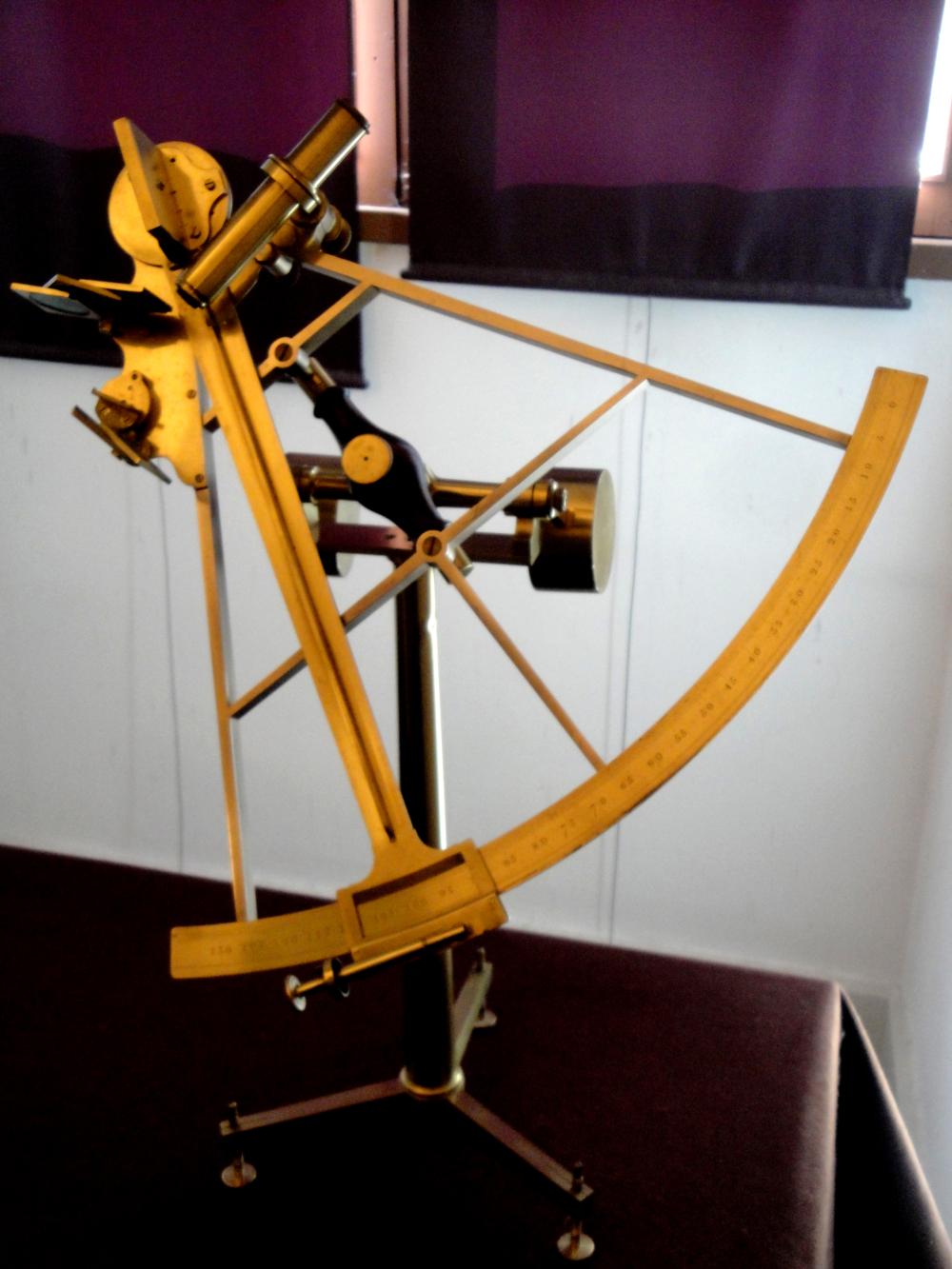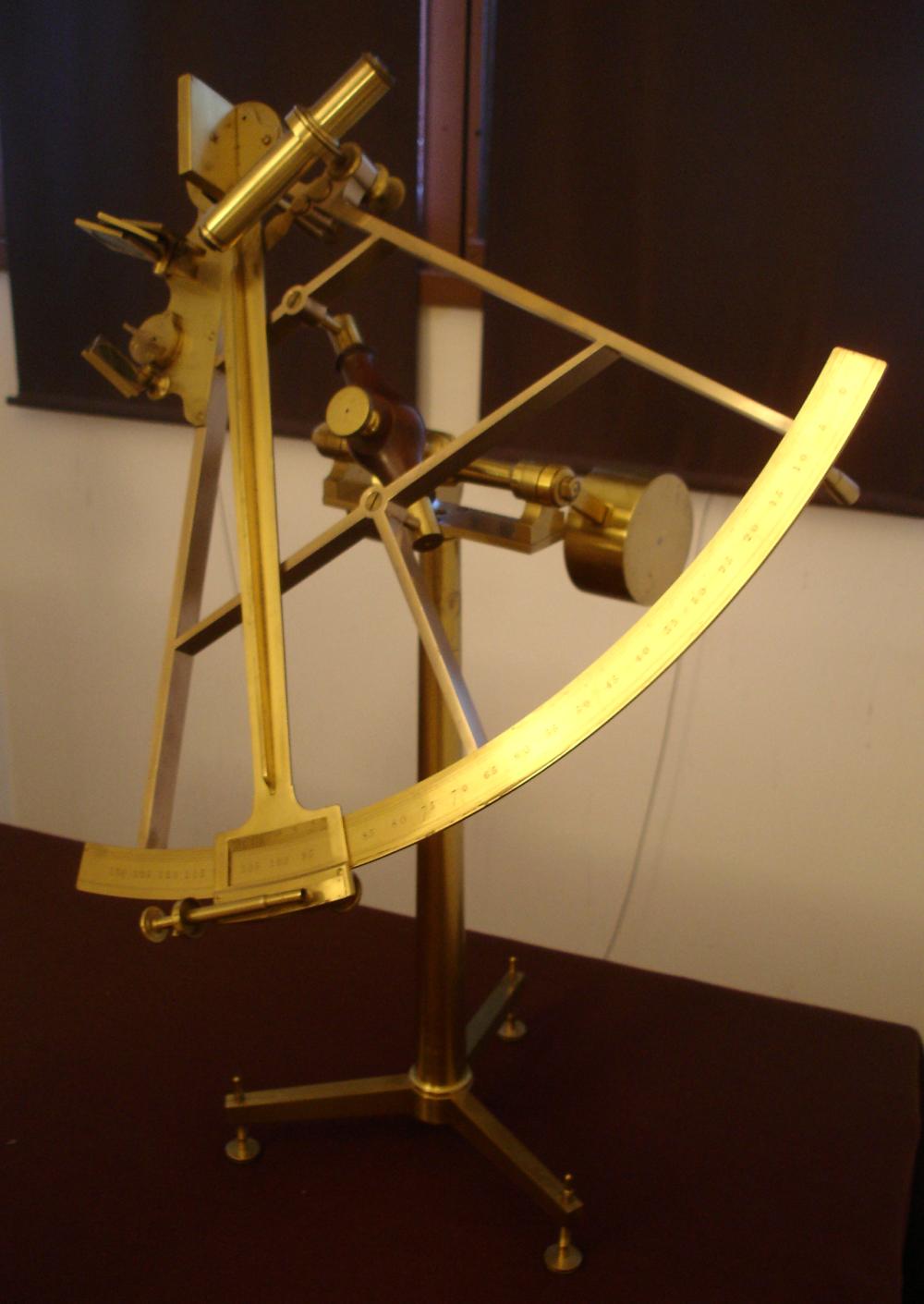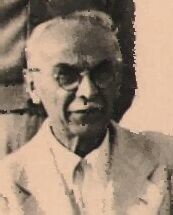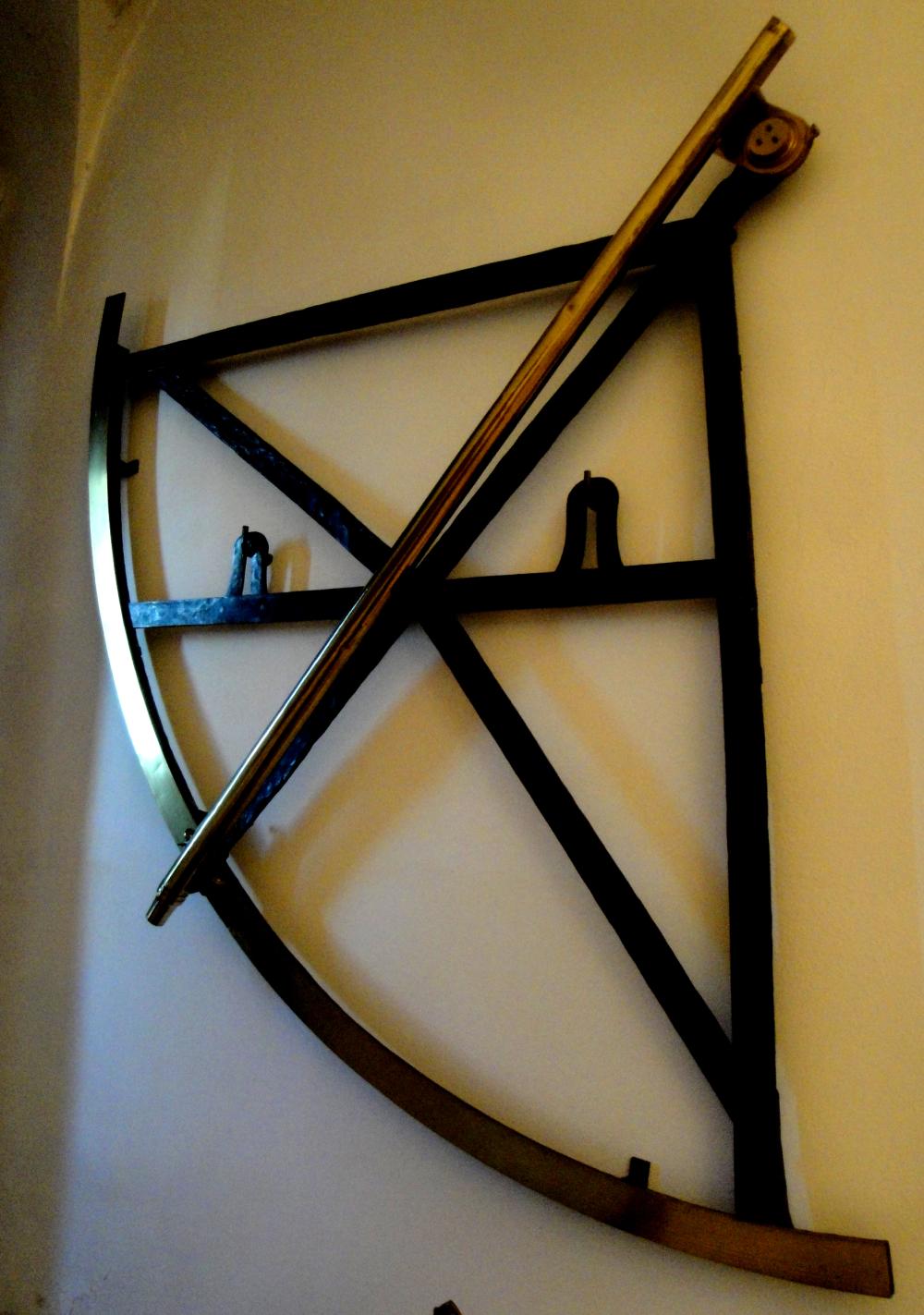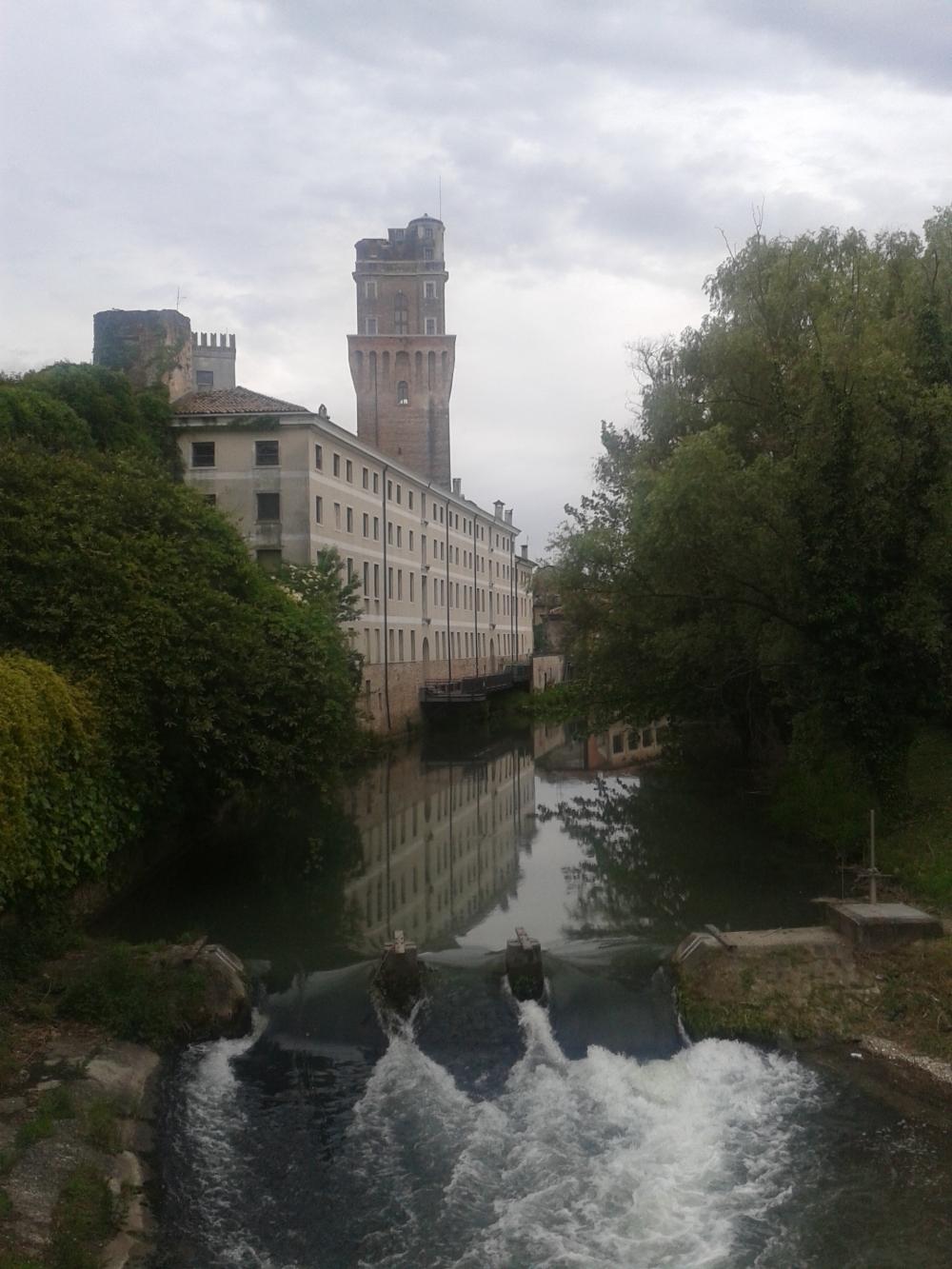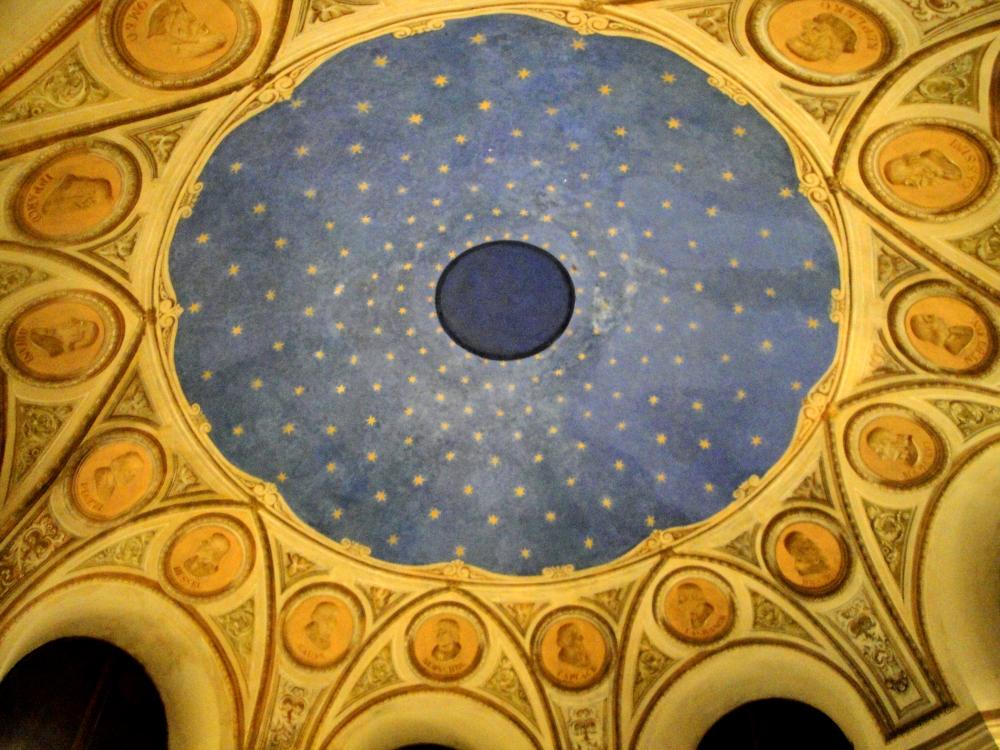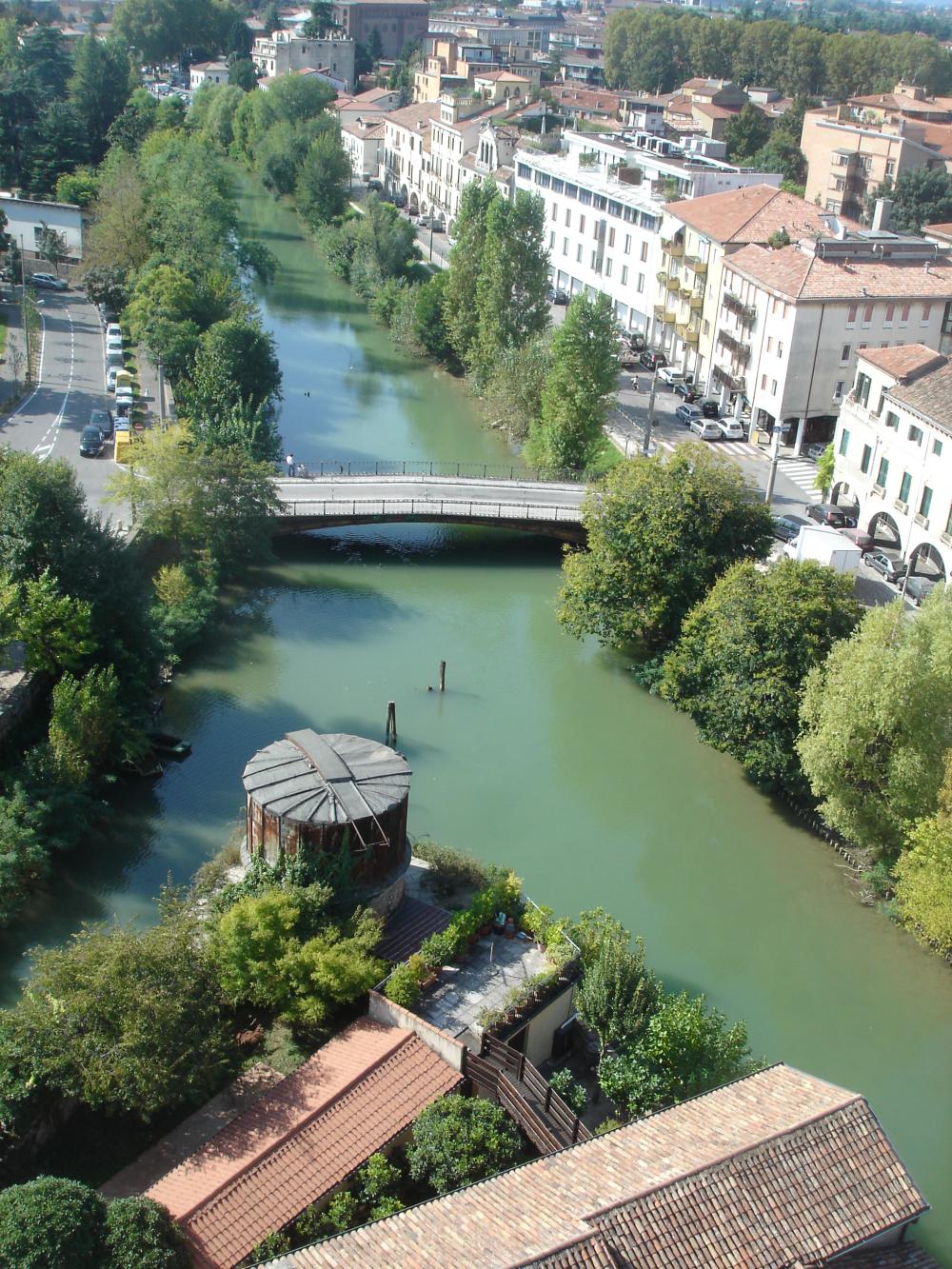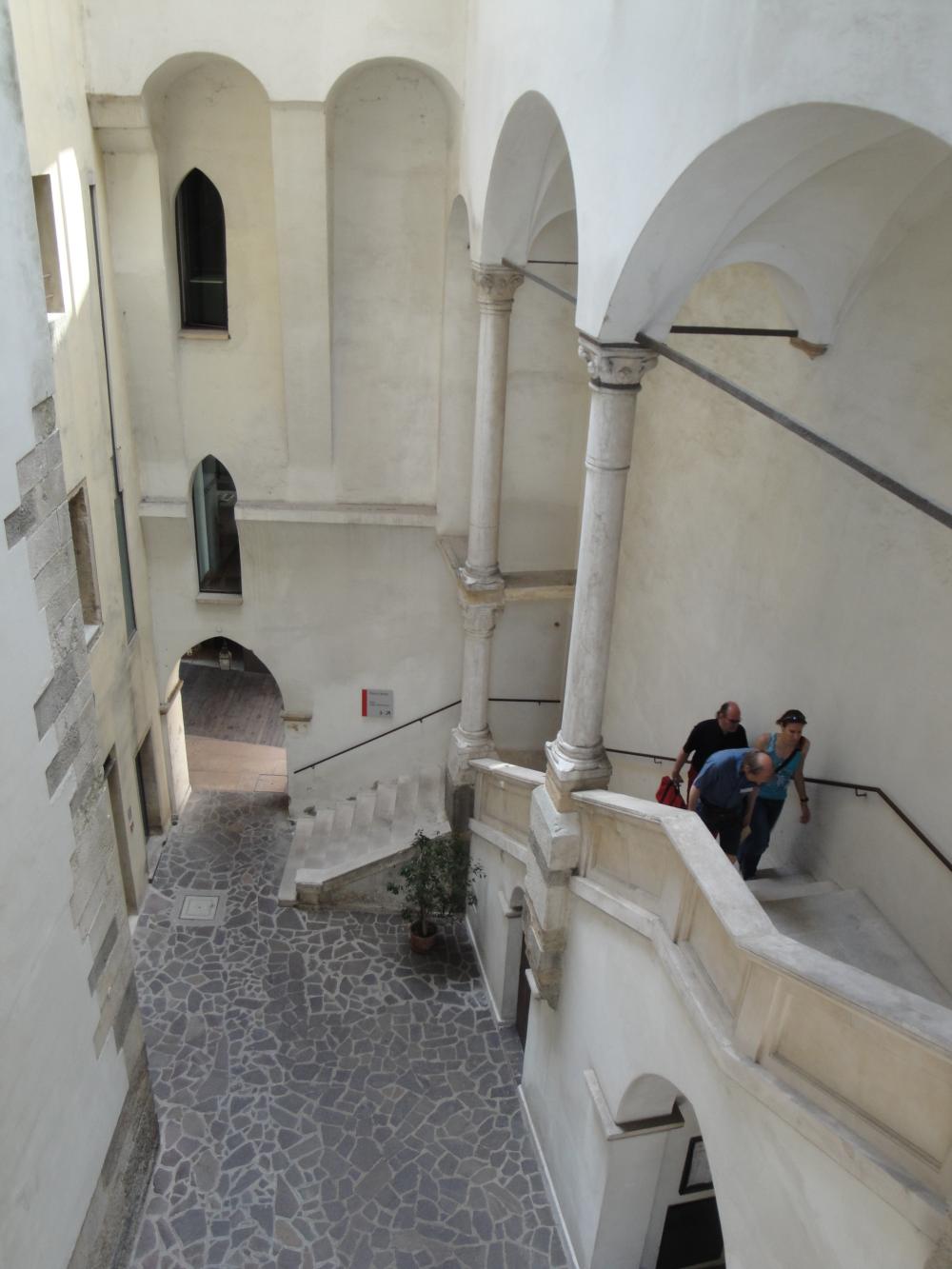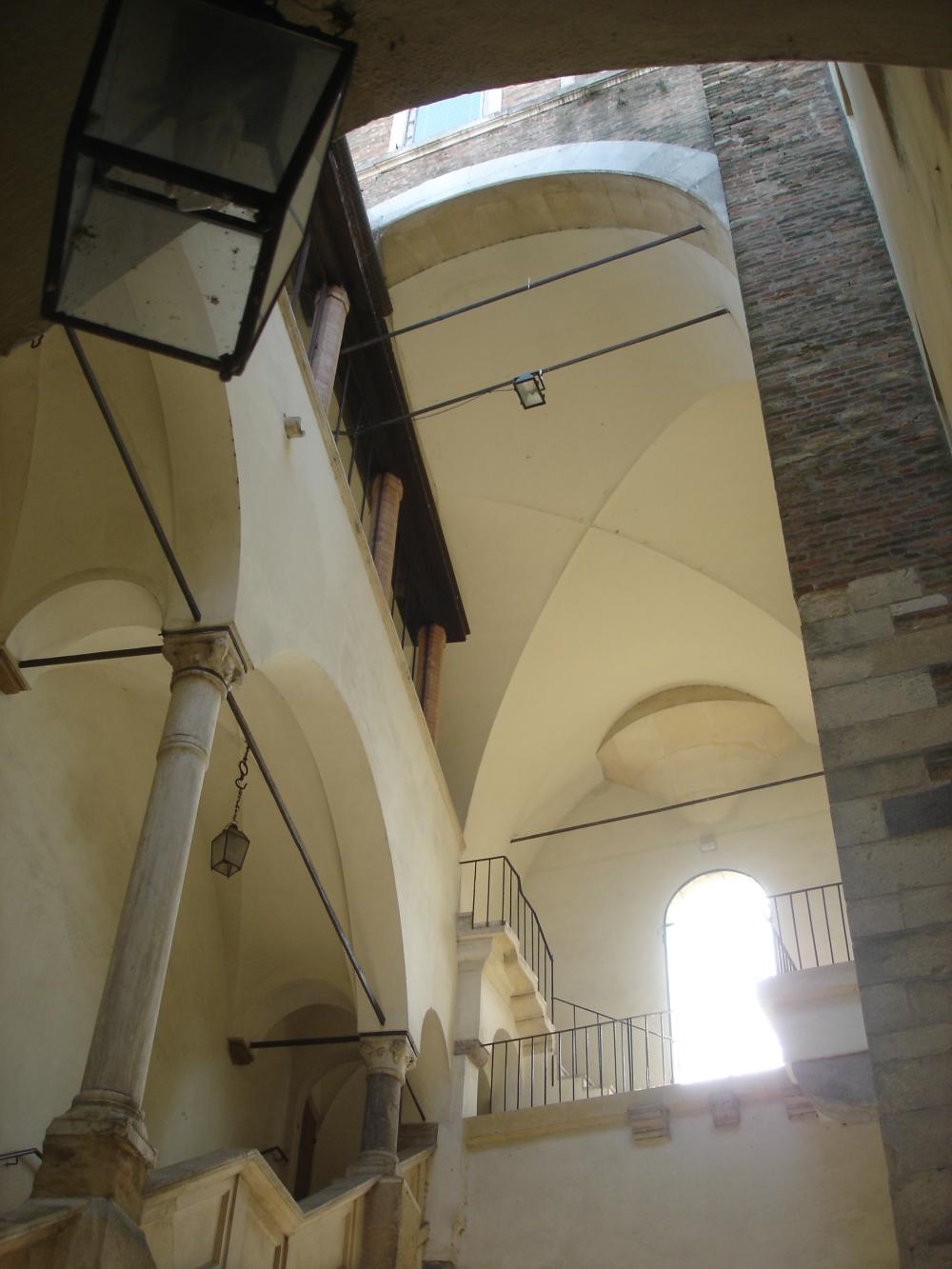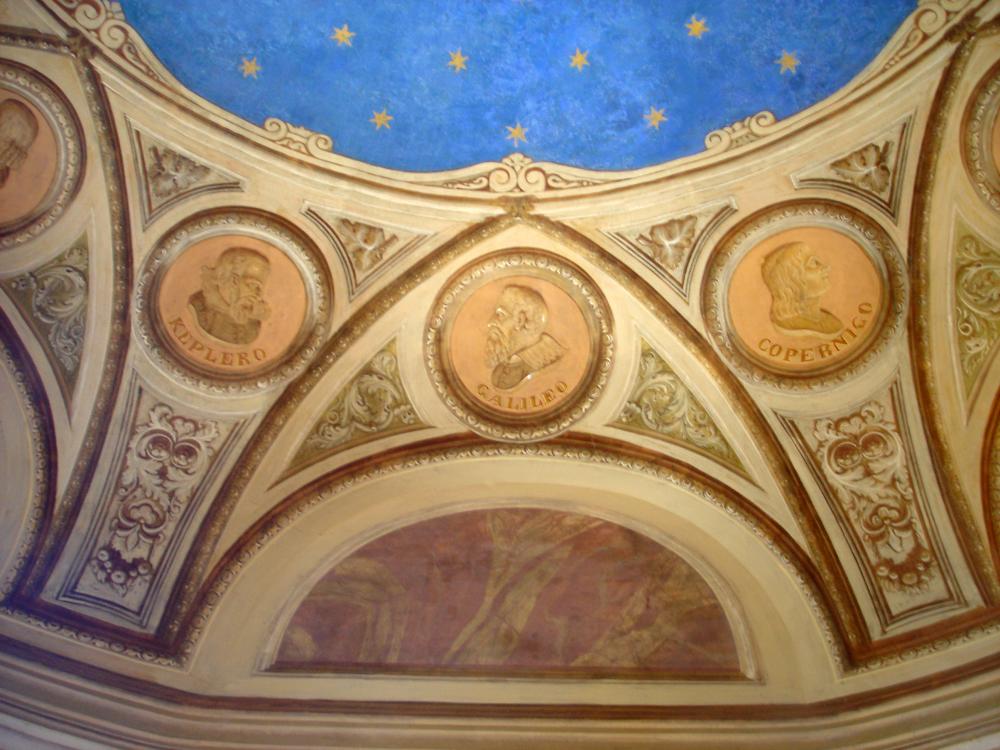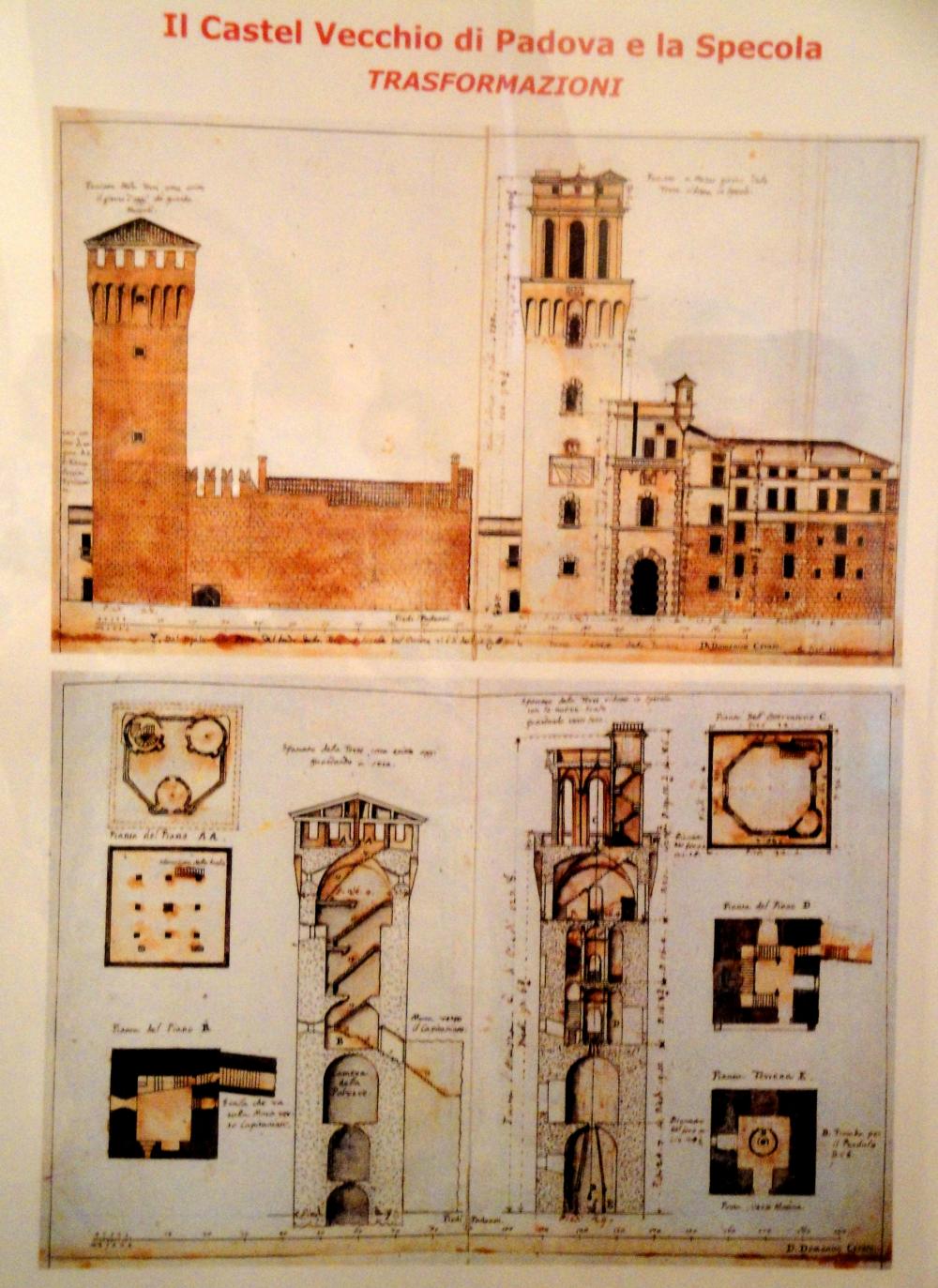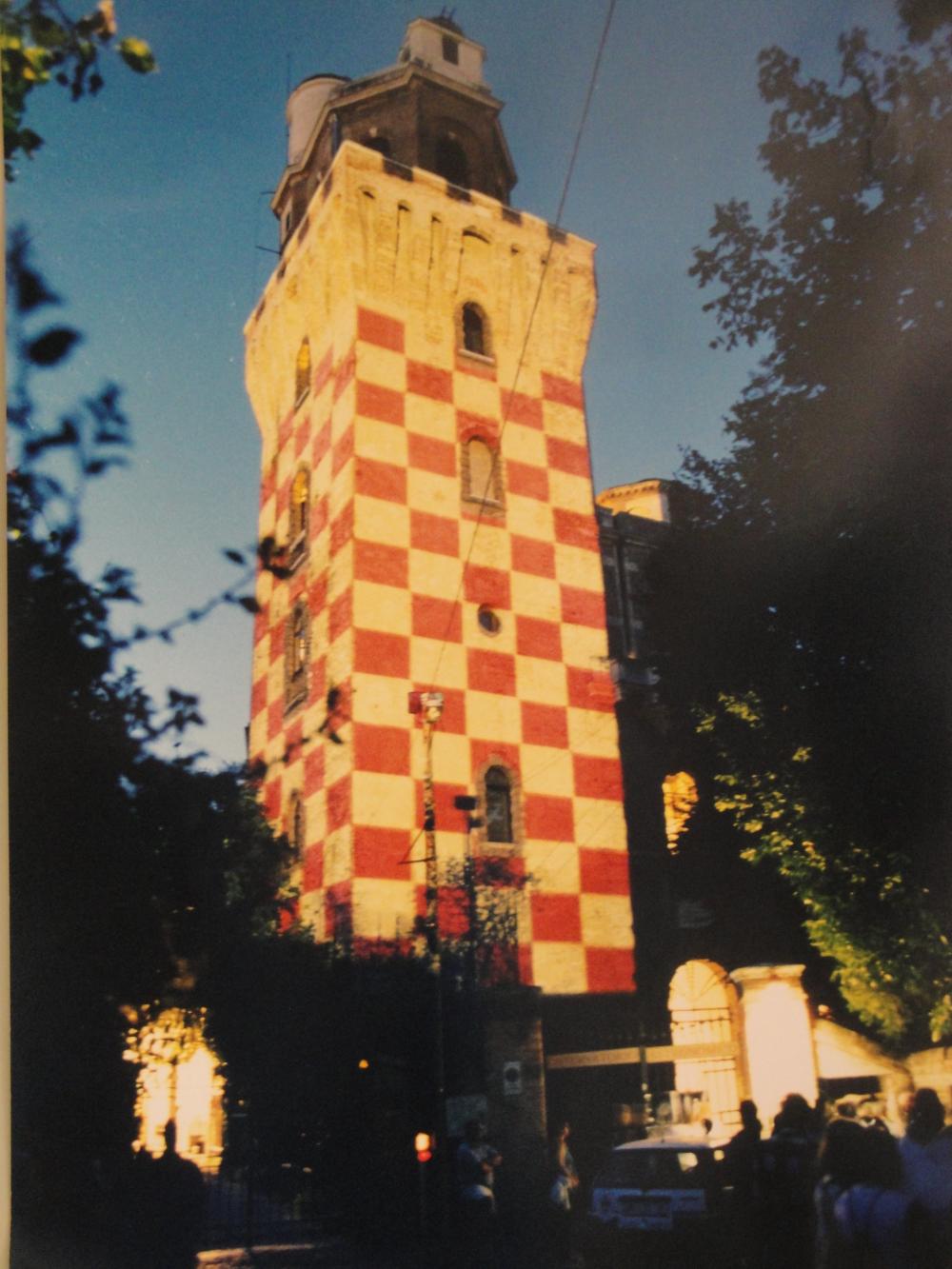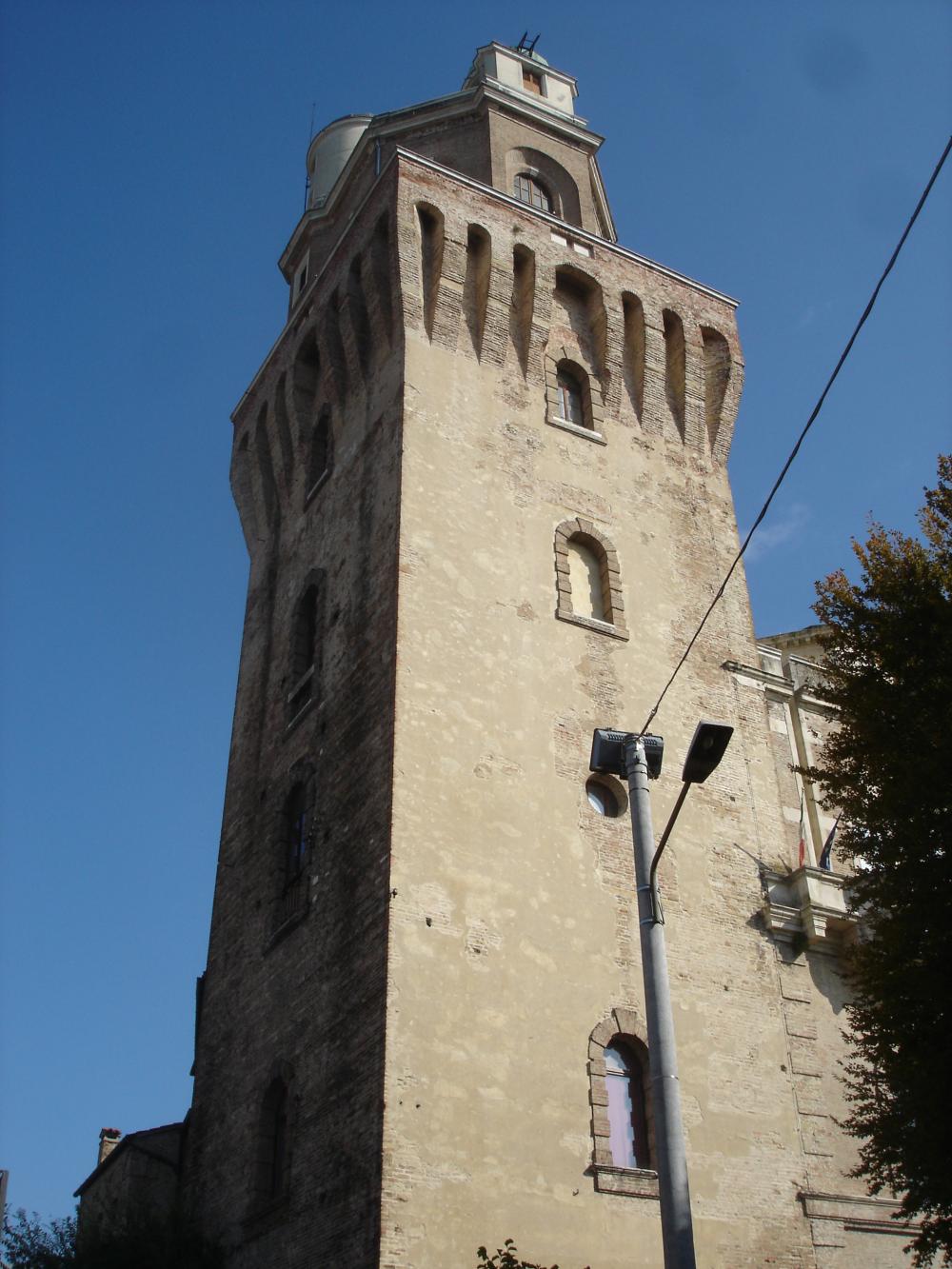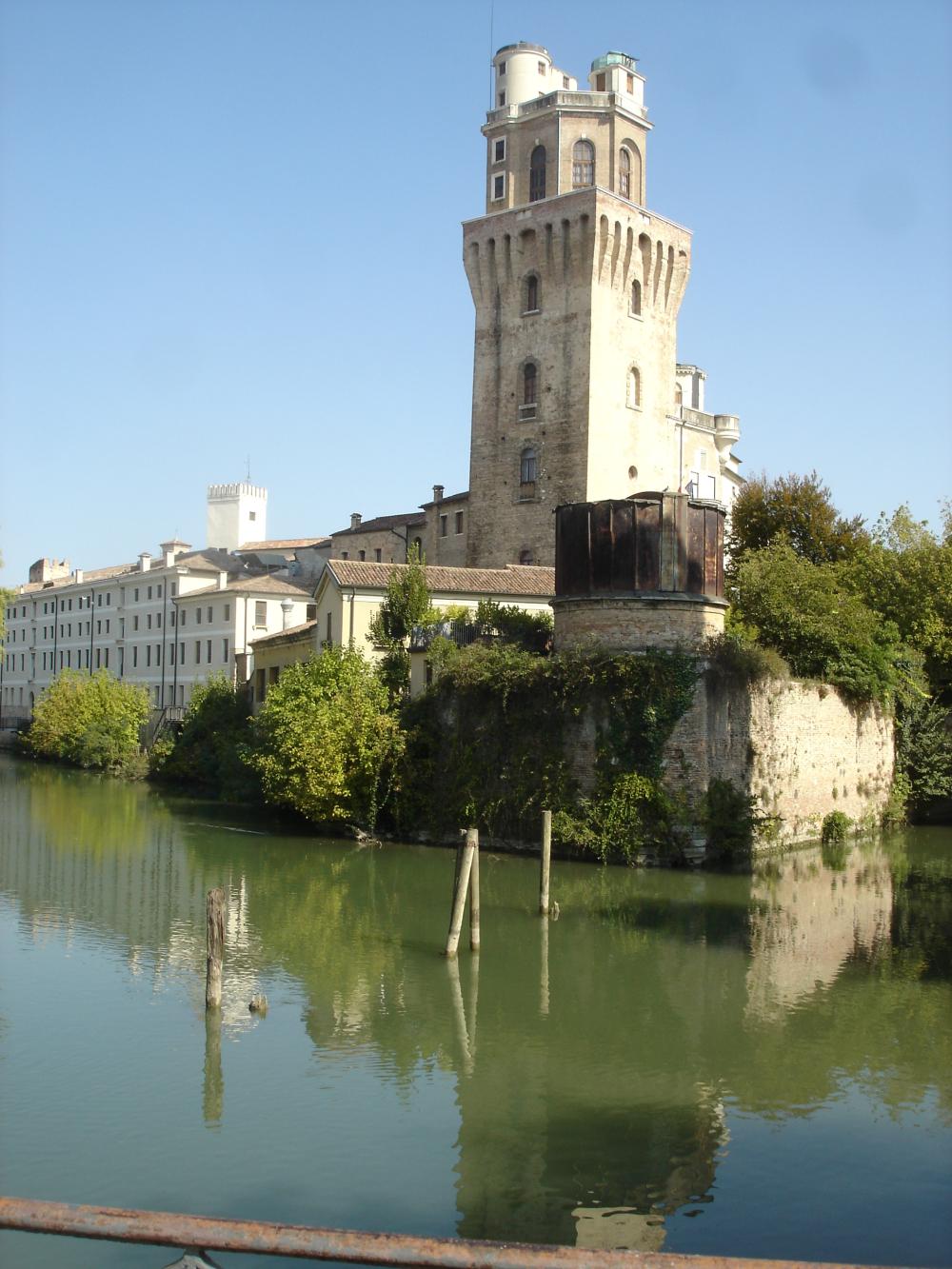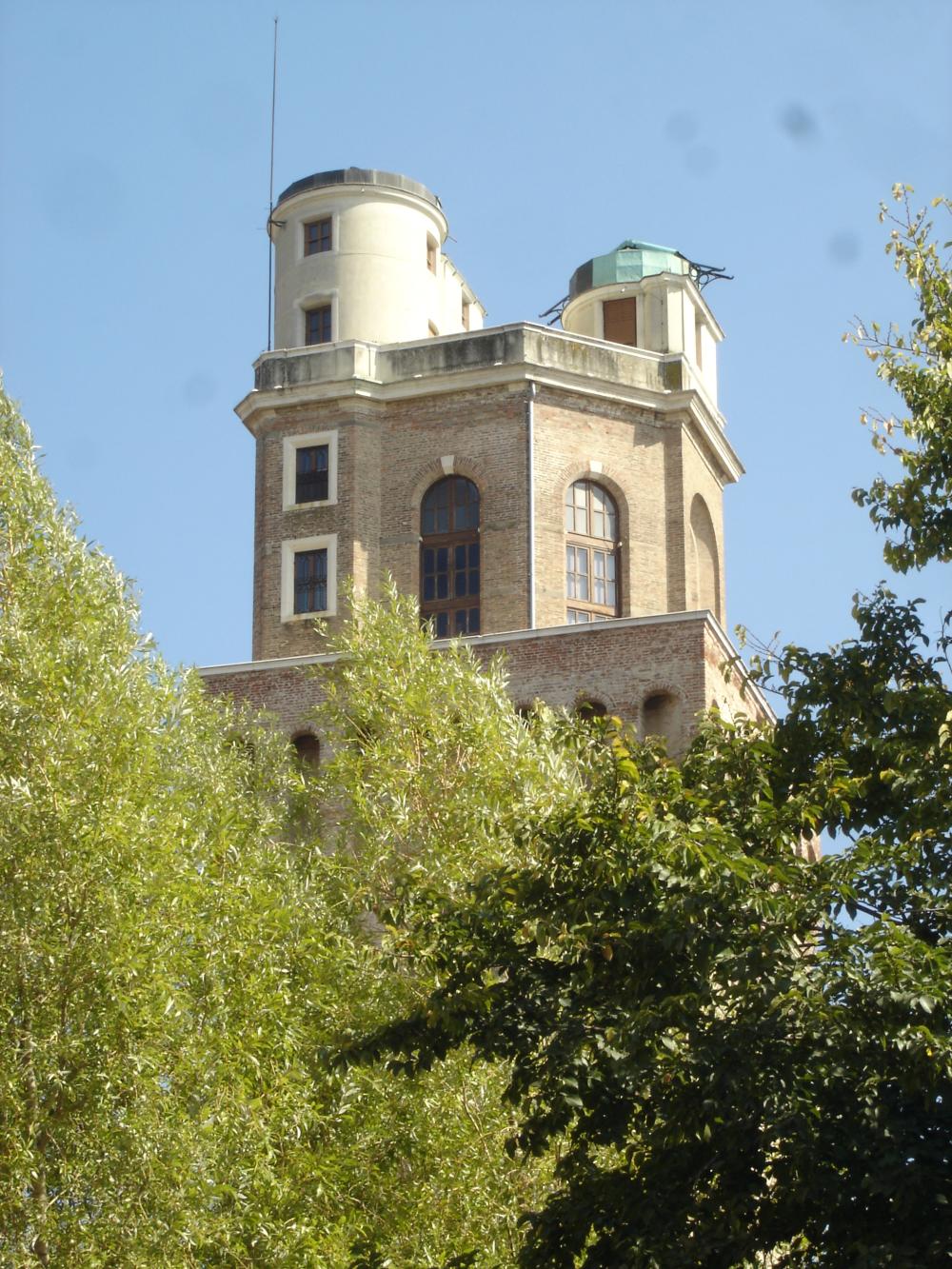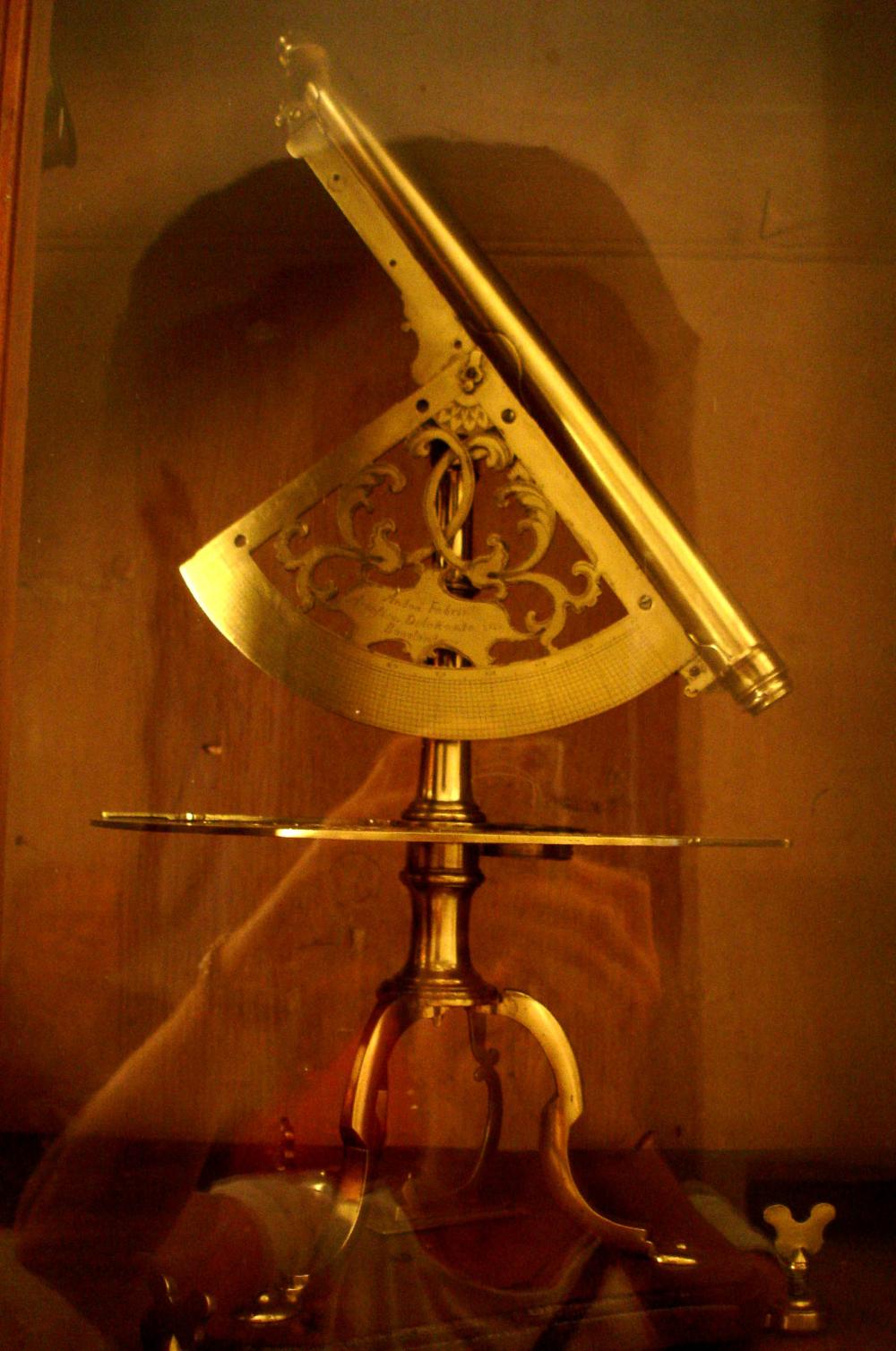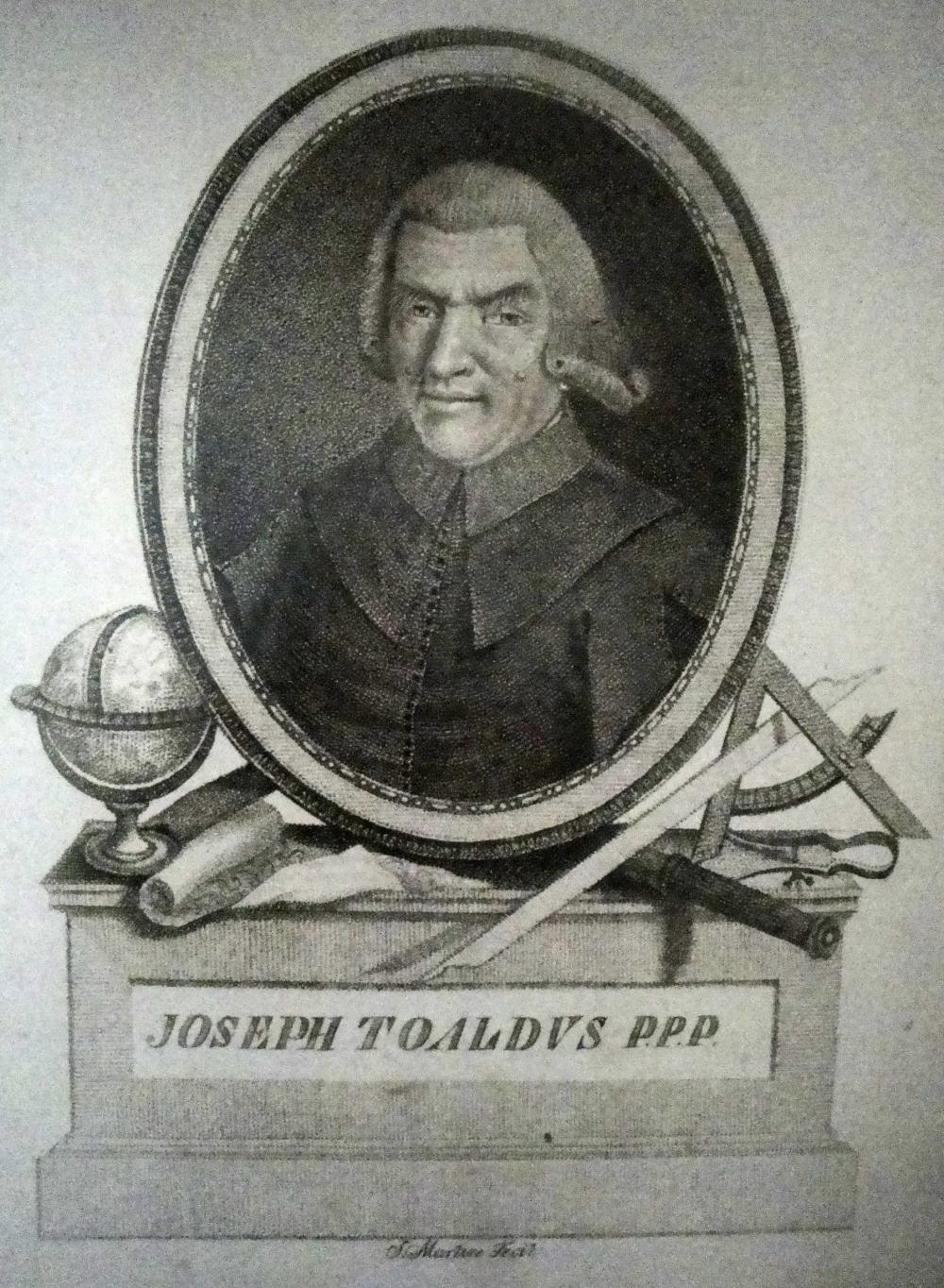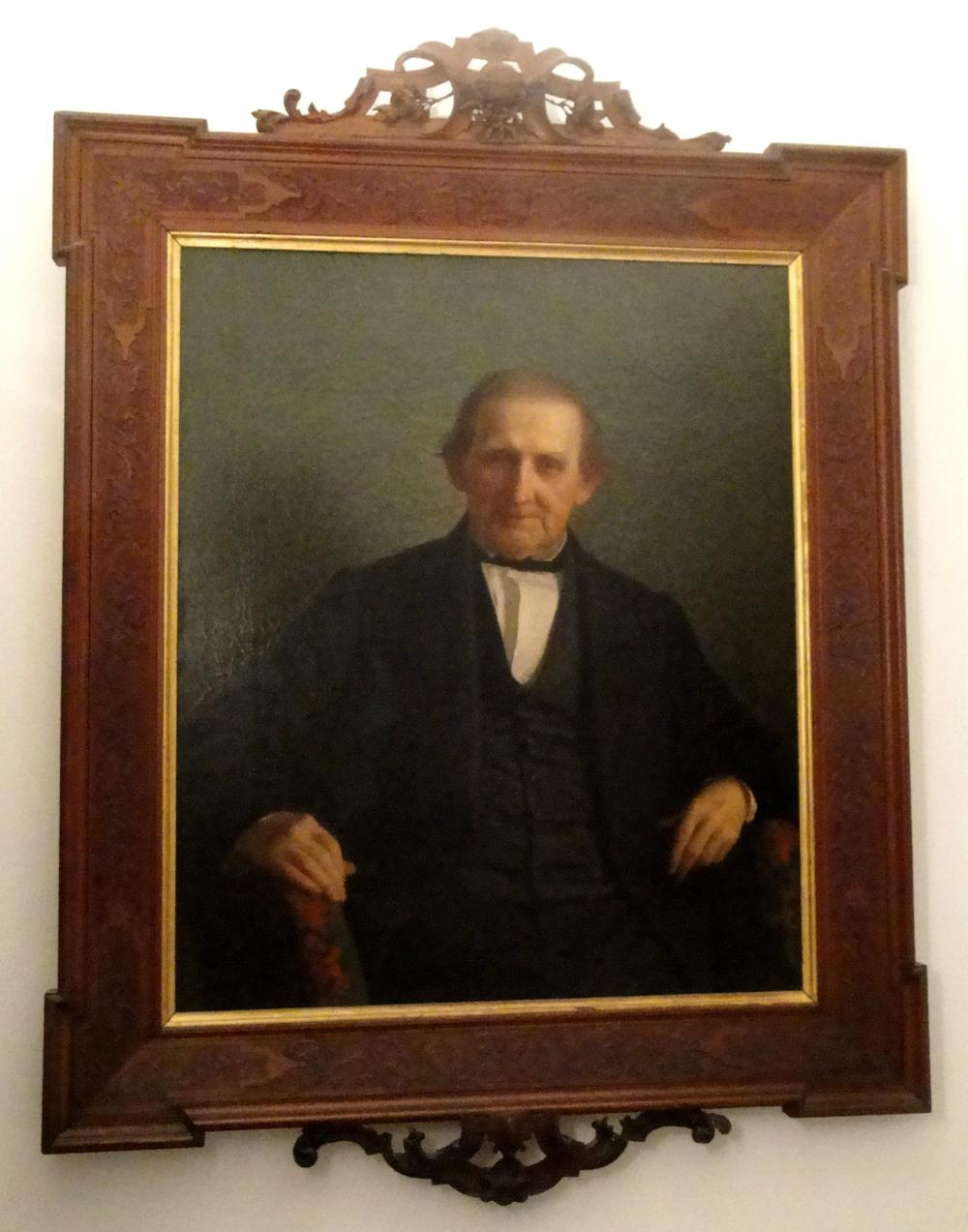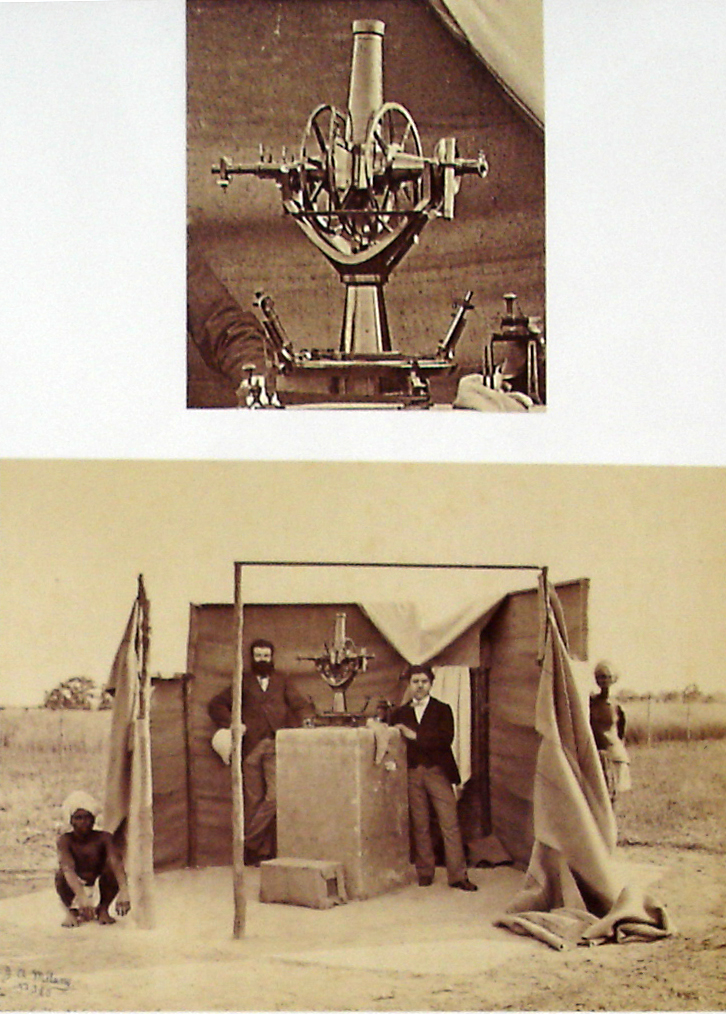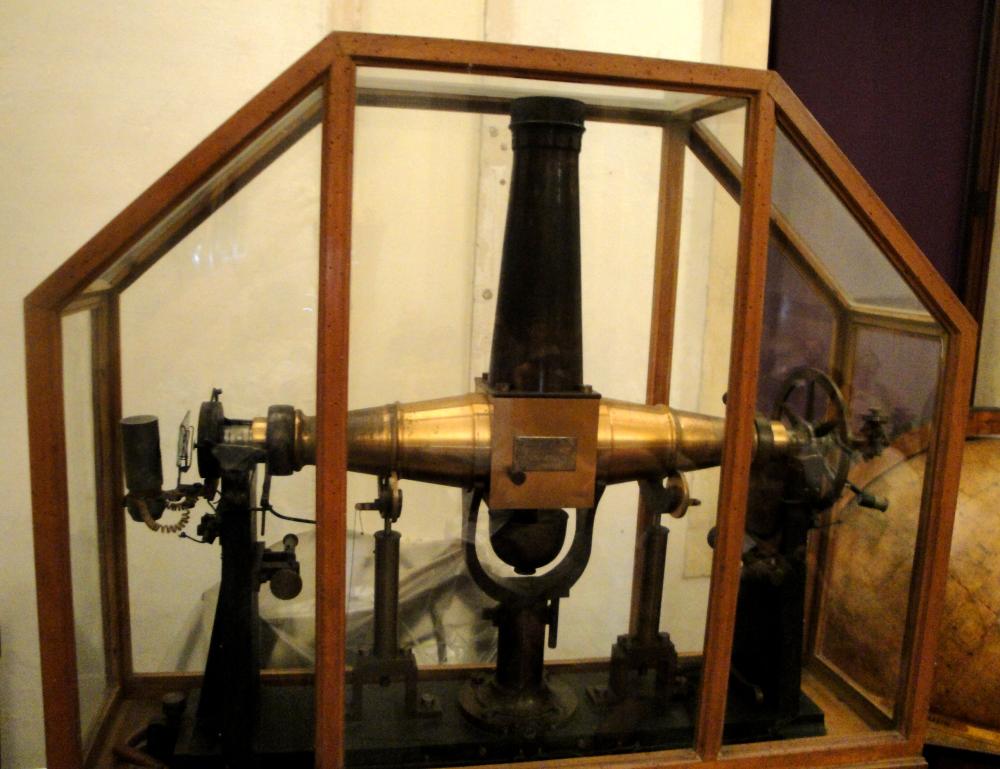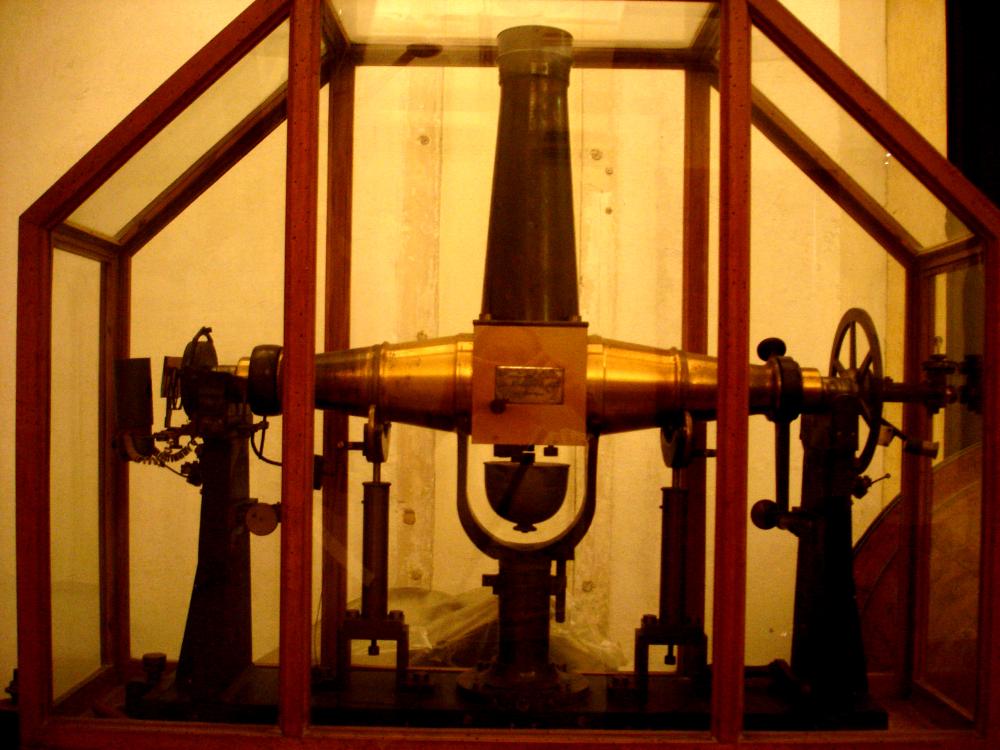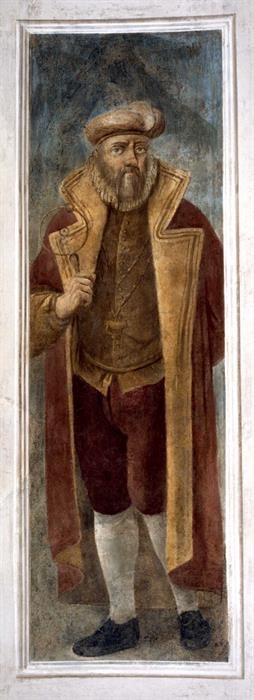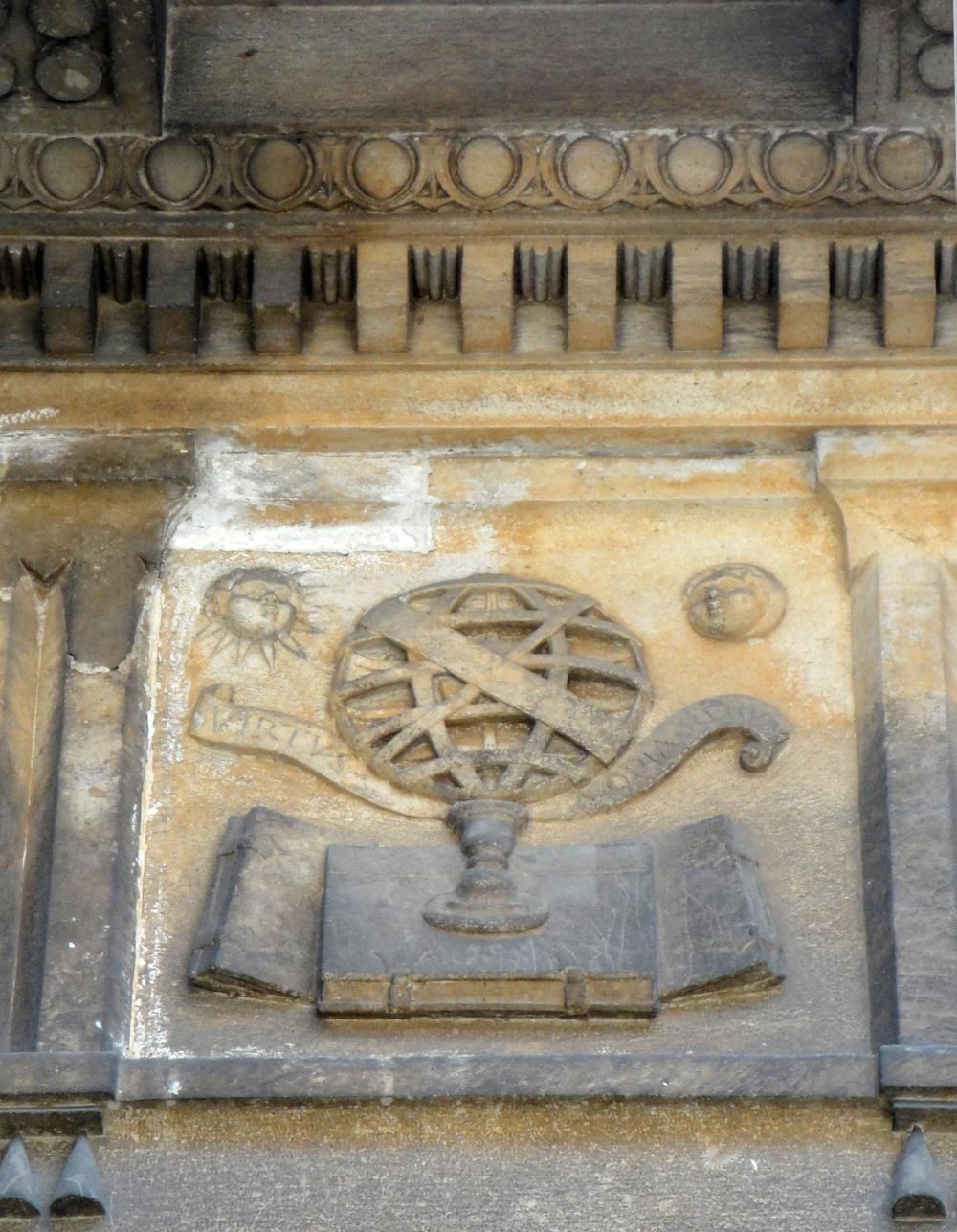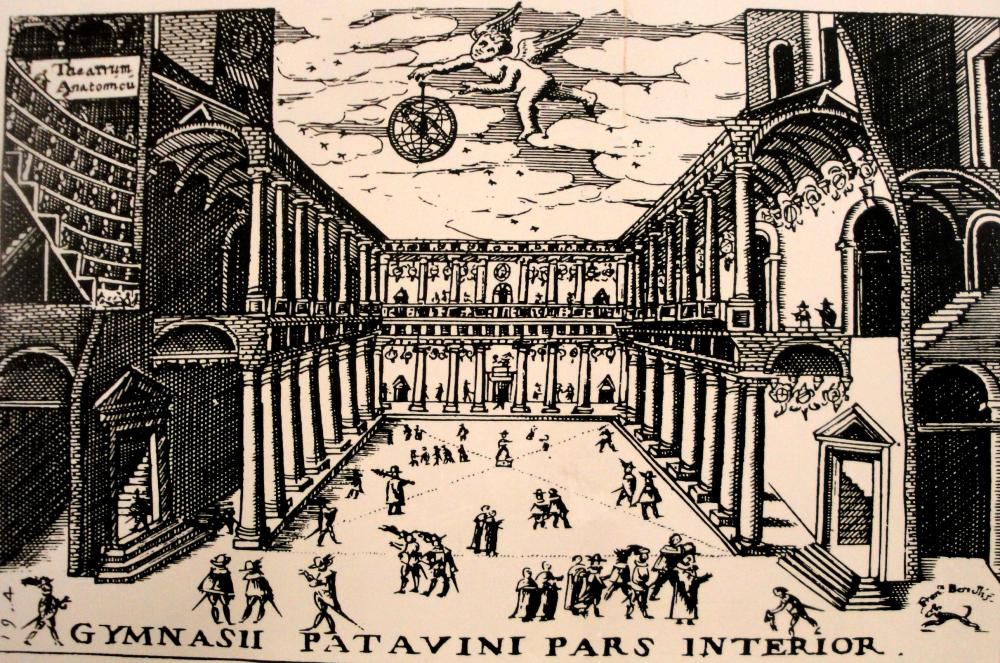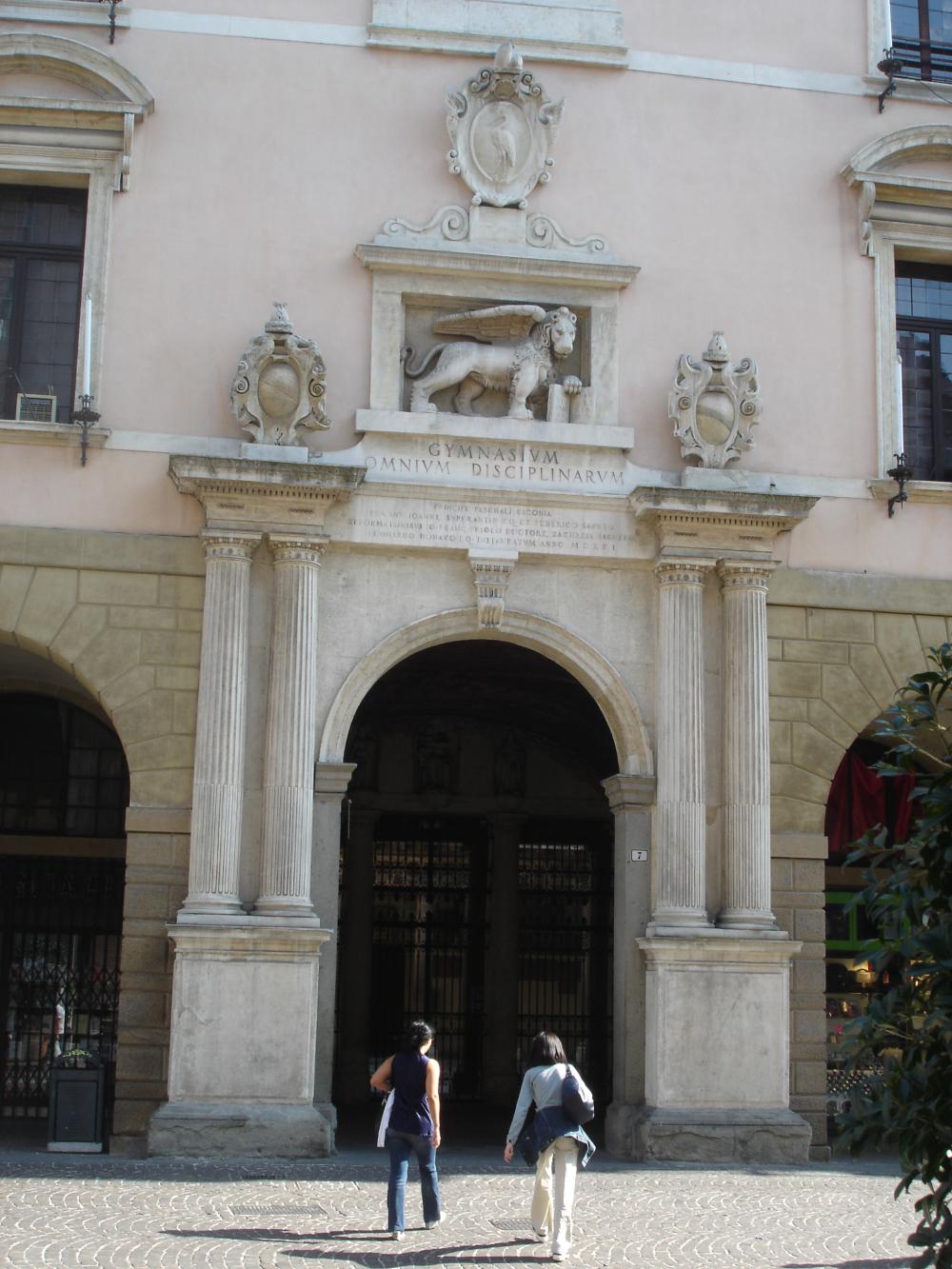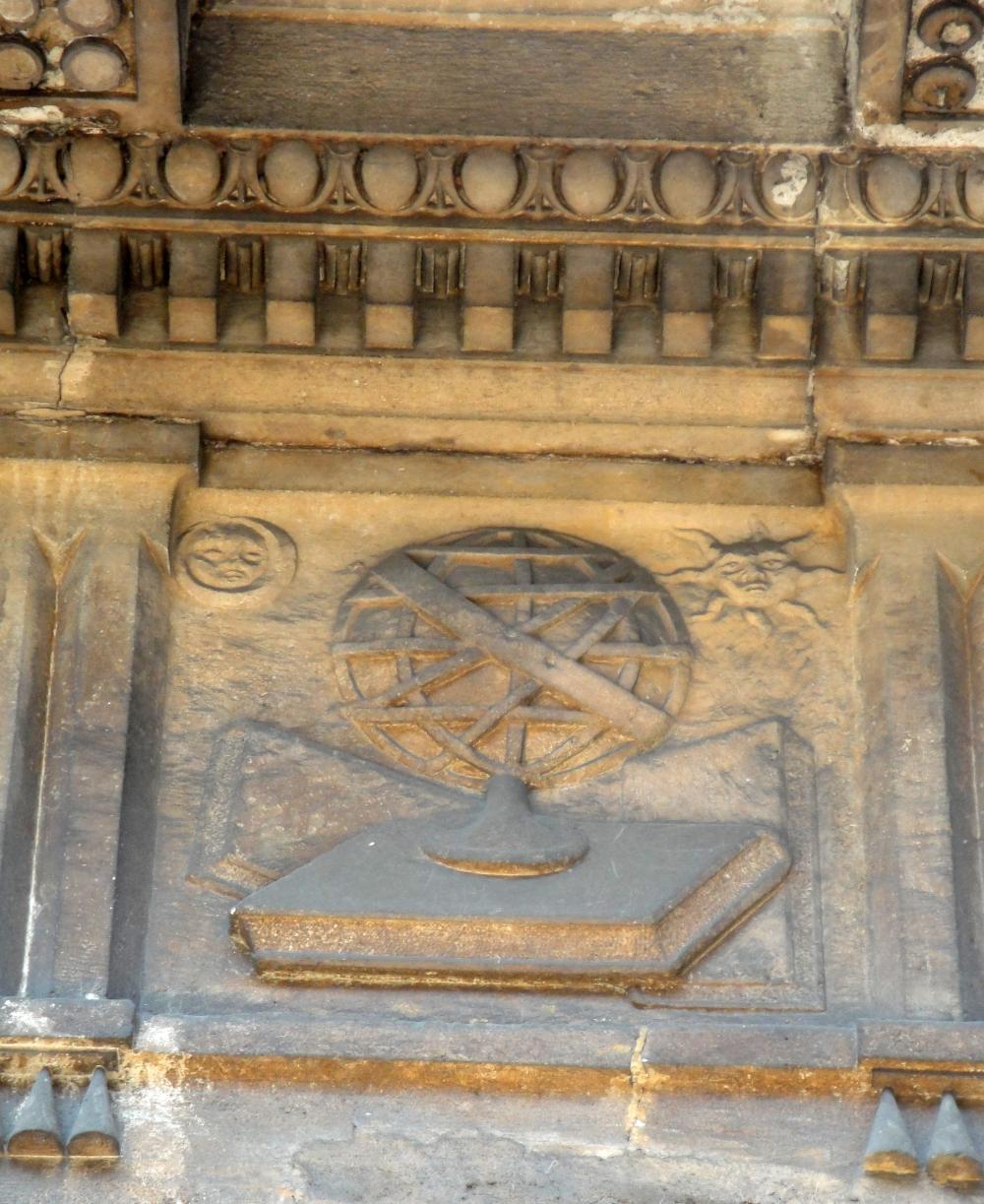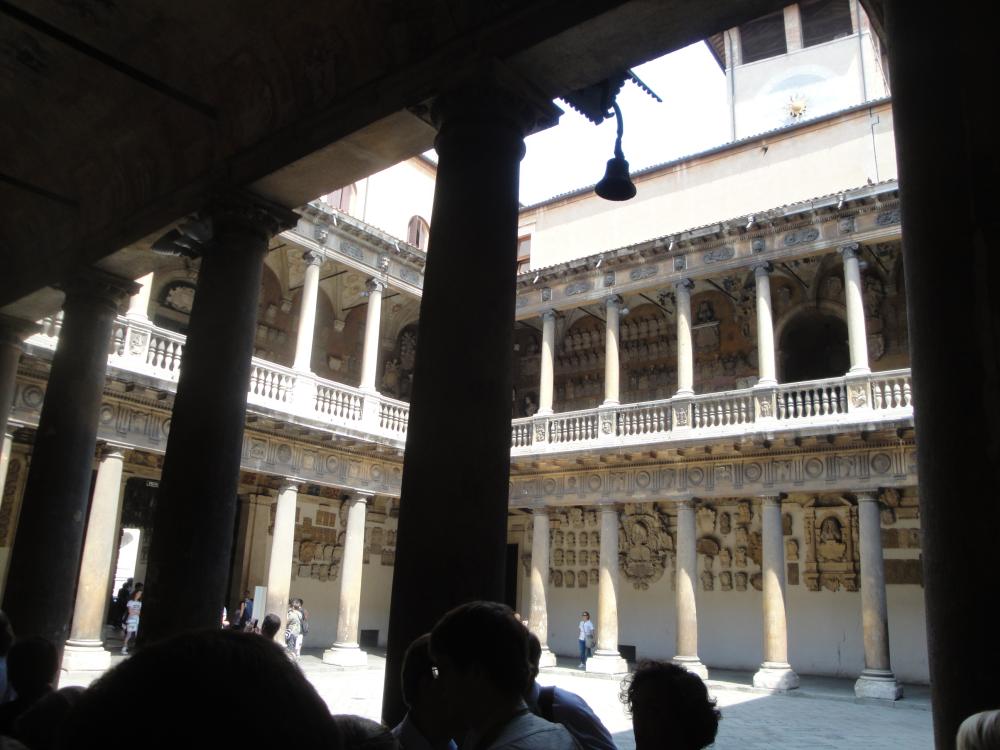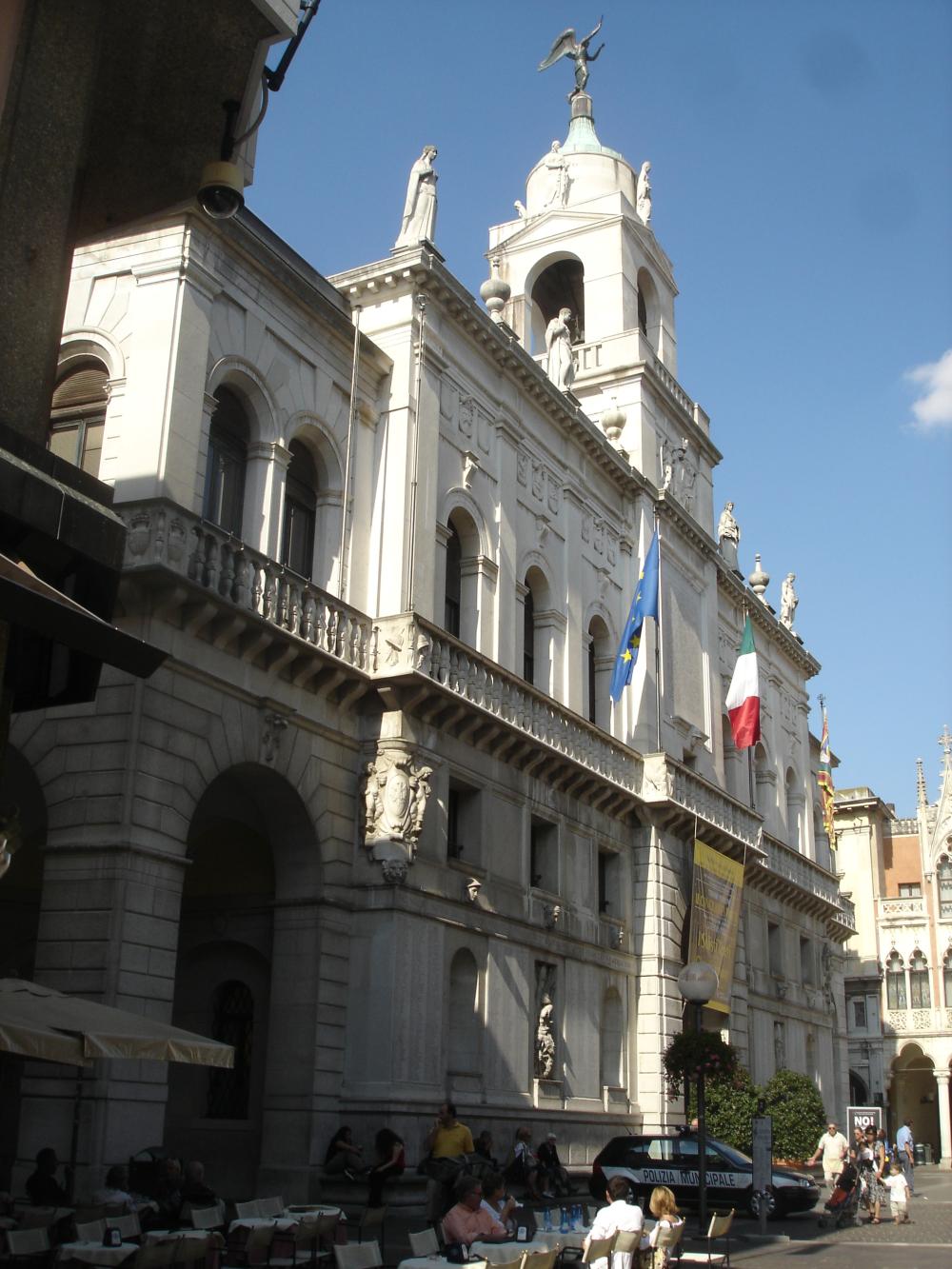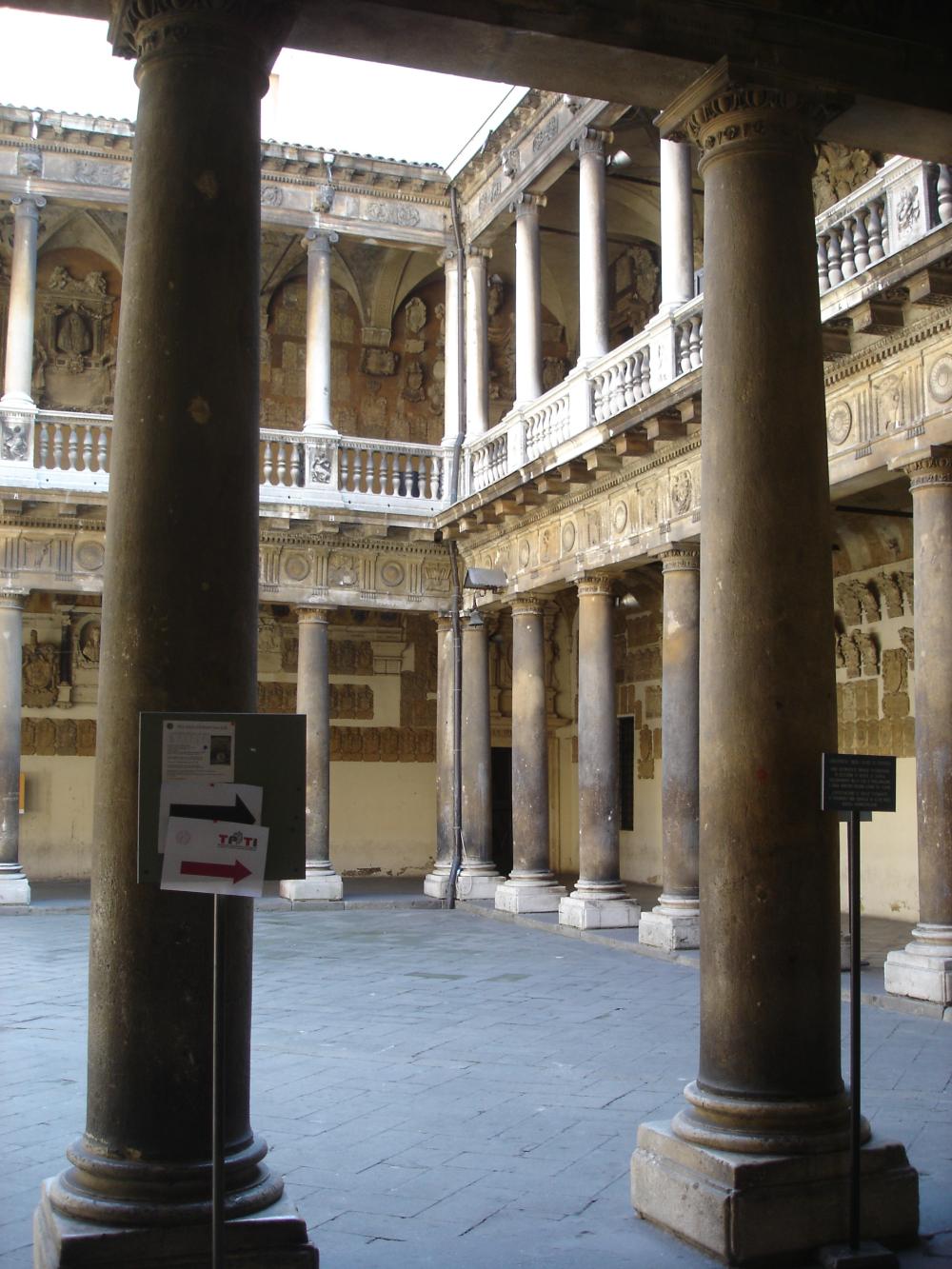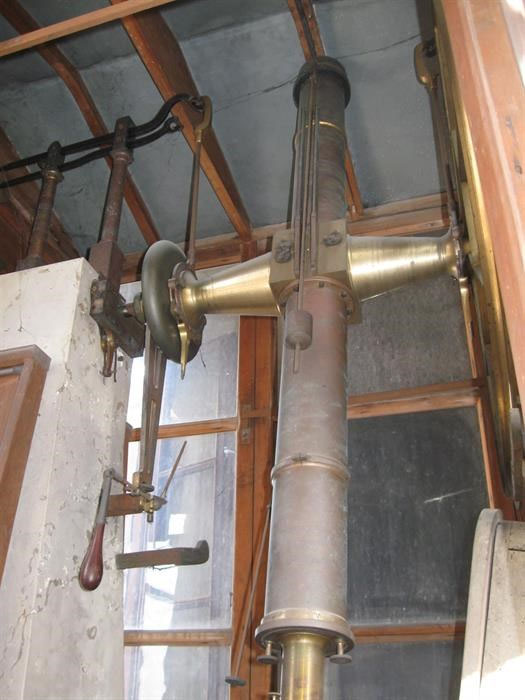
Category of Astronomical Heritage: tangible immovable
La Specola, Osservatorio Astronomico di Padova, Italy

Description
Geographical position
La Specola, Osservatorio Astronomico di Padova (Padua),
Vicolo dell’Osservatorio 5, 35122 Padova PD, Italy
Location
Latitude 45°24’06.91’’ N, 11°52’06.85’’ E, Elevation ...m above mean sea level.
IAU observatory code
533
Description of (scientific/cultural/natural) heritage
Fig. 1a. University of Padua (Università degli Studi di Padova), Palazzo Bo (1492), (Repro: Gudrun Wolfschmidt)
Fig. 1b. University of Padua (Università degli Studi di Padova), Palazzo Bo (1492), (Photo: Gudrun Wolfschmidt)
Fig. 1c. University of Padua (Università degli Studi di Padova), Palazzo Bo (1492), (Photo: Gudrun Wolfschmidt)
University of Padua (Università degli Studi di Padova)
The University of Padua (Università degli Studi di Padova) was founded in 1222 -- one of the oldest universities in Europe and the second oldest university in Italy after Bologna. Highlights are the Botanical Garden of Padova (1545) -- the oldest in the world (cf. Pisa, founded in 1544 by the Medici), and the remarkable oldest surviving Anatomical Theatre in Europe (1595).
Famous professors were Galilei (1564--1641 jul--1642 greg), professor of mathematics from 1592 to 1610, and Andreas Vesalius (1514--1564), professor of surgery and anatomy from 1537 to 1544 (De Humani Corporis Fabrica, 1543).
The coats of arms of professors and students can be found in the Aula Magna, Palazzo Bo in Padua
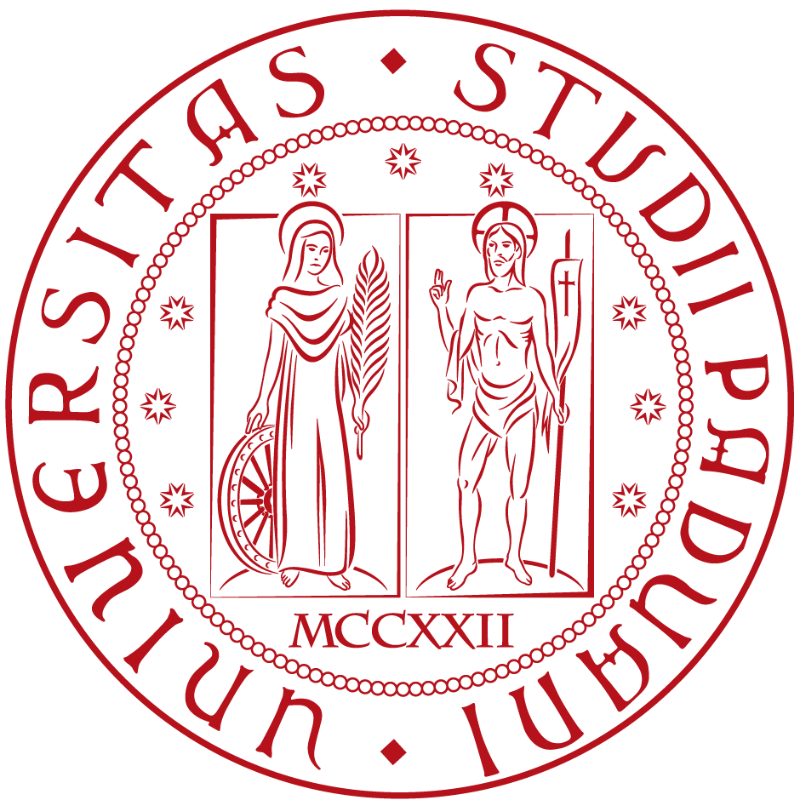
Fig. 1d. Seal of the University of Padua (© Universit├á degli Studi di Padova)
Fig. 1e. Cathedra of Galilei with forty portraits of famous foreign scholars in the background, (Photo: Gudrun Wolfschmidt)
Famous students were Albertus Magnus (~1200--1280), Nicolas of Cusa (1401--1464), Nicolaus Copernicus (1473--1543), 1501 to 1503, Stephan Báthory (1533--1586), Prince of Transylvania, King of Poland (1576) and Grand Duke of Lithuania, Stephan Báthory University Observatory in Vilnius, William Harvey (1578--1657), described function of heart and circulatory system, Werner Rolfinck (1599--1673), promoted anatomy and chemistry studies in Germany, created in Jena an anatomical theatre, a botanical garden, and a chemistry laboratory on the Paduan model.
In 1678, Elena Lucrezia Cornaro Piscopia (1646--1684) was awarded a doctorate in philosophy, the first woman ever to do so. She was accepted as mathematics lecturer. Piscopia, a crater of 26 km in diameter on the planet Venus was dedicated to her.
La Specula
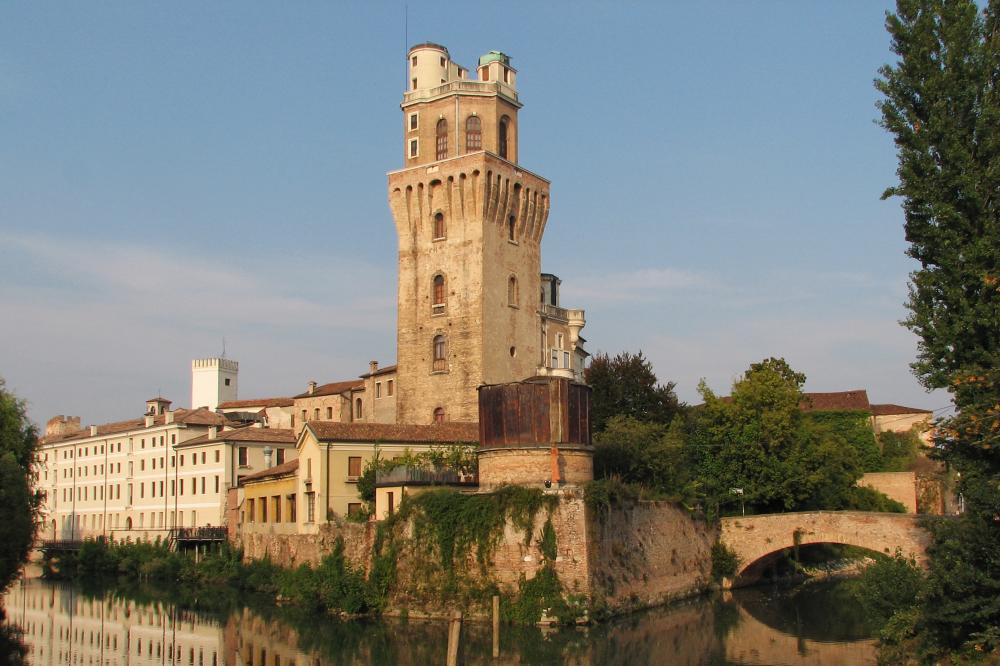
Fig. 2a. La Specola, Osservatorio Astronomico di Padova (1767), (CC3, Ivanfurlanis)
In 1761 the Venetian Senate decreed the establishment of an astronomical observatory for the University of Padua; the architect was Domenico Cerato (1715--1792) from Vicenza.
La Specola is a 14th-century tower, formerly part of a medieval castle, Castel Vecchio, and converted from 1767 to 1677 into an astronomical observatory. The access to the Specola was from what is now Piazza Castello. The first rooms are: Androne (Entrance), Scalone (Staircase) e Sala Iscrizione (Registration room), then Sala Colonna (Column Hall with a pillar in the middle supporting the vault above), Sala Meridiana (Meridian Hall) e Sala Figure (Figure Hall).
In 1773, the Specola got a lightning rod, a very innovative idea (invented by Benjamin Franklin in 1750), suggested by the Genevan professor Horace-Bénédict de Saussure (1740--1799) -- the first installation of a lightning rod in the Republic of Venice.
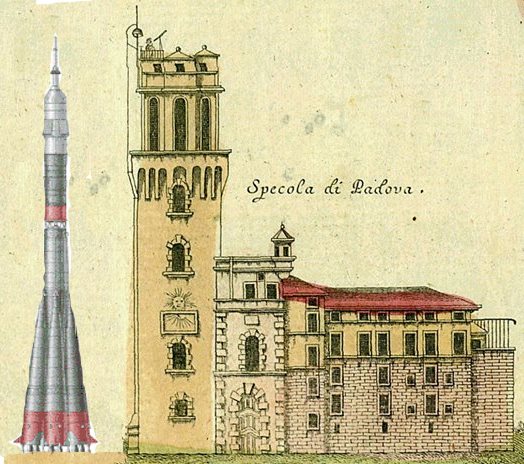
Fig. 2b. La Specola, Osservatorio Astronomico di Padova (1767)
In 1777, the tower was completed and housed two observation sites:
- A lower observatory (Sala Meridiana), 16m above ground level, in order to carry out meridian observations; a precision pendulum clock was installed at the wall. A meridian line was created for determining the exact moment of local noon.
A large fresco is painted on the east wall which illustrates with great precision the geometric structure of the solar system known in Toaldo’s time. - An upper observatory, Sala Figure (Figure Hall), an octagonal room at a height of 35m with large windows, almost six metres high, which allow 360 degree observation of the sky from inside. But the instruments, all equipped with mounts with wheels, could be moved also to the surrounding terrace, facing towards the South.
In 1772/73, the octagonal room was frescoed by the Vicenza painter Giacomo Ciesa (1733--1822) with astronomical subjects created by the first director Giuseppe Toaldo (1719--1797), eight portraits (1773) of famous astronomers: Ptolemaios, Copernicus, Tycho Brahe, Galilei, Kepler, Newton, Geminiano Montanari (1633--1687), Paduan chair of astronomy and meteorology from 1678 to 1687, Giovanni Poleni (1683--1761), chair of astronomy in 1709, physics in 1715, mathematics in 1719, and in 1739, the first European chair of Experimental Physics with a Theatre of Experimental Philosophy with almost four hundred scientific instruments. In addition, a band of the twelve zodiac signs was painted all around the vault.
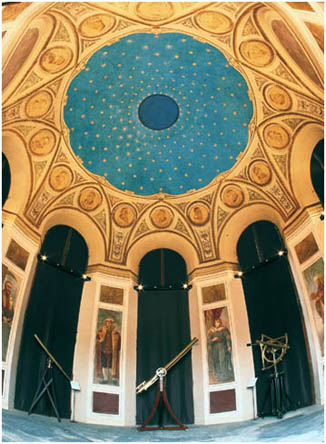
Fig. 3. Vaults and six metres high windows in the upper floor of La Specola, Osservatorio Astronomico di Padova (1767), (INAF)
An inscription at the entrance by Abbé Toaldo (1771) states:
1242 / This tower, which once led to infernal shadows /
now, under the auspices of the Venetians, opens the way to the stars / 1767 (MCCXLII / QUAE QUONDAM INFERNAS TURRIS DUCEBAT AD UMBRAS/NUNC VENETUM AUSPICIIS PANDIT AD ASTRA VIAM / MDCCLXVII)
La Specola was initially an astronomical and meteorological observatory, but since 1817 it has been exclusively concerned with astronomical observations.
An important task was the timekeeping, the average time of Rome was transmitted telegraphically, twice a week, to the Scientific Office of the Navy of Venice, which thus regulated the chronometers of ships departing from the Arsenale.
Giuseppe Lorenzoni (1843--1914) started astrophysics, and observed the total solar eclipse from Sicily in 1870, especially the solar corona with a direct vision spectroscope. He discovered a bright line at 4472 Å which came to be called the Lorenzoni f line.
In 1923, the observatory was separated from the university, but continued to work with the local Galileo-Galilei Department of Physics and Astronomy.
In 1942, the University of Padua decided to built a modern facility, represented by the Asiago Astrophysical Observatory on a plateau north of Padova. Some rooms of the Specula, which was no longer used to carry out astronomical observations, were then transformed to house the ancient library and archive.
In 1994, a new building, the so-called Castelvecchio Munizioniere House, was acquired, so that the whole Specula Tower could be used as museum.
History
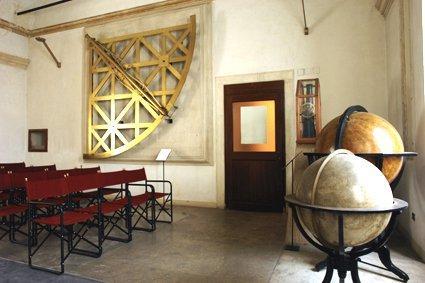
Fig. 4. Instruments of La Specola, Osservatorio Astronomico di Padova, (INAF)
Instruments
- Celestial and Terrestrial Globes (diameter 38.2cm), made by John Newton of London (1785/1787)
- Celestial Globe (diameter 97cm), made by Carl Adami of Berlin (1854)
- Terrestrial Globe (diameter 63cm), made by Joseph Jütter of Vienna (1839)
- Lunar Globes
- Globe of Mars (diameter 11cm, height 18cm), made by E. Bertaux of Paris (~1880)
- Globe of Mars (diameter 10cm, height 22cm), made by J. Lebèque of Bruxelles (~1890)
- Armillary Sphere (diameter 10cm, height 28cm, height 50cm), made by Ferdinando Arlaria of Milan (~1810)
- Meteorological instruments:
Heliograph (sunshine recorder), Negretti & Zambra of London
Rain Gauges (1770) - Geodetic instruments (Commissione Italiana per la misura dei gradi in Europa)
- Angle Measuring Instrument (diameter 25cm), made by Guiseppe Stefani of Padova (1827)
- Seismological instruments:
Seismoscope, made by F.lli Brassart of Rome (1888) - Large Mural Quadrant (Radius 244cm, with achromatic refractor, aperture 70cm, focal length 87cm), made by Jesse Ramsden of London (1776)
- Small Mural Quadrant
- Small Altazimuth Quadrant (Radius 15cm, with refractor, aperture 1.8cm, focal length 33cm), made by Antonio Fabris of Bovolenta/Padova
- Telescope with Quadrant, Anton Fabri ....
- Moveable Quadrant (Radius 120cm, with refractor, aperture 4cm, focal length 130cm), made by Bernardino Zendini of Venice (1st half 18th century)
- Moveable Quadrant (Radius 65cm, with achromatic refractor, aperture 6cm, focal length 98cm), made by George Adams of London (~1780)
- Moveable Sextant (Radius 35cm), made by Jesse Ramsden of London (1780)
- Meridian Line (1776, 1858)
- Pendulum Clock, made by the Venetian clockmaker Zuane Riva (1766), penulum Riva-Rodella (1874)
- Pendulum Clock, made by John Grant of London (1780)
- Pendulum Clock, made by the C. Frodsham & Co of London (19th century)
- Precision Pendulum Clock (No. 164), made by S. Riefler of Munich (1905)
- Repeating Circle (diameter 32cm), Georg Reichenbach of Munich (1815)
- Reflecting Circle (diameter 26cm), made by Guiseppe Stefani of Padova (1807)
- Reflecting Circle (diameter 25cm), made by Johann A.D. Örtling of Berlin (1845)
- Repeating Theodolite (diameter 13.5cm), made by Sante Mioni of Padova (1890)
- Dividing Machine (diameter 74cm), made by Guiseppe Stefani of Padova (1827)
- Meridian Circle, made by the K.K. Politechn. Institut in Wien -- Chr. Starke [Polytechnical Institute of Vienna] (1836)
in an octagonal pavilion.
The original objective of the telescope, made by Utzschneider & Fraunhofer of Munich, had an aperture of 10.9cm and a focal length of 163.5cm.
In 1911, it was replaced with the current one, made by Carl Zeiss of Jena, with a slightly larger aperture (11cm) and focal length (164cm) than the original.
In 1858, Santini purchased a micrometer, made by Stampfer of Vienna, which was capable of producing bright lines and points in the dark field in the focal plane, to be used as an alternative to the original wire micrometer. In 1914, the mechanical workshop of the Sante Miloni Observatory created a new and modern micrometer.
Also fundamental to the instrument was the ’meridian mire’ that Santini had placed in 1842, on the occasion of the IV Congress of Italian Scientists, in the current gardens of the Bastione S. Croce, in an elevated place visible from the Specola. This stone stele was the meridian target that was used to align the instrument with the celestial meridian.
Santini’s observations with the meridian circle in collaboration with Virgilio Trettenero, which they carried out for a period of about 30 years, resulted in the five Padua Catalogues,
also known as the Santini Catalogues, comprising a total of almost 10,000 stars, with stars up to tenth magnitude. - Transit Instrument (aperture 6.5cm, focal length 80cm), made by Traugott Leberecht Ertel of Munich (1870)
- Transit Instrument, made by Repsold of Hamburg
- Marine Chronometer, Ulysse Nardin, Locle, Swisse (1892)
- Marine Chronometer, ....
- Pocket Chronometer, Ulysse Nardin, Locle, Switzerland (1900)
- Pocket Chronometer, Minuti terzi, Stefano Andrea Renieri (19th century)
- Chronograph, ....
- Altazimuth Telescope (aperture 7cm, focal length 123cm), made by Henry R. Shuttleworth of London (~1780)
- Refracting Telescope (aperture 3.8cm, focal length 49cm), made by Guiseppe Stefani of Padova (1831)
with 4 terrestrial eyepieces, 4 astronomical eyepieces, one pancratic eyepiece (negative focal length) for increasing the field of view - Reflecting Telescope (aperture 9cm, focal length 46cm), made by James Short of London (~1766)
- Refracting Telescope / Cannocchiale (objective aperture 37.5’’’ Paris lines = 7.9cm, 4 Paris foot = 130cm), made by Fraunhofer of Munich (....)
- Achromatic Telescope (aperture 8.5cm, focal length 130cm), made by Utzschneider & Fraunhofer of Munich (1822) with wooden table
- Altazimuth Telescope (aperture 11.7cm, focal length 95cm), made by Georg Merz of Munich (1842) with a mounting by the Christian Starke of Vienna - with an observing chair
- Comet Seeker (aperture 7.7cm, focal length 65cm), made by Georg Merz of Munich (1842) with a mounting by the Christian Starke of Vienna
- Equatorial Starke-Merz Refractor (aperture 11.6cm, focal length 164cm, diameter of the circles 27.5cm), made by Georg Merz of Munich (1858)
with a mounting by the Polytechnical Institute of Vienna (in the lower observatory).
A cylindric tower with a rotating dome was constructed for the refractor in 1861 above the Salle delle Figure. - Equatorial Telescope (aperture 18.7cm, focal length 320cm), named Dembowski, made by Georg Merz of Munich (1862) (in the lower observatory).
The refractor was bought by Baron Ercole Dembowski (1812--1881) for his private observatory in Gallarate, Milan, and used for observing binaries.
In 1882, the refractor including the rotating dome was purchased by the Osservatorio Astronomico di Padova, and became the main instrument in the Specula until 1942.
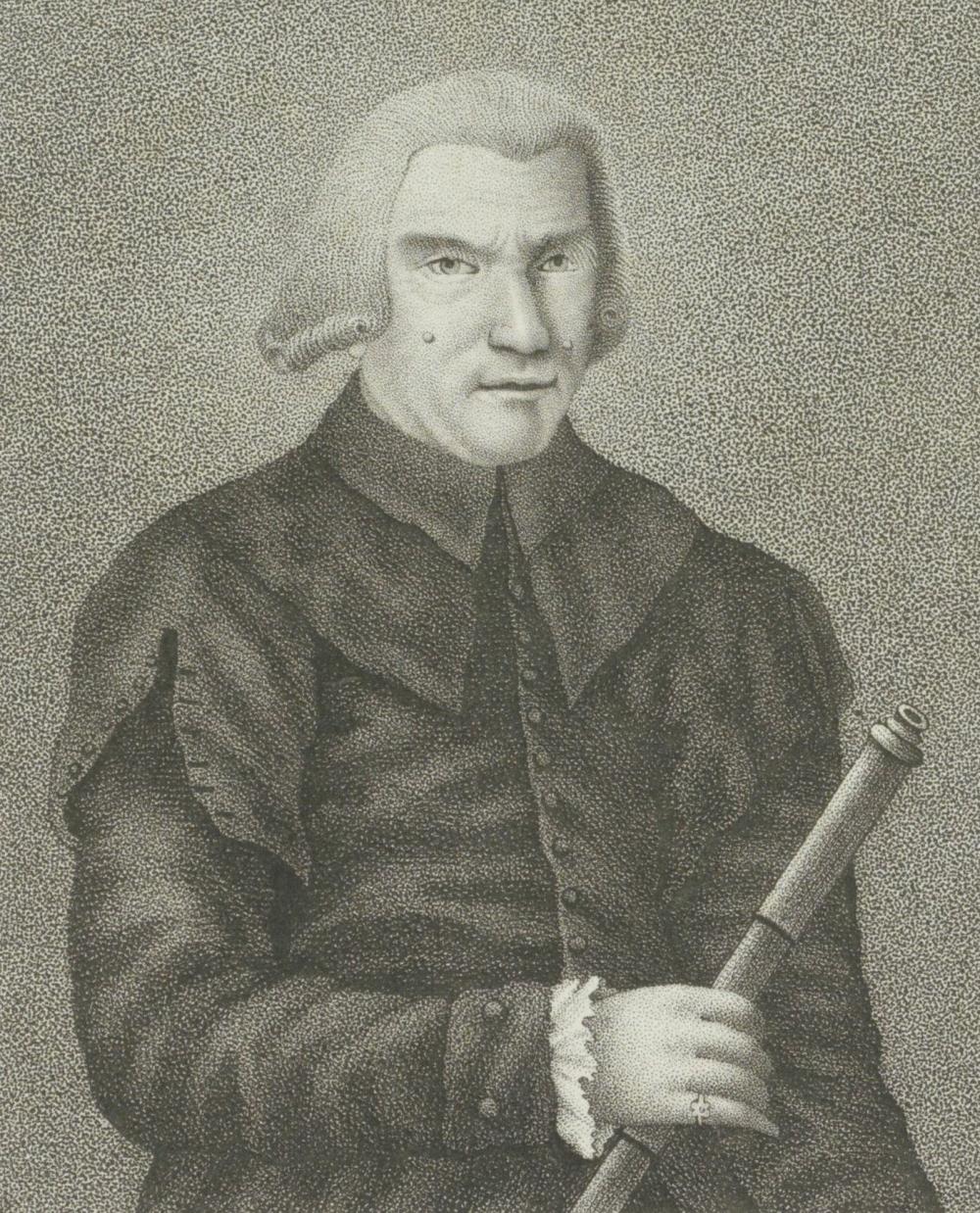
Fig. 5a. Giuseppe Toaldo (1719--1797) - first Director of La Specola, Osservatorio Astronomico di Padova, 1767 to 1797 (CC0)
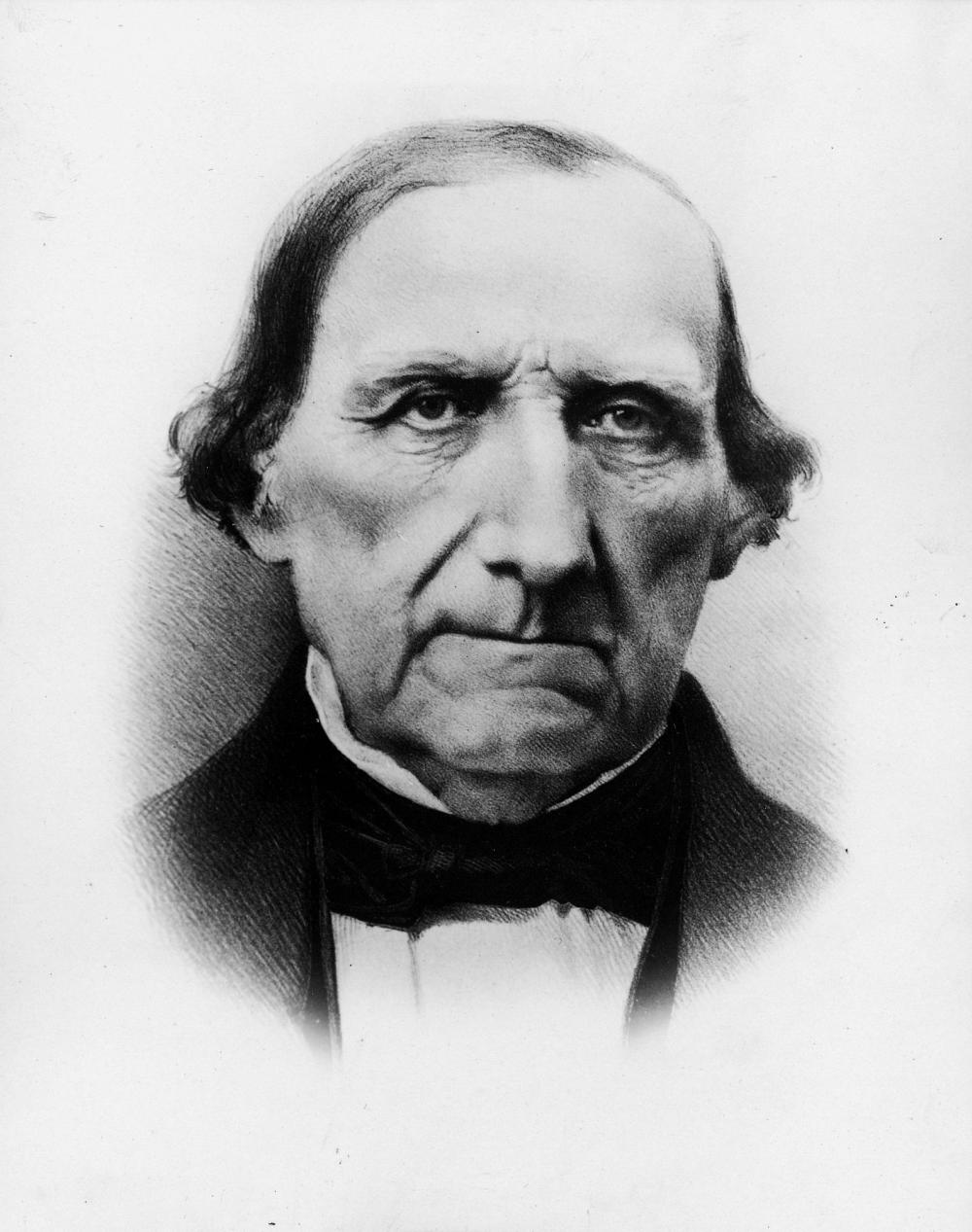
Fig. 5b. Giovanni Santini (1786--1877) - Director of La Specola, Osservatorio Astronomico di Padova, 1817 to 1877 (CC0)
Directors
- 1767 to 1797: Giuseppe Toaldo (1719--1797)
- 1797 to 1815: Vincenzo Chiminello (1745--1815)
- 1815 to 1817: Francesco Bertirossi-Busata (1778--1825) [de facto]
- 1817 to 1877: Giovanni Sante Gaspero Santini (1786--1877)
- 1877 to 1913: Giuseppe Lorenzoni (1843--1914)
- 1913 to 1925: Antonio Maria Antoniazzi (1872--1925)
- 1926 to 1952: Giovanni Silva (1882--1957)
- 1952 to 1956: Antonino Gennaro (1902--1962) [de facto]
- 1956 to 1982: Leonida Rosino (1915--1997)
- 1991 to 1999: Gianfranco de Zotti
- 1999 to 2005: Massimo Calvani
- 2005 to 2010: Enrico Cappellaro (*1957)
- 2011 to 2017: Massimo Turatto
- seit 2018: Roberto Ragazzoni (*1966)
State of preservation
La Specola, Osservatorio Astronomico di Padova, is well preserved. La Specola Museum, founded in 1994, has frescoes depicting famous astronomers and an impressive collection of astronomical instruments. In 1998, the Sala Figure was restored and it was thus possible to recover almost all the eighteenth-century frescoes.
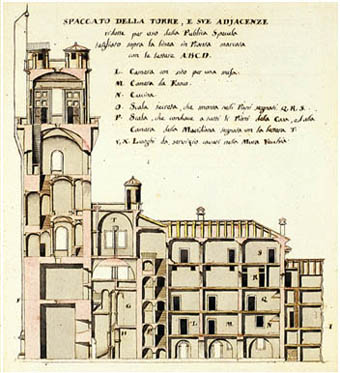
Fig. 6. La Specola, Osservatorio Astronomico di Padova (1767), (INAF)
Comparison with related/similar sites
La Specola, Osservatorio Astronomico di Padova - comparison with Baroque Tower Observatories:
Clementinum Prague (1722), Zwehrenturm in Kassel 1710, Specola - Bologna Observatory (1712), Old Vienna Academy Observatory -- tower on the top (1755), Osservatorio Astronomico di Brera of the Jesuits in Milano (1762), Mannheim ObservatoryBogotá Observatory, Columbia (1803).
Threats or potential threats
no threats
Present use
La Specola, Osservatorio Astronomico di Padova, is still used as an astronomical institute - INAF - Osservatorio Astronomico di Padova.
In addition, there is a Museo dell’Osservatorio Astronomico di Padova (1994).
Astronomical relevance today
La Specola, Osservatorio Astronomico di Padova - part of INAF (National Institute for Astrophysics - Istituto Nazionale di Astrofisica, since 2002), is still used for scientific astronomical research:
"The main activity of our Observatory in its locations in Padua and Asiago is scientific research in the various fields of Astrophysics, including the design and development of innovative technologies for cutting-edge astronomical instrumentation. The Padua Observatory collaborates with the University of Padua for the training of future generations of Astronomers and promotes the diffusion of scientific culture thanks to Astronomy teaching and dissemination projects which are aimed at schools and society and protects and enhances the own historical heritage."
In addition, in Asiago (Vicenza), the Cima Ekar observation station is an astronomical observatory owned and managed by INAF Astronomical Observatory of Padua, equipped with the largest optical telescope present in Italy, the Copernico 1.82m telescope and, not far away, a telescope wide-field Schmidt 67/92 fully robotic.
The main activity is scientific and technological research. The Observatory collaborates with the Department of Physics and Astronomy of the University of Padua in astronomy teaching and dissemination projects for students and society.
References
Bibliography (books and published articles)
- Abetti, G.: Lorenzoni, Giuseppe. In Gillispie, C.C. (ed.): Dictionary of Scientific Biography, Vol. 8. New York: Charles Scribner’s Sons 1973, p. 503-504.
- Bussotti, Paolo; Capecchi, Danilo & Pasquale Tucci (ed.): Societ├á Italiana degli Storici della Fisica e dell’Astronomia.
Proceedings of the SISFA 42nd Annual Conference Perugia, 26-29 September 2022. Pisa: Pisa University Press 2023. - Camuffo, Dario; Valle, Antonio della; Becherini, Francesca & Valeria Zanini: Three centuries of daily precipitation in Padua, Italy, 1713-2018: history, relocations, gaps, homogeneity and raw data. In: Climatic Change, Band 162 (20. April 2020), 4, doi:10.1007/s10584-020-02717-2.
- Ileana Chinnici (ed.): Merz Telescopes. A Global Heritage Worth Preserving. Springer International Publishing 2017.
- Giacomo, Federico di; Zaggia, Simone & Valeria Zanini: From Santini to Gaia: the improvement of the modern astrometric data with the use of XIX century stellar catalogue. In: Bussotti et al. 2023.
- Lequeux, J.: From Flamsteed to Piazzi and Lalande: new standards in 18th century astronomy. In: A&A 567 (2014), A26, p. 1-9.
- Lockyer, J. Norman: The growth of our knowledge of Helium. In: Science Progress (1894-1898), 5 (1896), 28, p. 249-285.
- Perryman, M.: The History of Astrometry. In: EPJ h 37 (2012), p. 1-52.
- Pigatto, Luisa: Giuseppe Toaldo. Cronologia della vita e delle opere, in fascicolo allegato al fac-simile Giuseppe Toaldo. Dei conduttori per preservare gli edifizj da’fulmini, Venezia, presso Gaspare Storti, 1778. Stampato nel novembre 1997 per la Banca Popolare di Marostica, in occasione del Convegno internazionale Giuseppe Toaldo e il suo tempo (Padova 10-13 novembre 1997).
- Pigatto, Luisa: L’eclisse totale di Sole del 22 dicembre 1870. La prima spedizione scientifica del nuovo Regno d’Italia. In: ┬½Coelum┬╗ (giugno 1998), p. 32-36 - (luglio 1998), p. 32-34.
- Pigatto, Luisa: La "Sala delle Figure" della Specola di Padova. In: Padova e il suo territorio 76 (1998), p. 28-35.
- Pigatto, Luisa & Zanini Valeria: Lunar maps of the 17th and 18th centuries. Tobias Mayer’s map and its 19th-century edition. In: Earth-Moon Relationships Proceedings - 8/10 November 2000, Padova, Italy: Kluwer Academic Publisher 2001, p. 365-377.
- Pigatto, Luisa & Zanini Valeria: Spectroscopic observations of the 1874 transit of Venus: the Italian party at Muddapur, east India. In: Journal of Astronomical History and Heritage (2001), 4, p. 43-58.
- Pigatto, Luisa: La Specola di Padova. Da torre medievale a museo. Padova: Signum Editore 2007.
- Pigatto, Luisa; Satta, Antonello & Valeria Zanini: Comete nell’arte e nella scienza: da Giotto a ’Giotto’. Catalogo della mostra (2008).
- Pigatto, Luisa: The correspondence of Giovanni Santini and Giuseppe Lorenzoni, directors of the Astronomical Observatory of Padua in the 19th century. In: Annals of Geophysics 52 (2010), 6, p. 595-604, doi:10.4401/ag-4619.
- Santini, Giovanni: Posizioni medie delle stelle fisse ridotte al principio dell’anno 1840 disposte in zone di 2° in 2° gradi rapporto alle loro declinazioni per servire alla formazione di un nuovo catalogo dedotte dalle osservazioni fatte nell’I. R. Osservatorio di Padova. In: Nuovi saggi dell’Accademia di Padova V (1840), p. 50-112.
- Schmidt-Sommer, Irmgard: Elena Lucrezia Cornaro Piscopia. Emanzipation im 17. Jahrhundert. In: Erbe und Auftrag 79 (2003), p. 334-337.
- Zanini, Valeria: Gli strumenti della Specola. Catalogo. In: Pigatto, Luisa: La Specola di Padova. Padova: Signum Editore 2007, p. 147-174.
- Zanini, Valeria: Lo spettroscopio a visione diretta e le ricerche astrofisiche sul finire dell’800 all’Osservatorio Astronomico di Padova. In: ┬½Giornale di Astronomia┬╗ (2010), 1, p. 13-20.
- Zanini, Valeria & Simone Zaggia: Giovanni Santini, the Meridian Circle and the Paduan Catalogues: the top of classical astronomy in the XIX century in Italy. In: Atti del XVIII Congresso nazionale SISFA, Napoli, 4-7 ottobre 2016. Pavia: Pavia University Press 2016, p. 233-241.
- Zanini, Valeria & Simone Zaggia: An italian scientific Society for Astrophysics / Una Societ├á scientifica italiana per l’Astrofisica, in Starlight la nascita dell’astrofisica in Italia / the origins of astrophysics in Italy. Catalogo della mostra. A cura di I. Chinnici, Napoli: Ed. Arte’m 2016, p. 104-111.
- Zanini, Valeria: The Padua Observatory and the Merz Workshop Under the Austro-Hungarian Empire. In: Chinnici, Ileana (ed.): Merz Telescopes. A global heritage worth preserving. Berlin, New York: Springer 2017, p. 69-86.
Links to external sites
- Polvere di stelle - The Cultural Heritage of Italian Astronomy
- Zanini, Valeria: Padova Meridian Circle (Circolo meridiano)
- L’INAF - Osservatorio Astronomico di Padova
- Archivio Storico dell’Osservatorio Astronomico di Padova
- Osservatorio Astronomico di Padova - 3D virtual tour
- L’eclisse di Sole del 1870 (The solar eclipse of 1870)
- Storia dell’astronomia - Osservatorio Astronomico di Padova
- La Specola, Padua (Wikipedia)
- Cima Ekar observation station in Asiago (Vicenza)
No multimedia content published
Currently there is no multimedia content published for this case study






